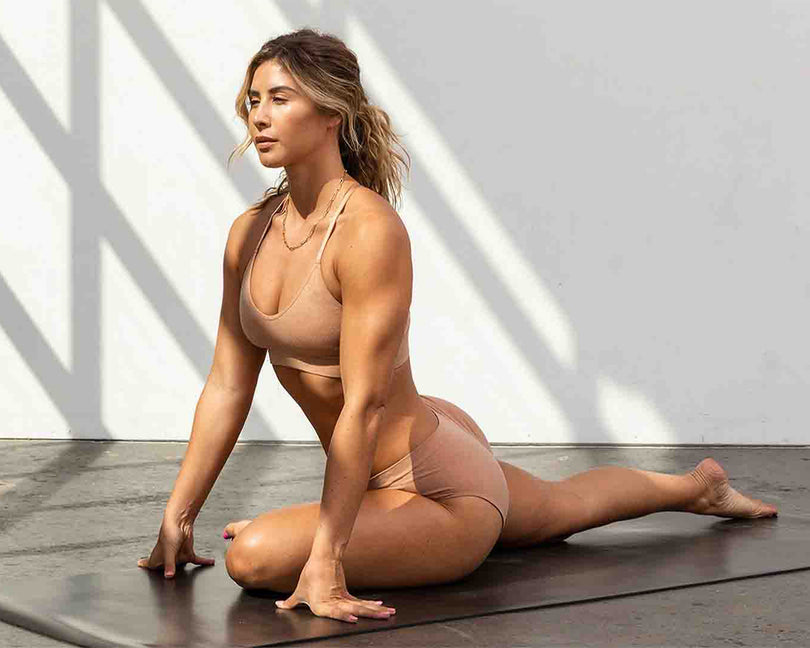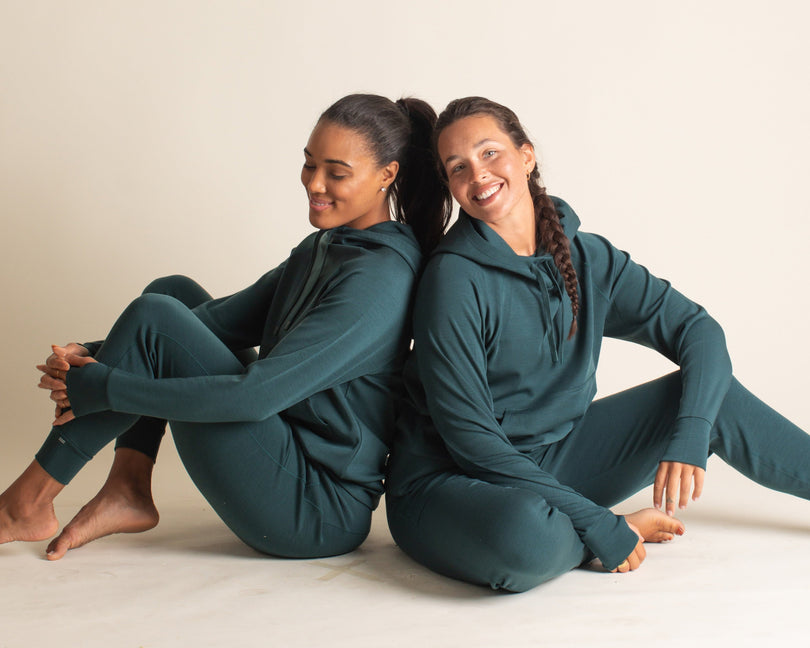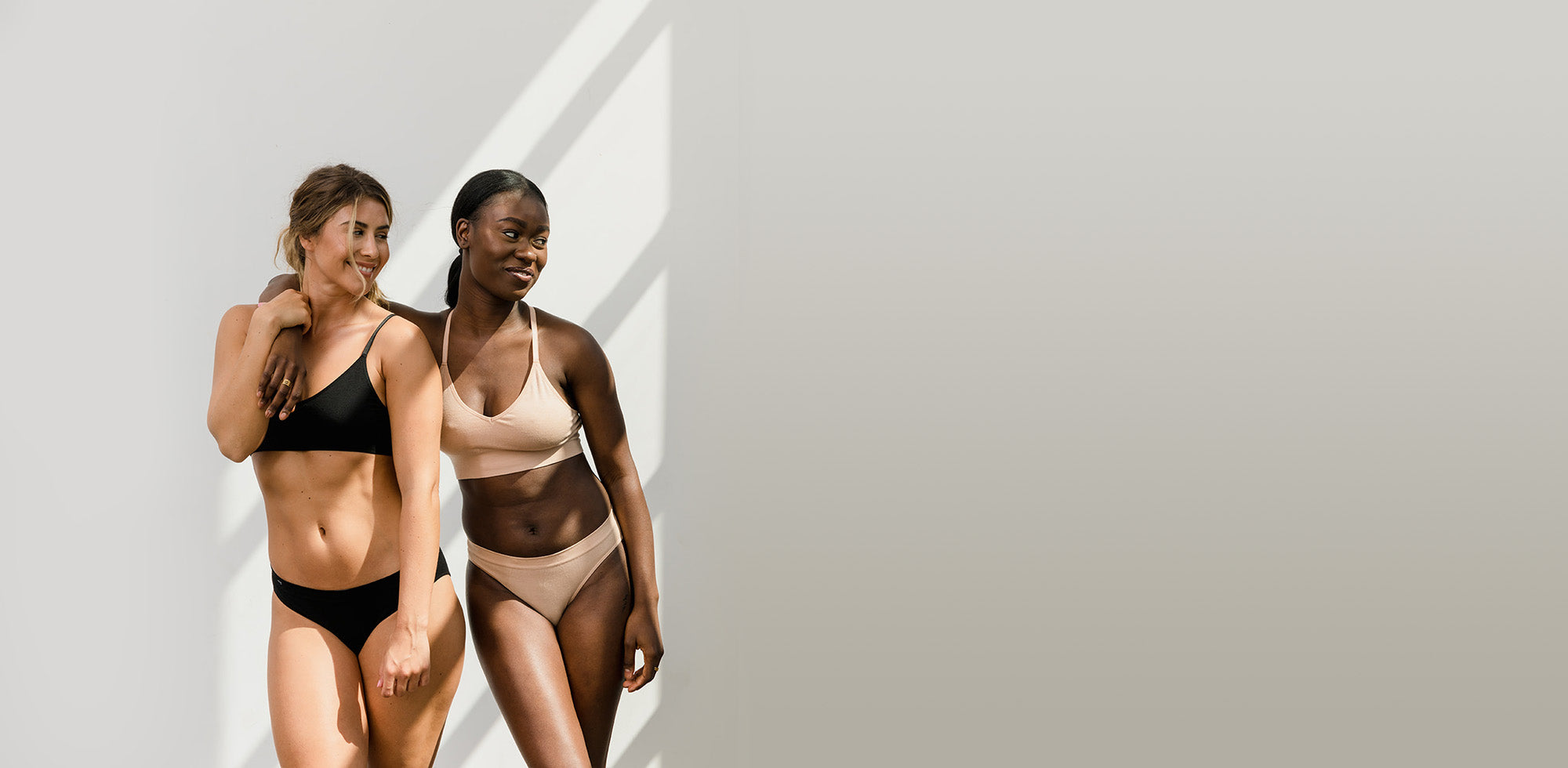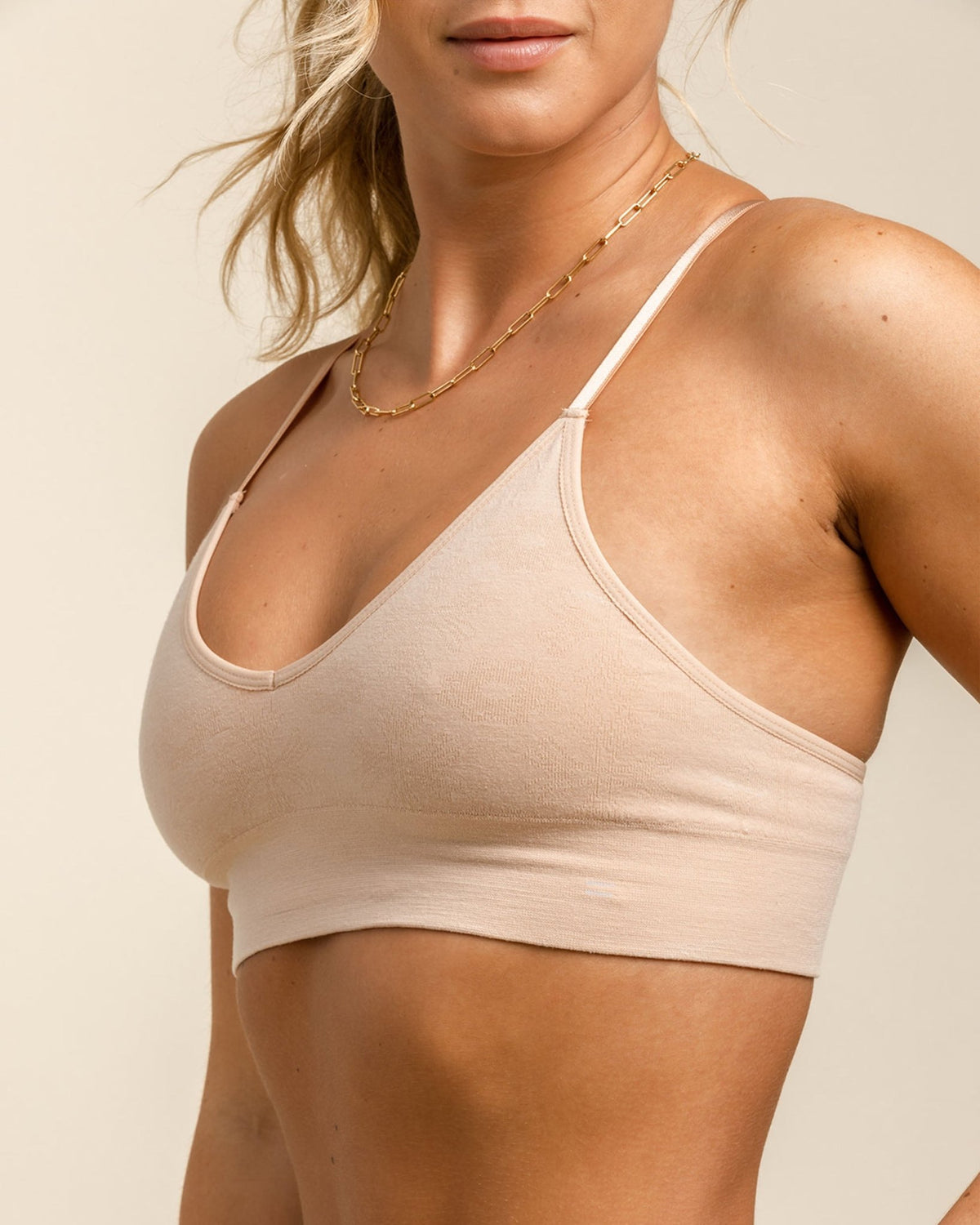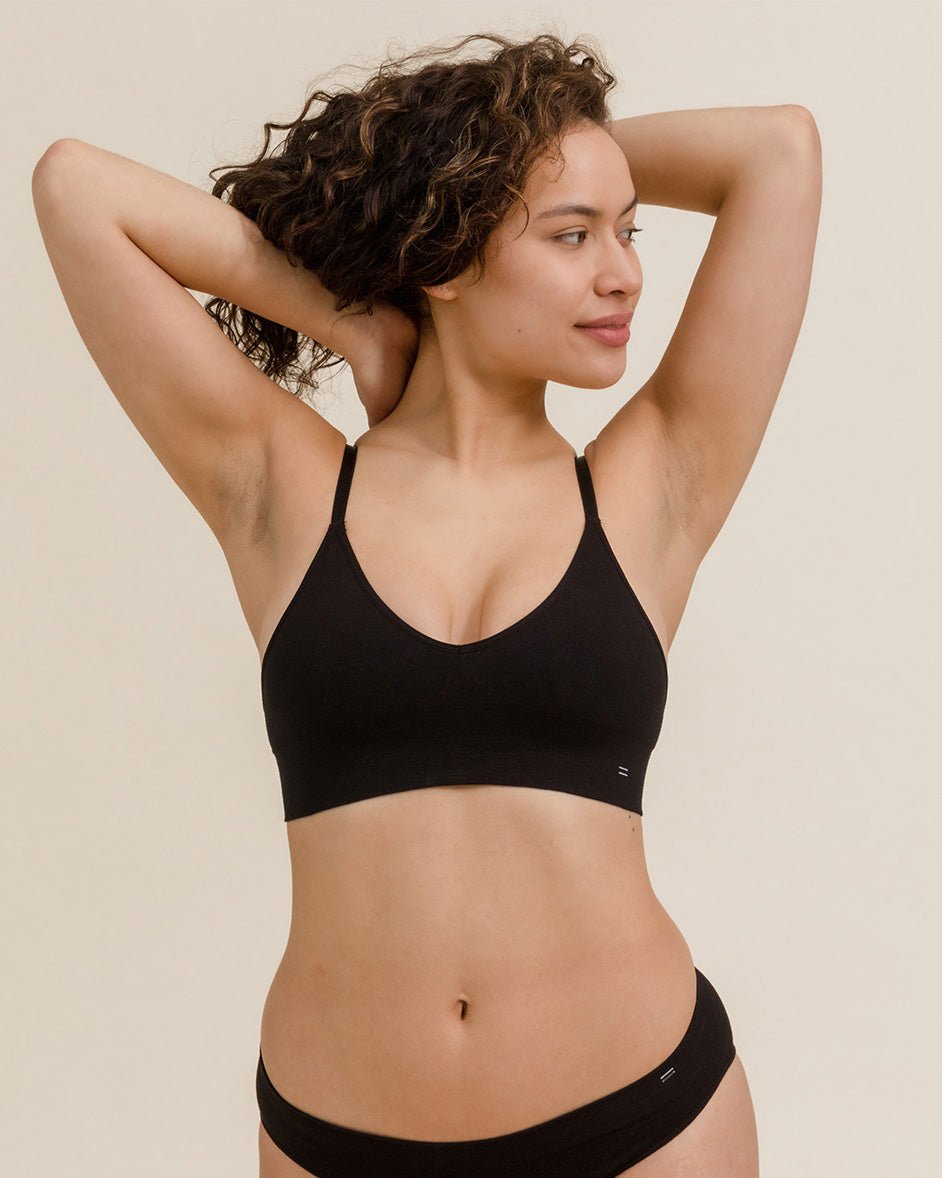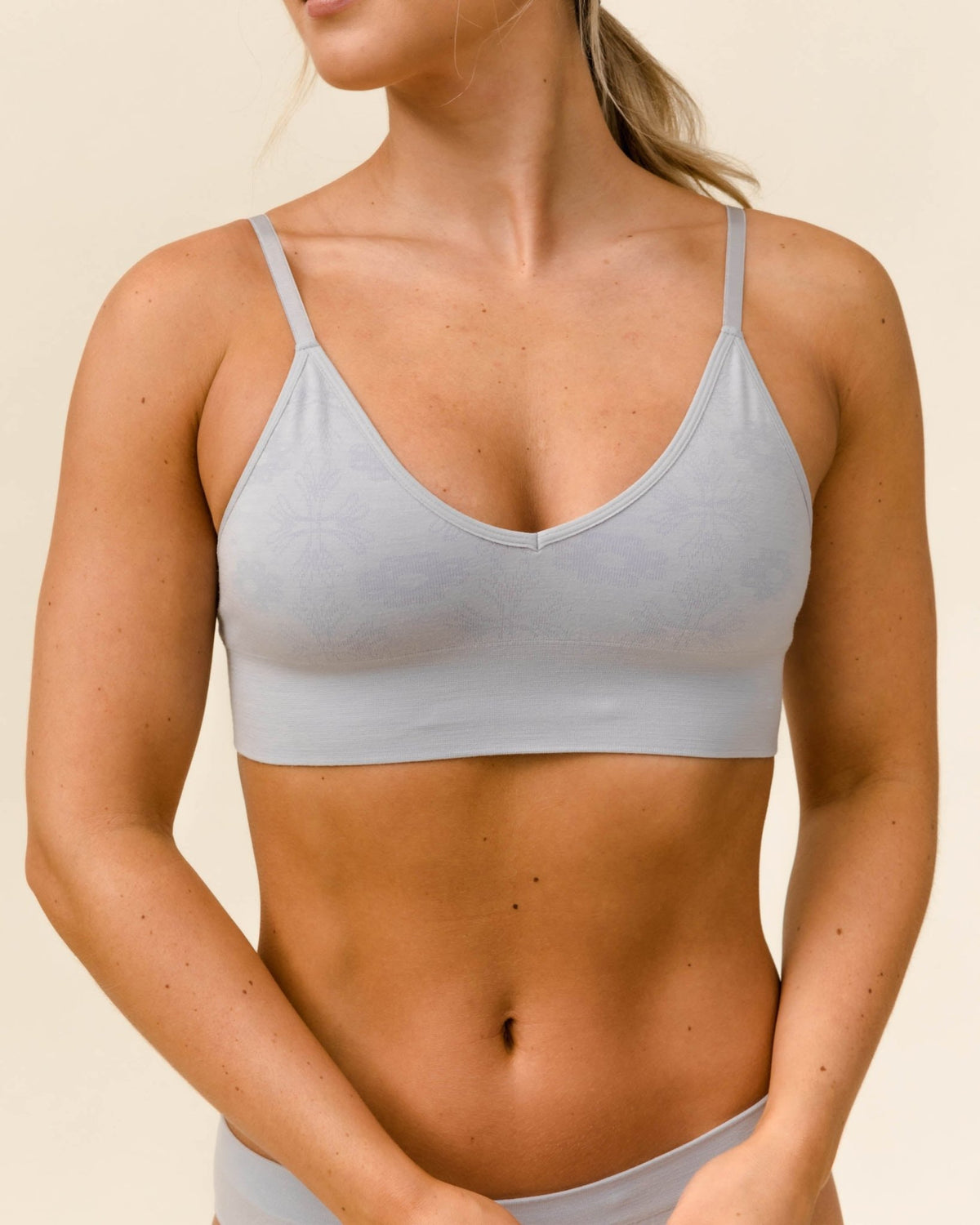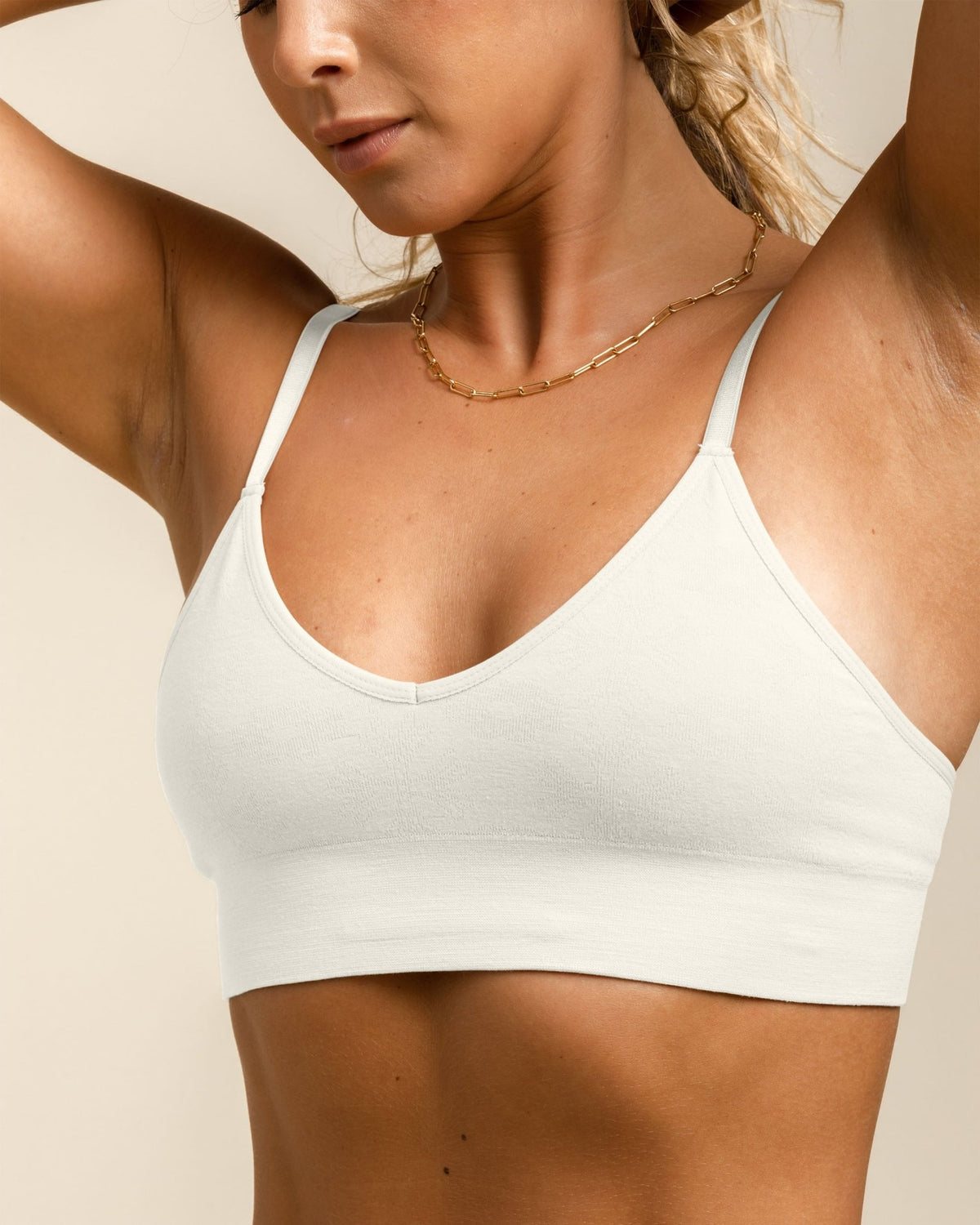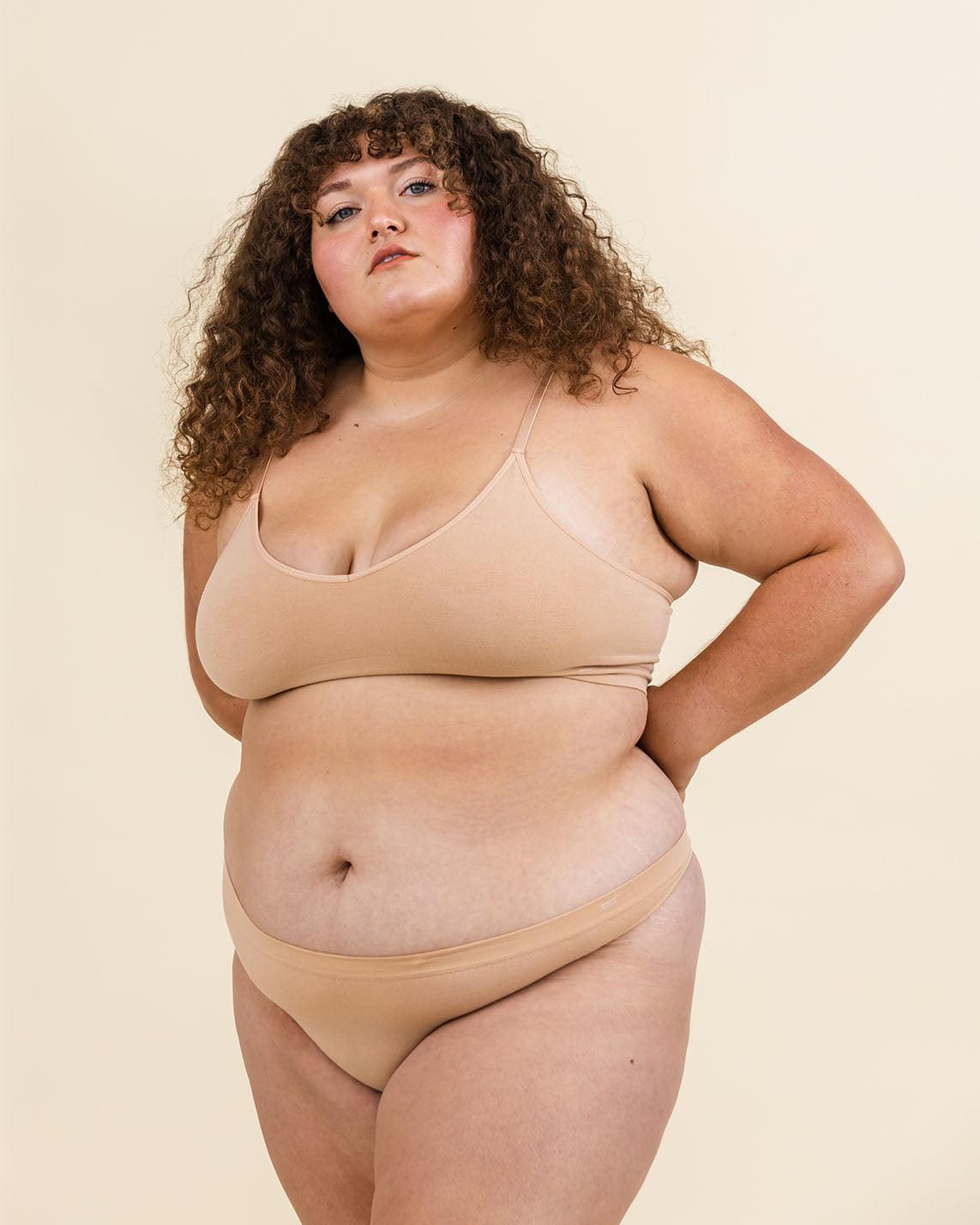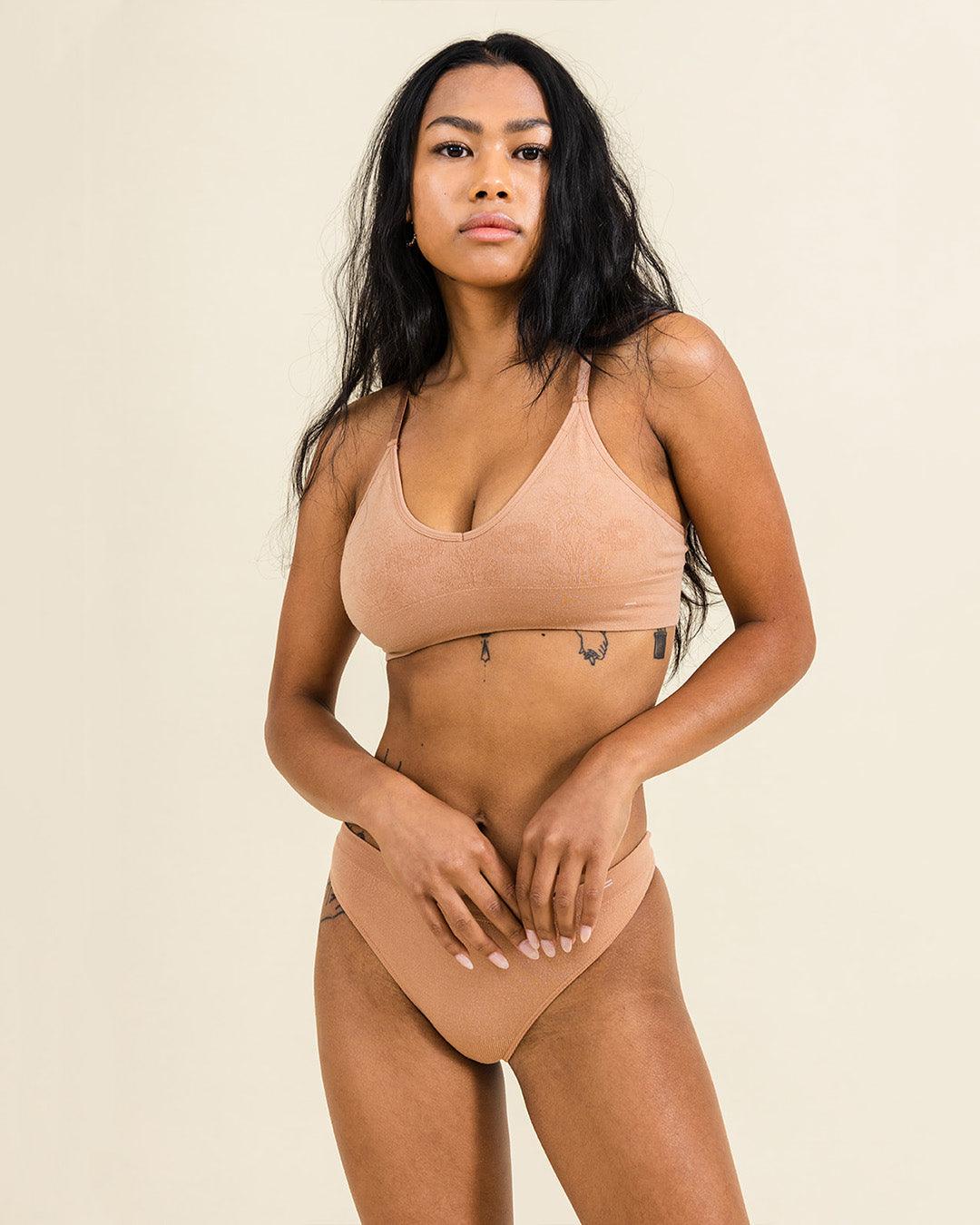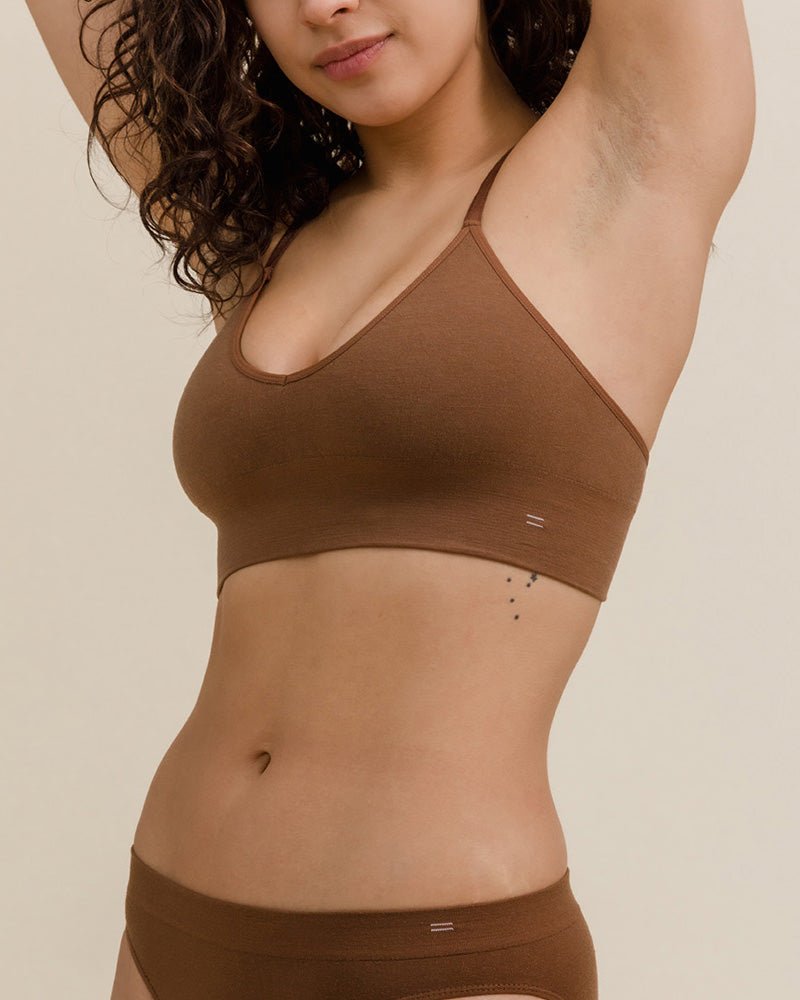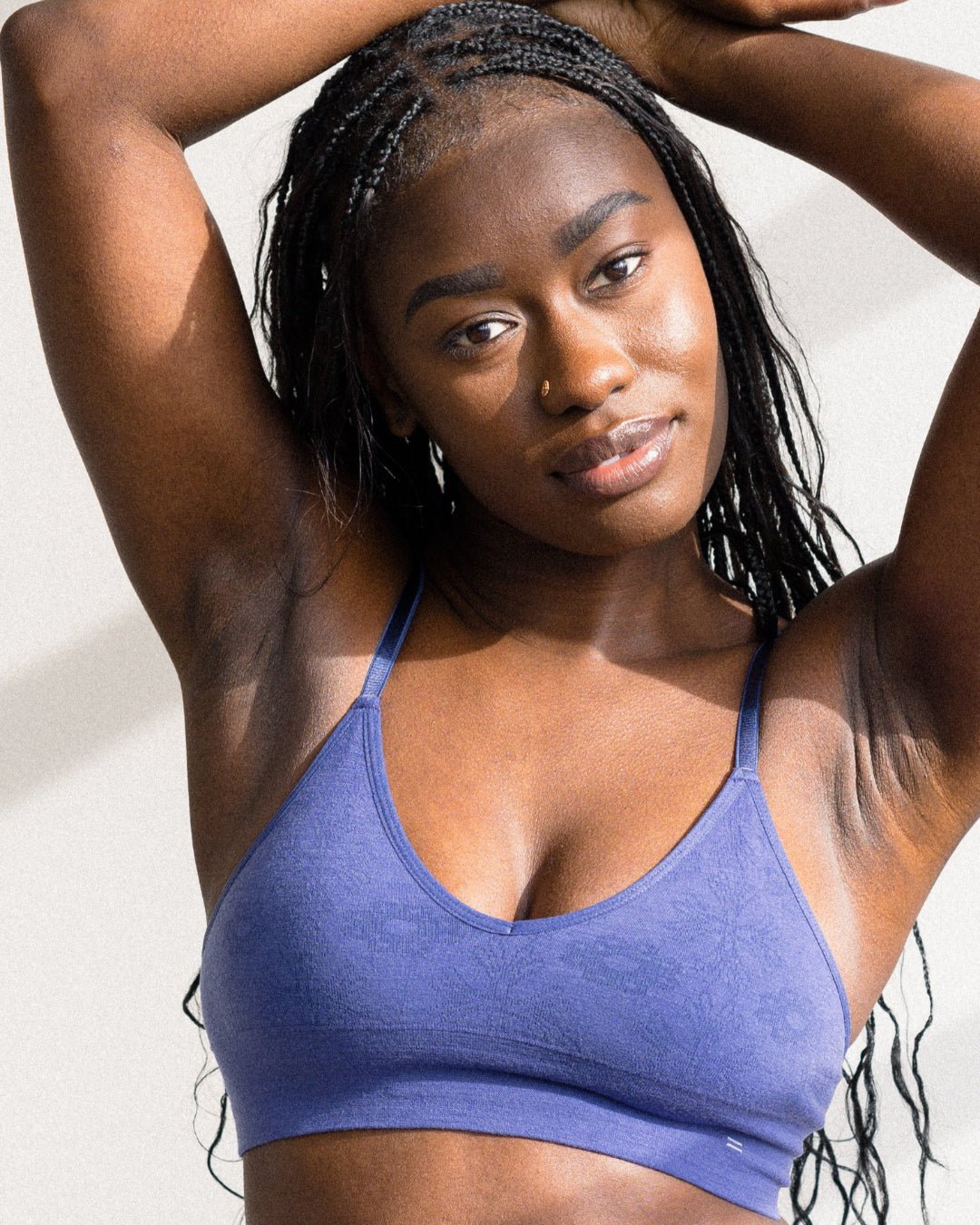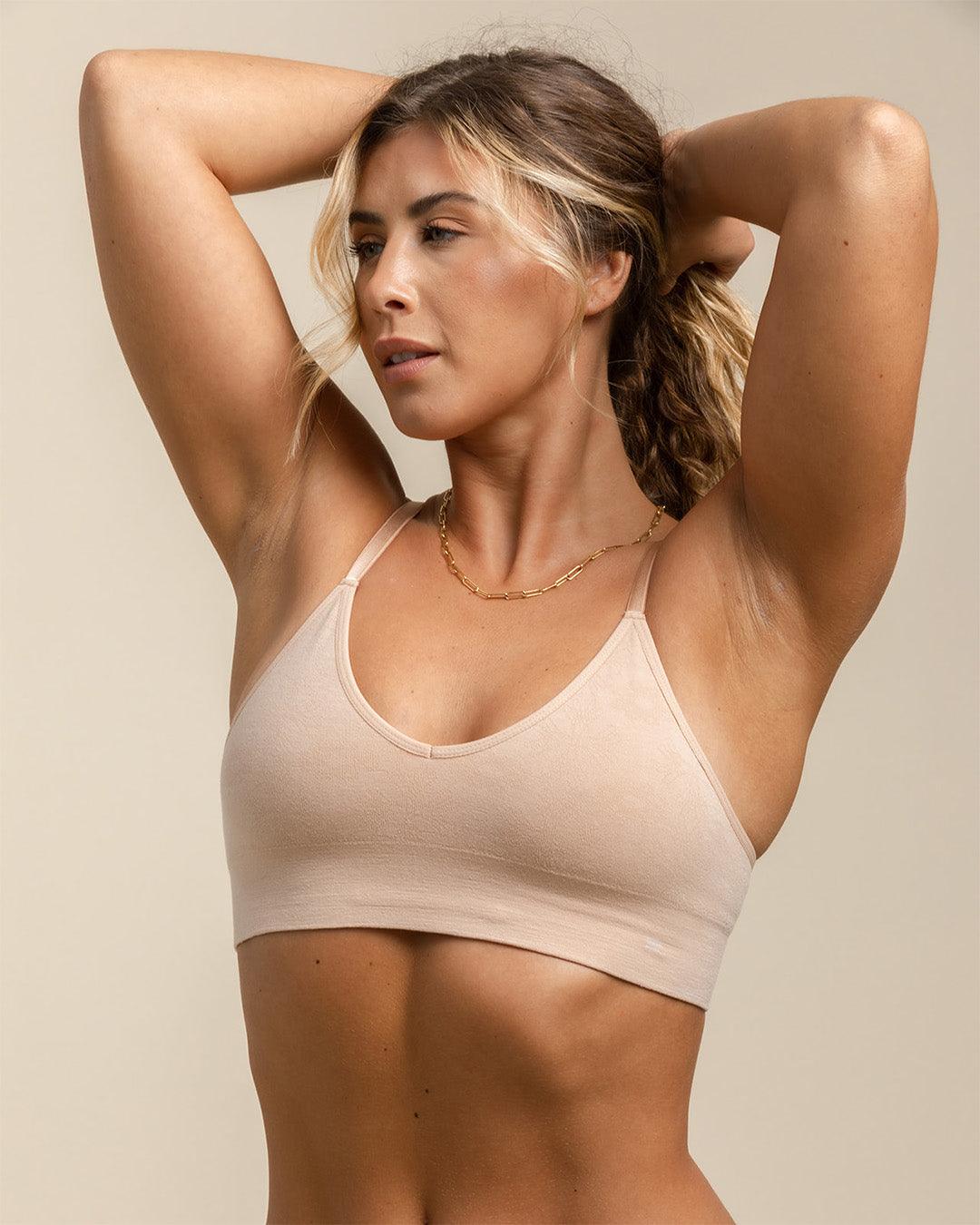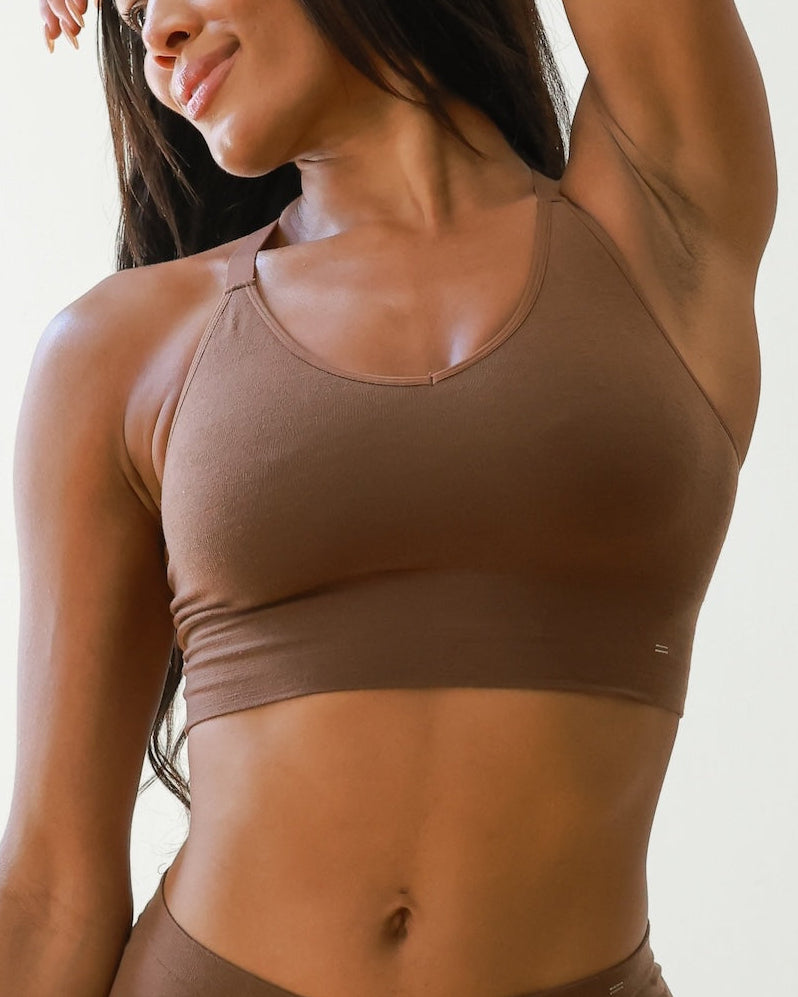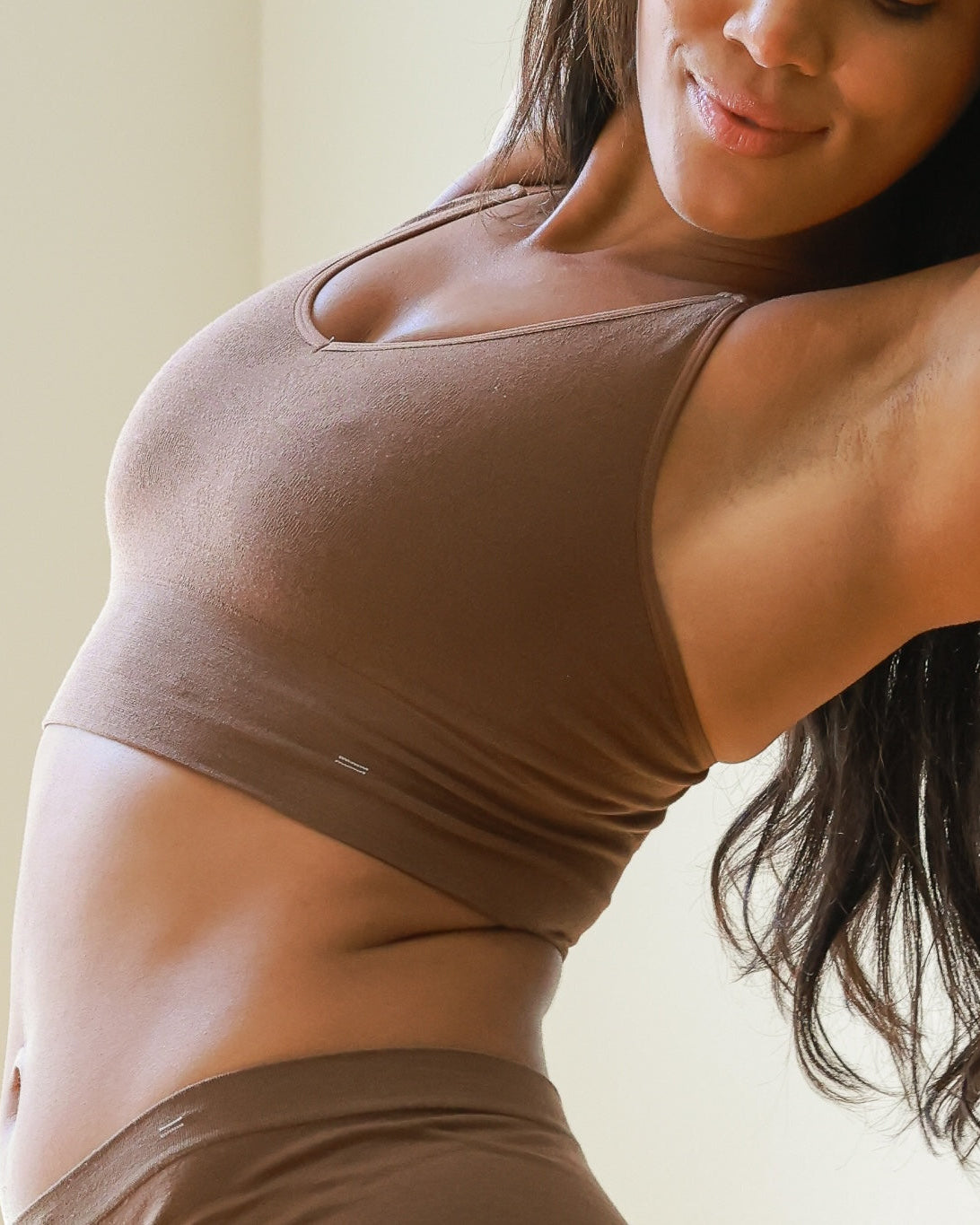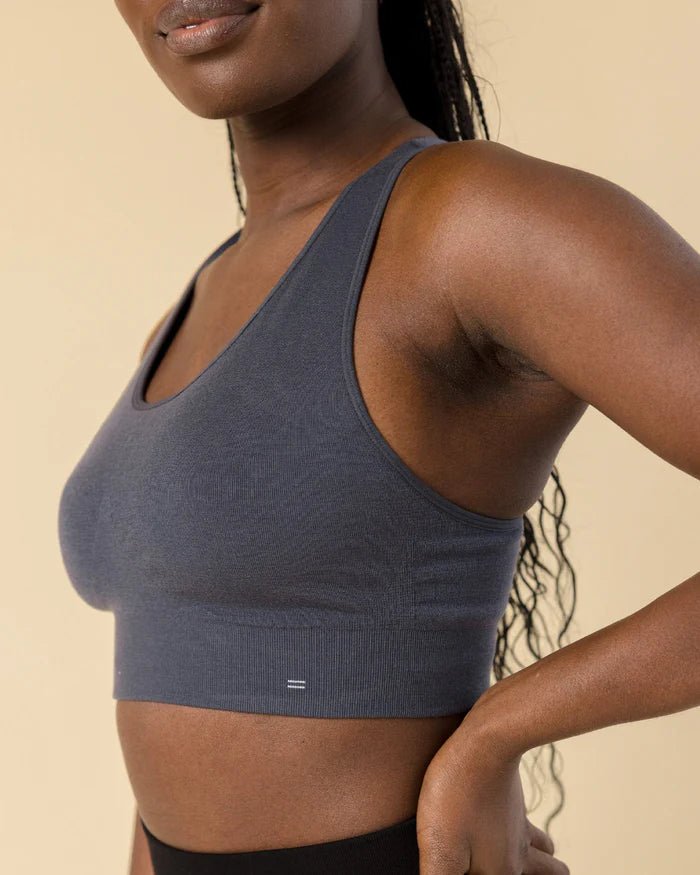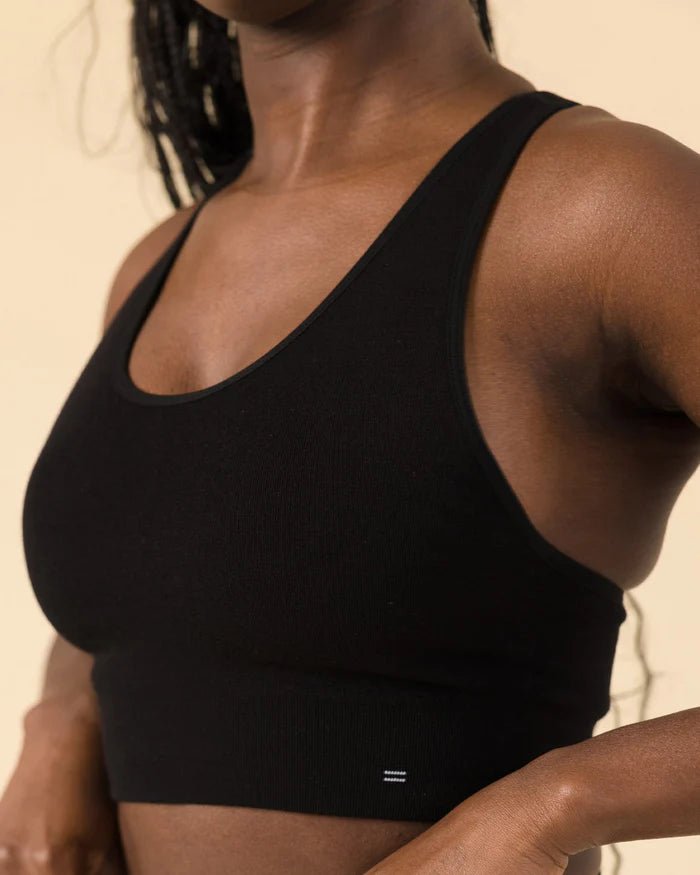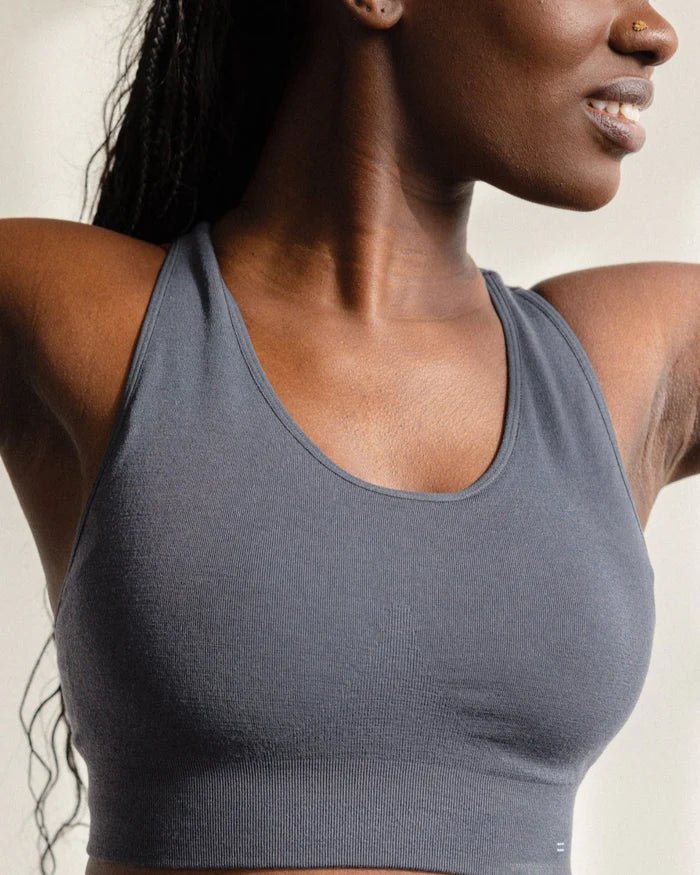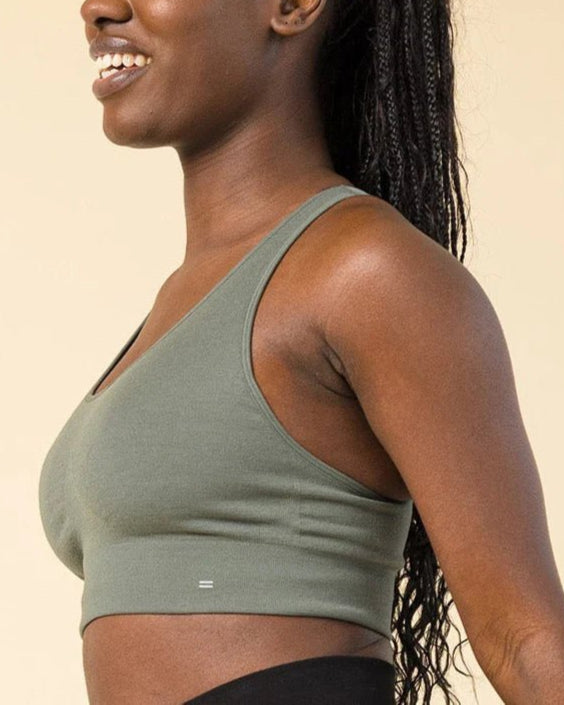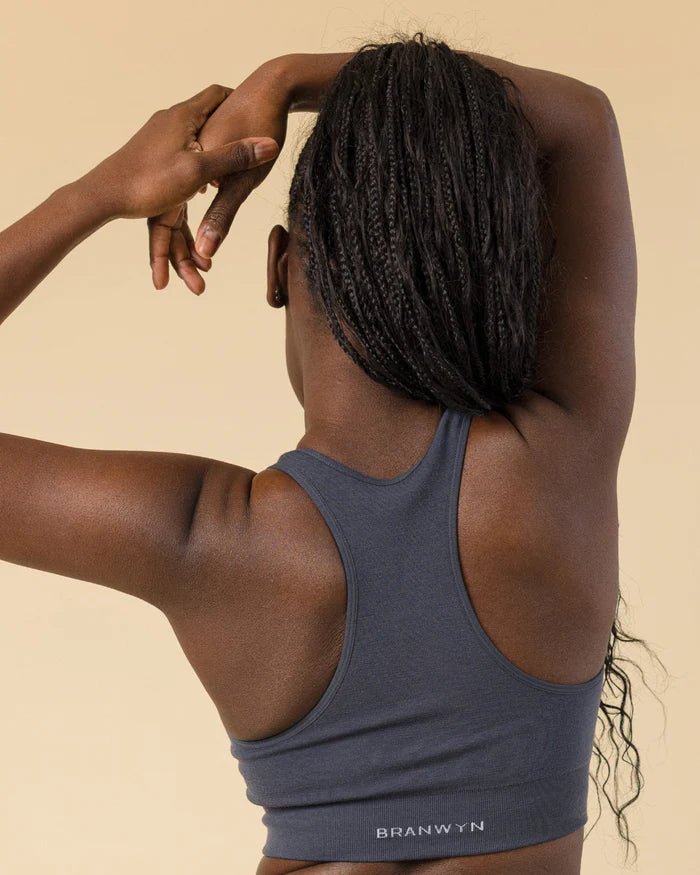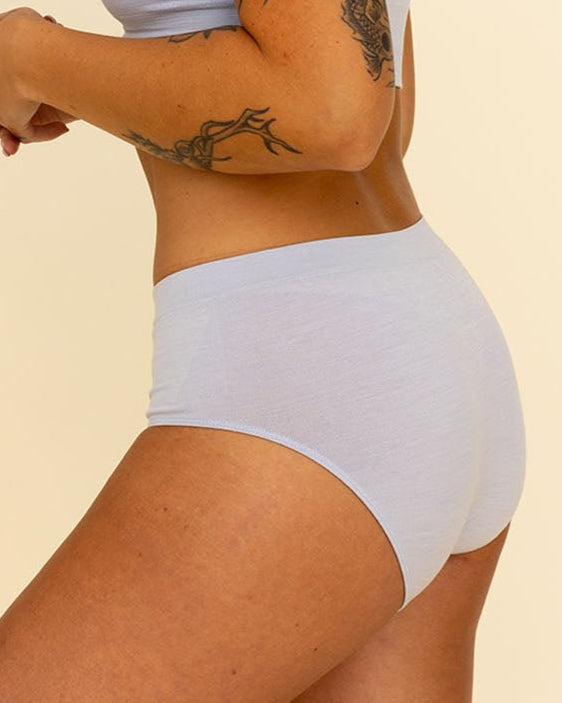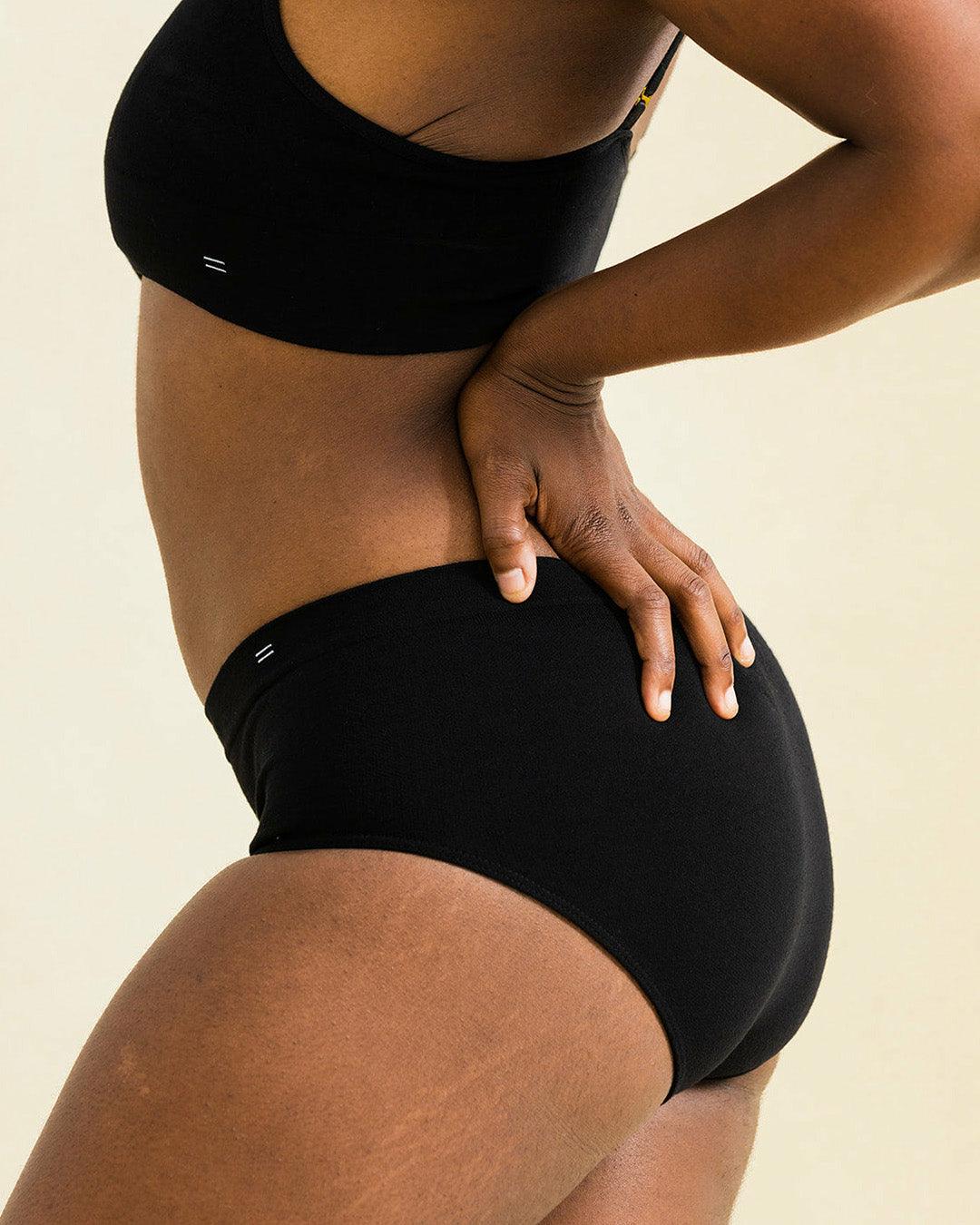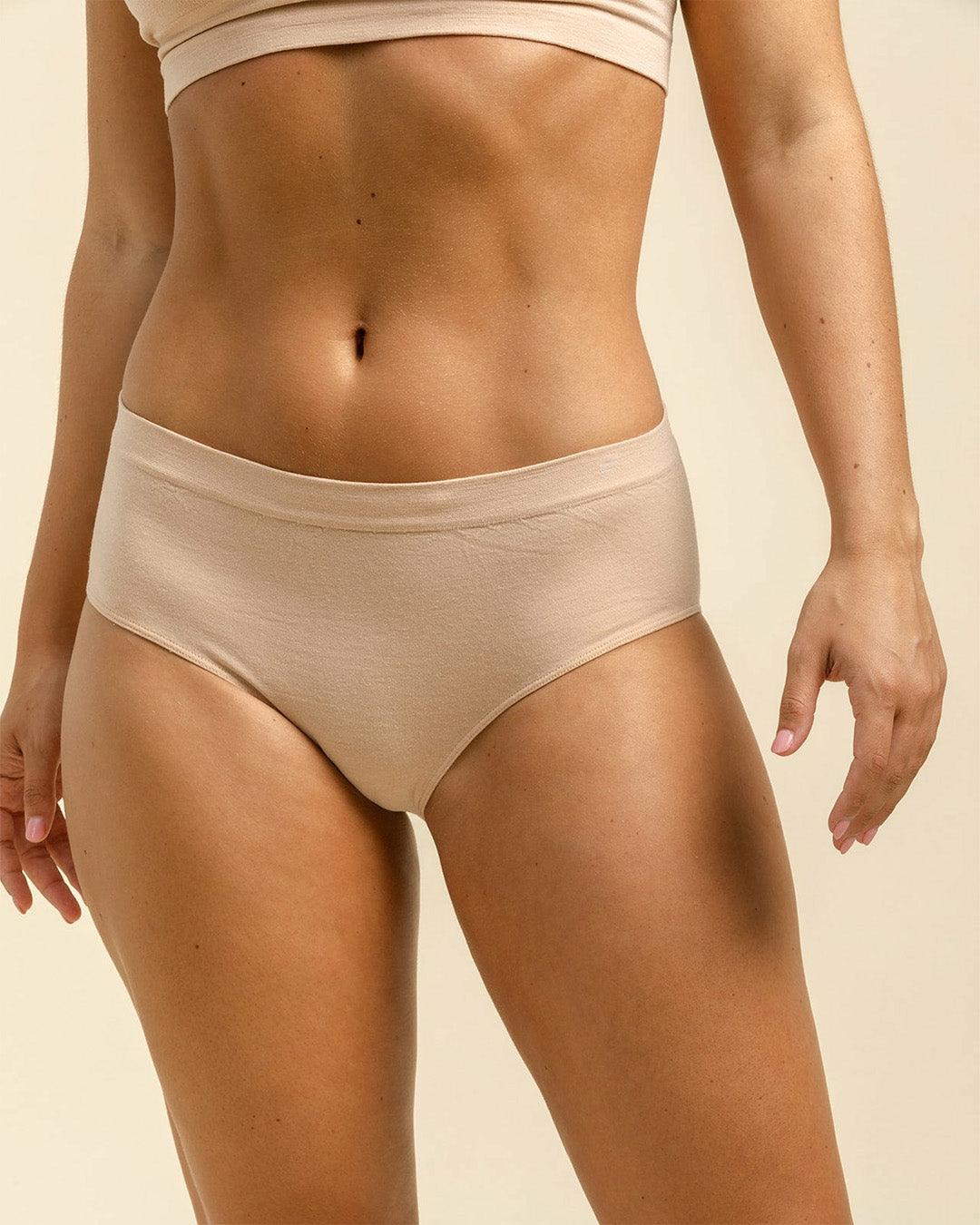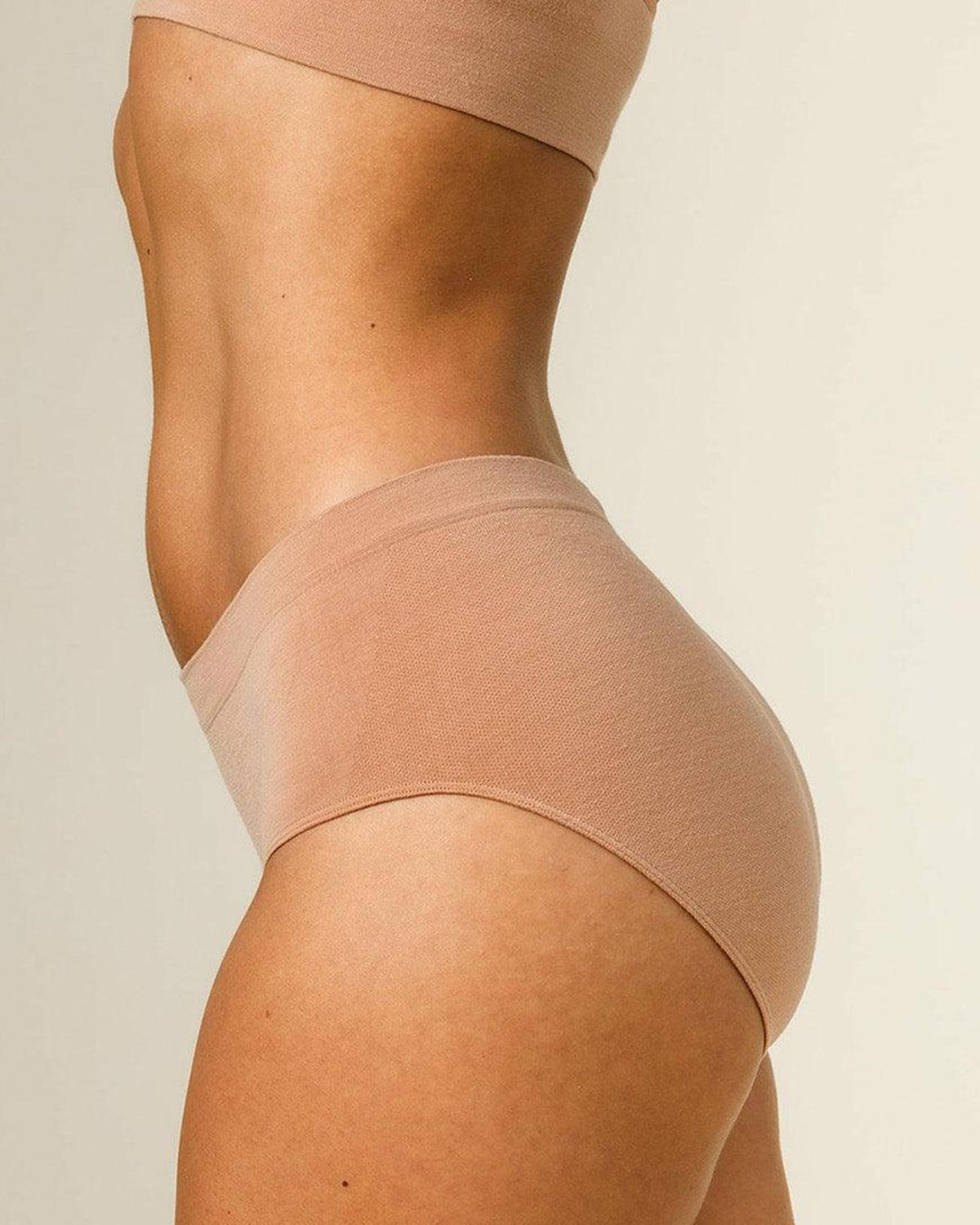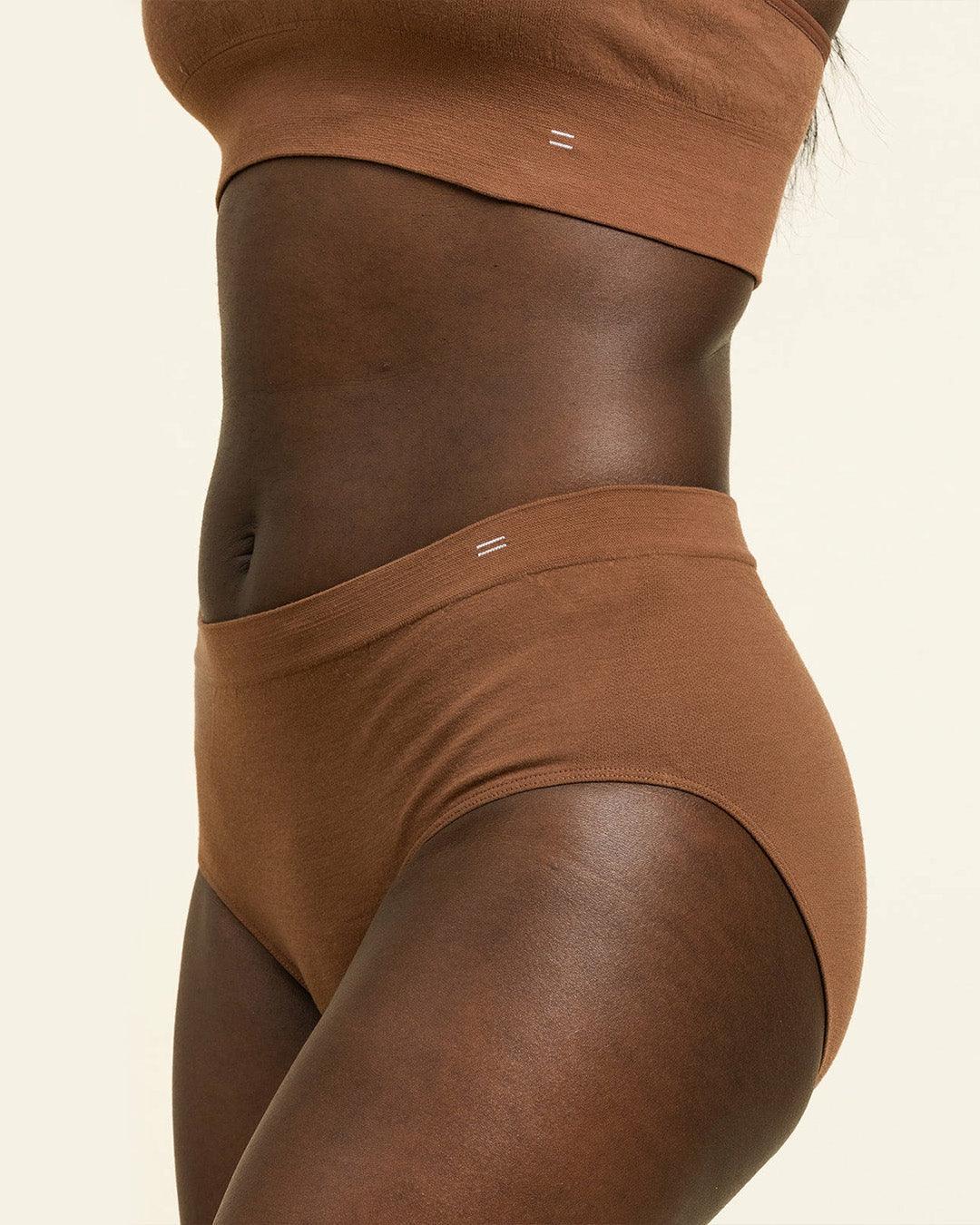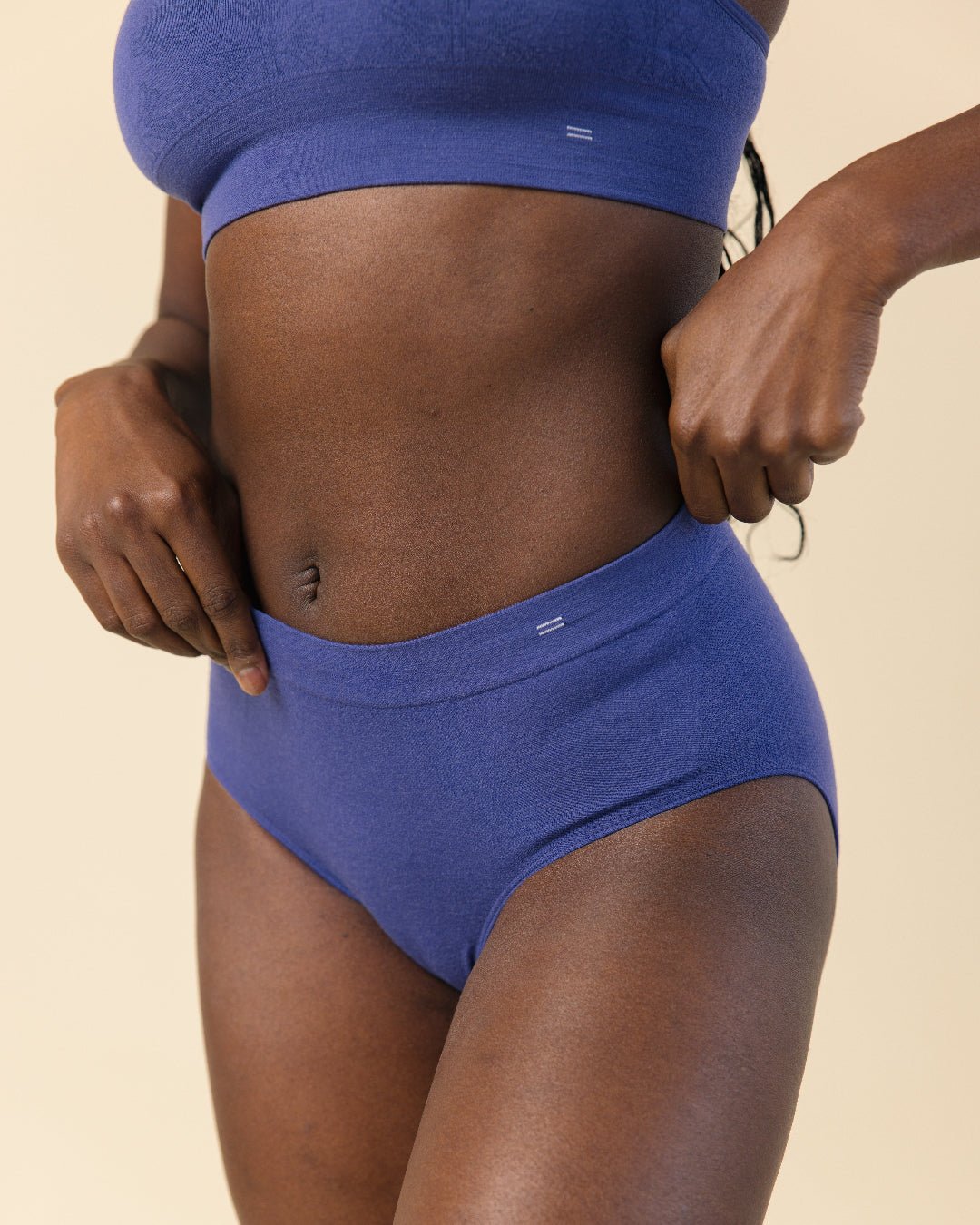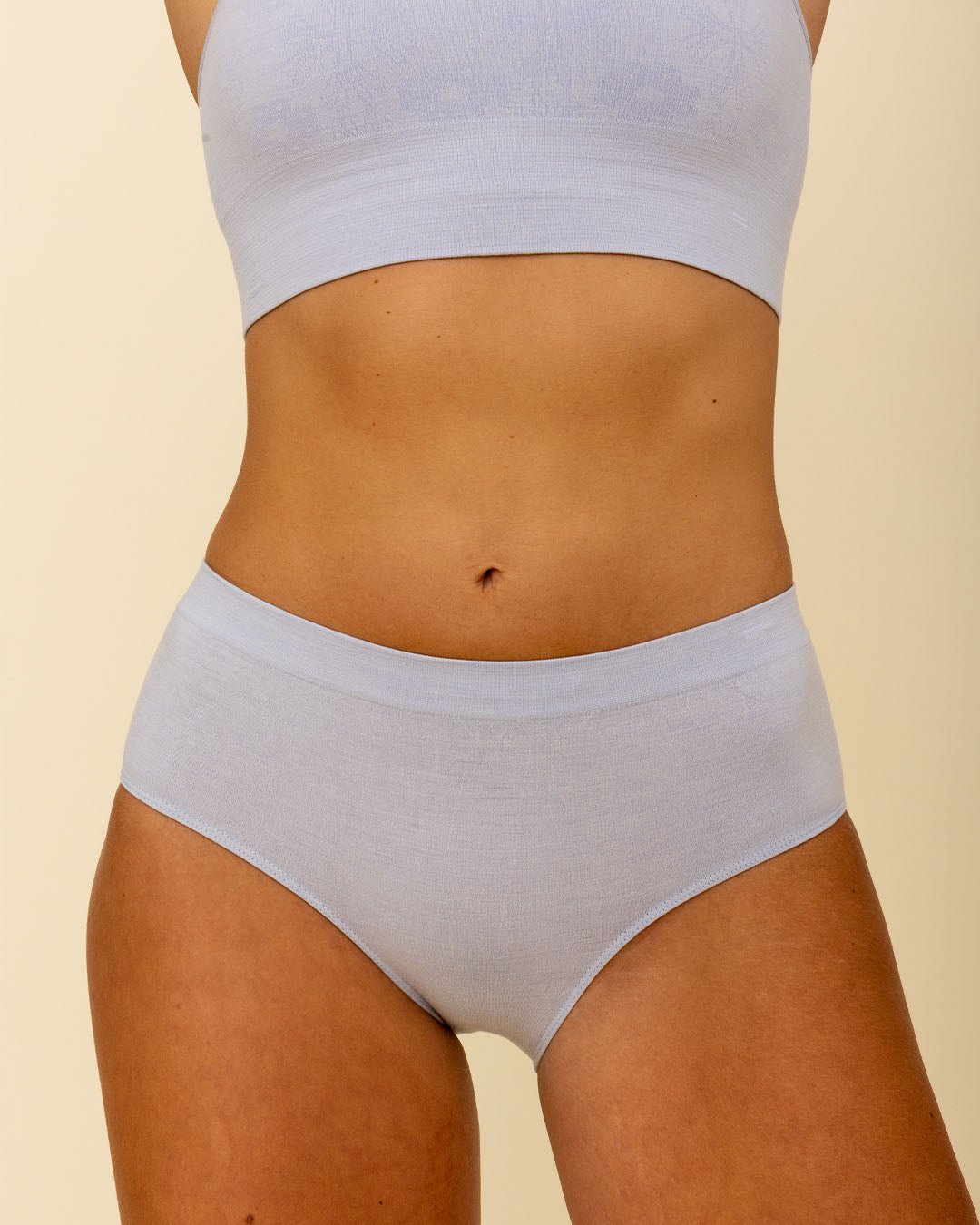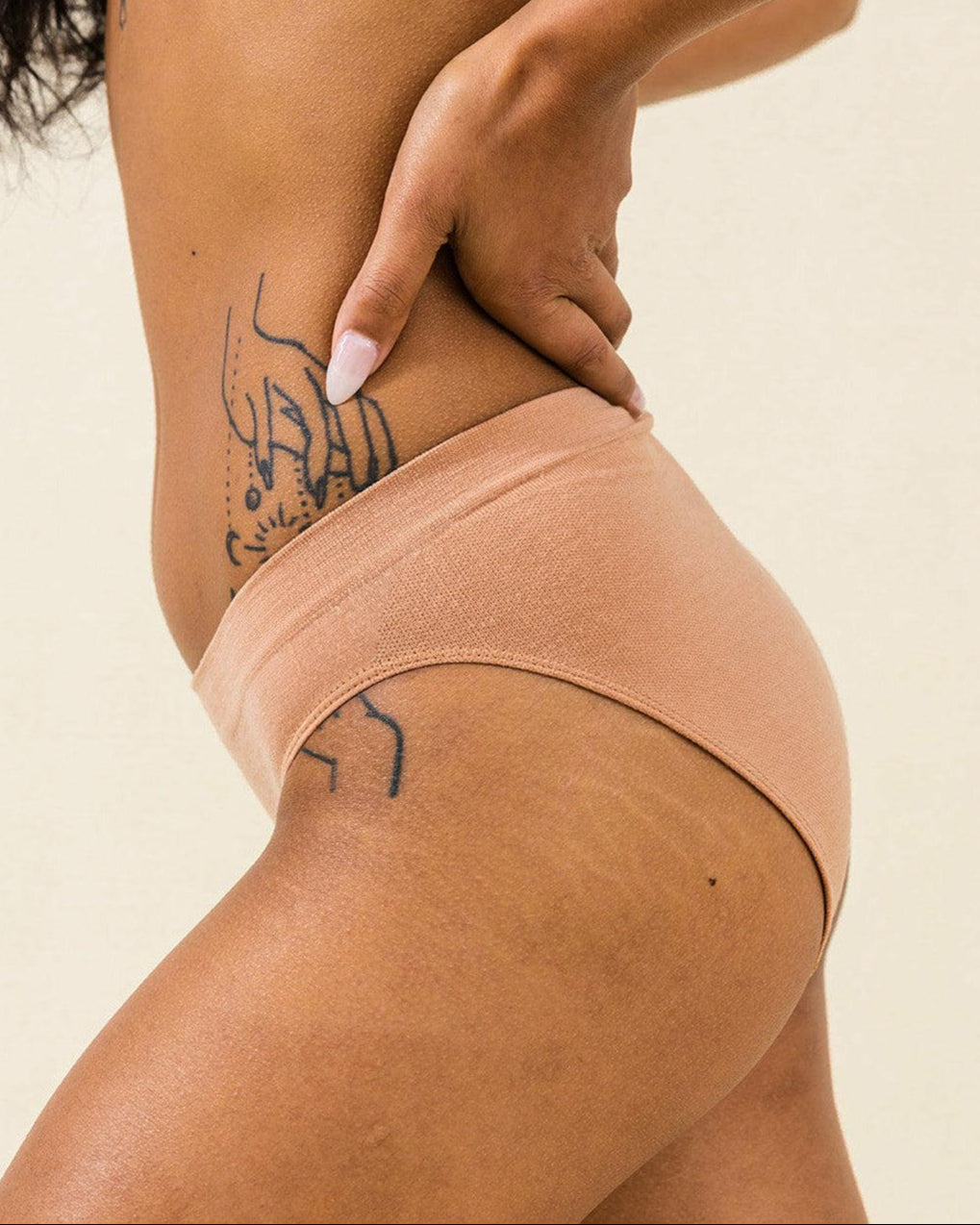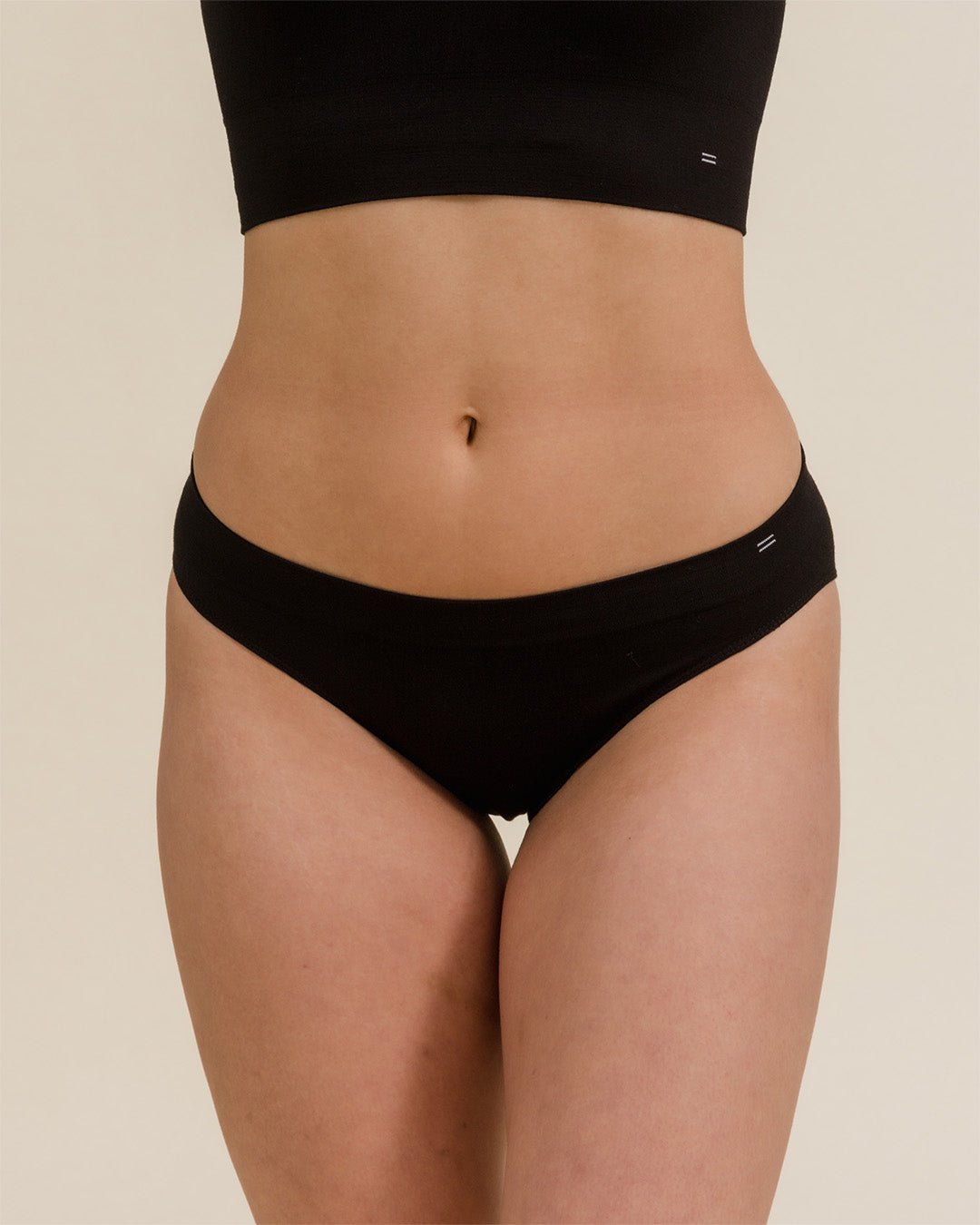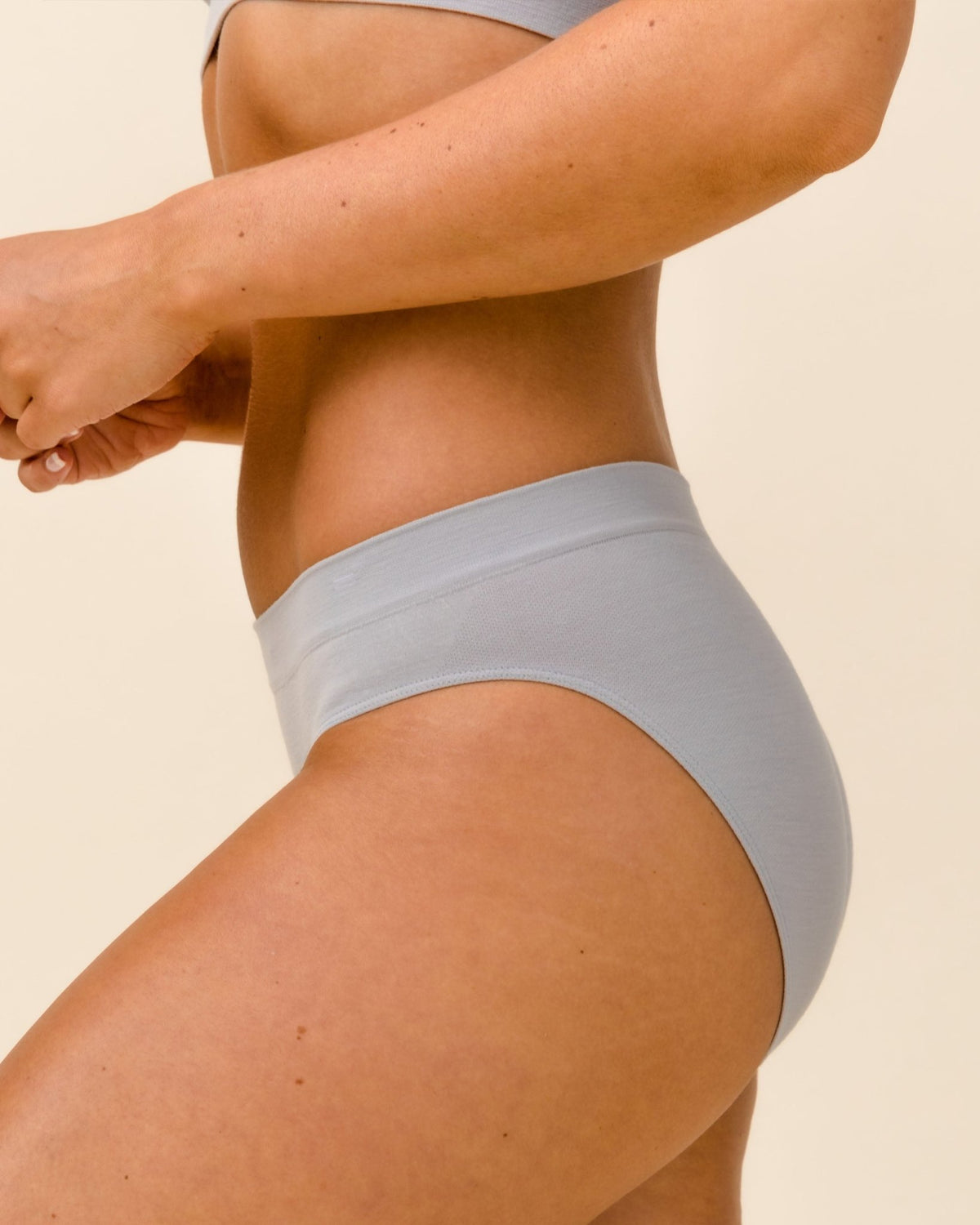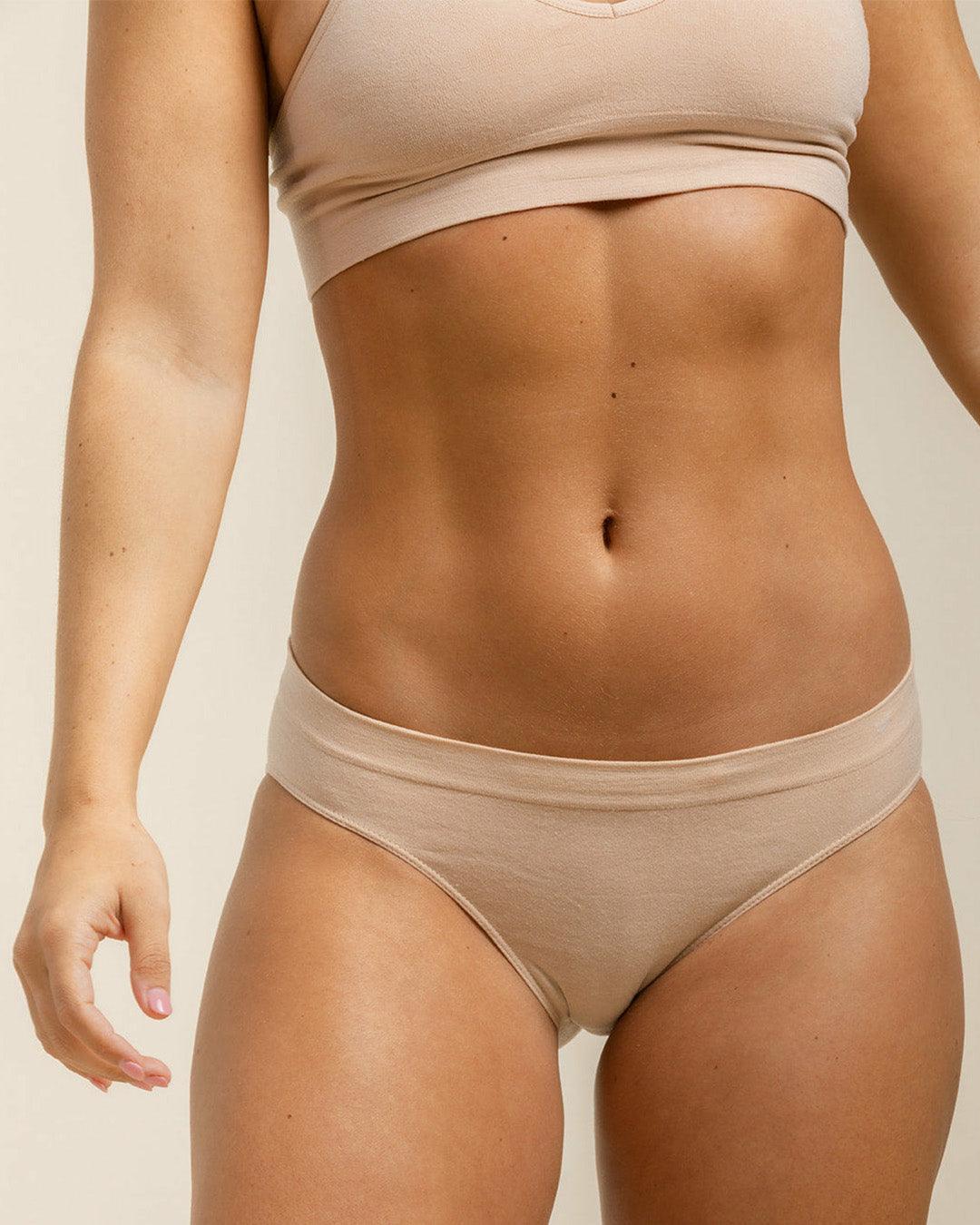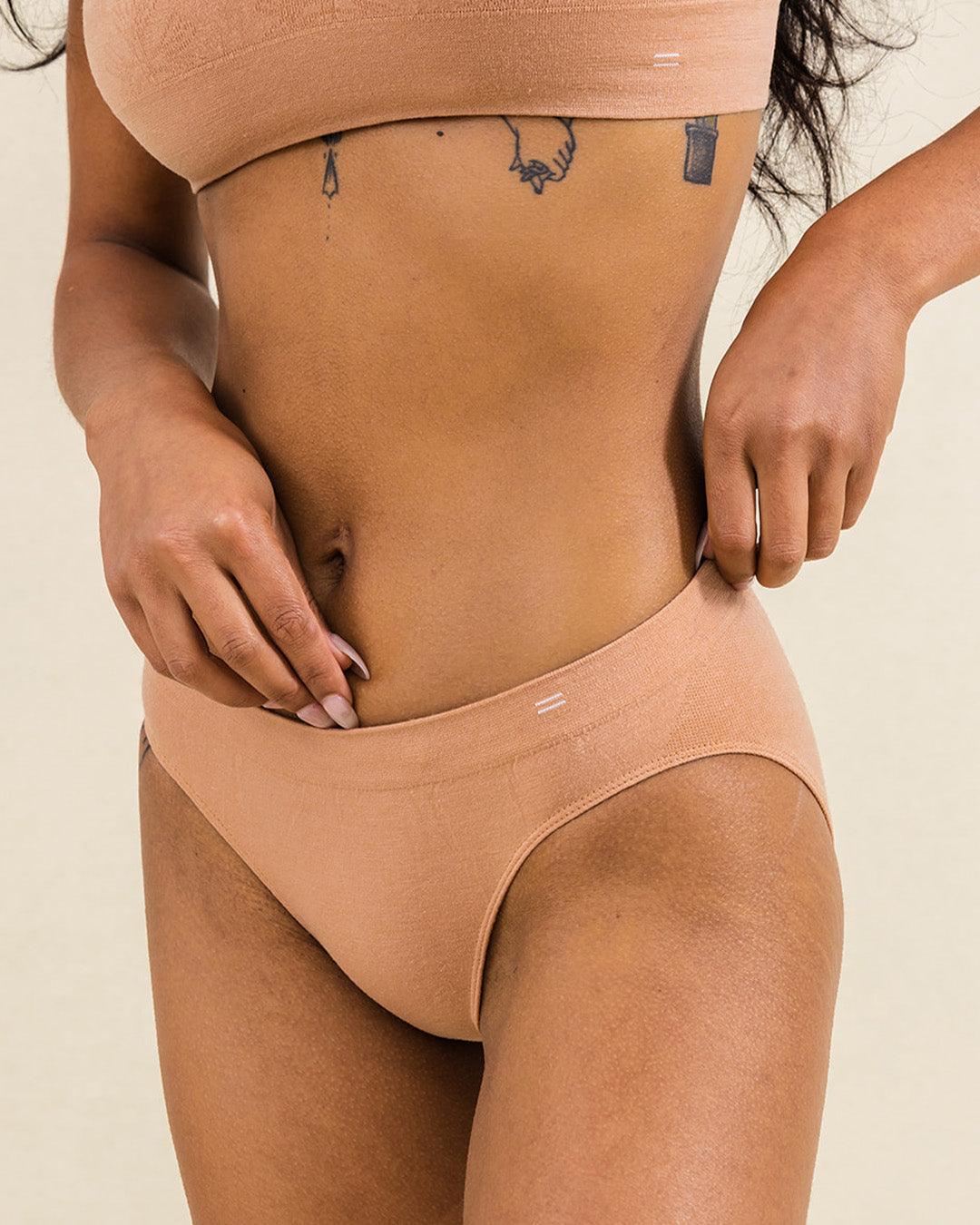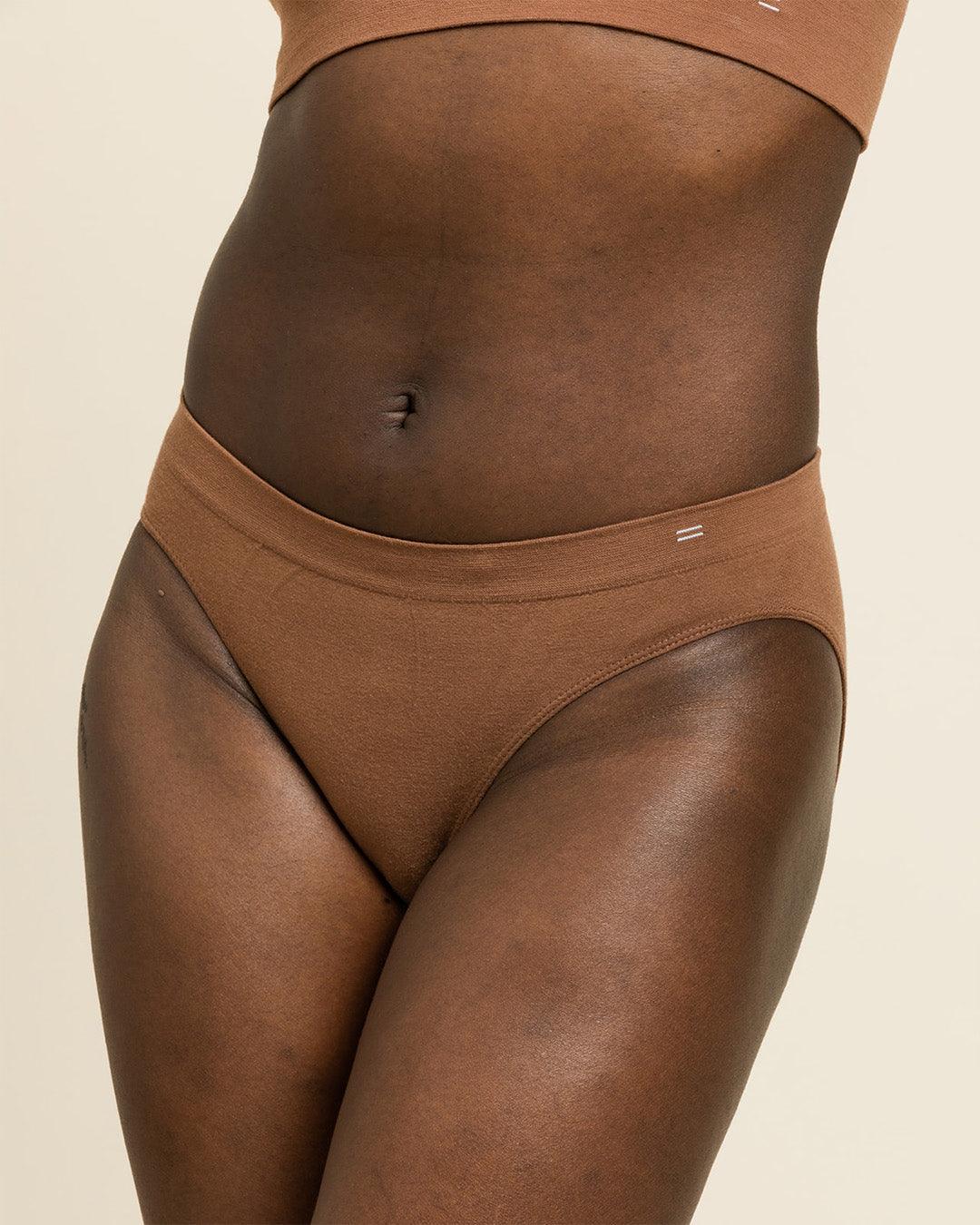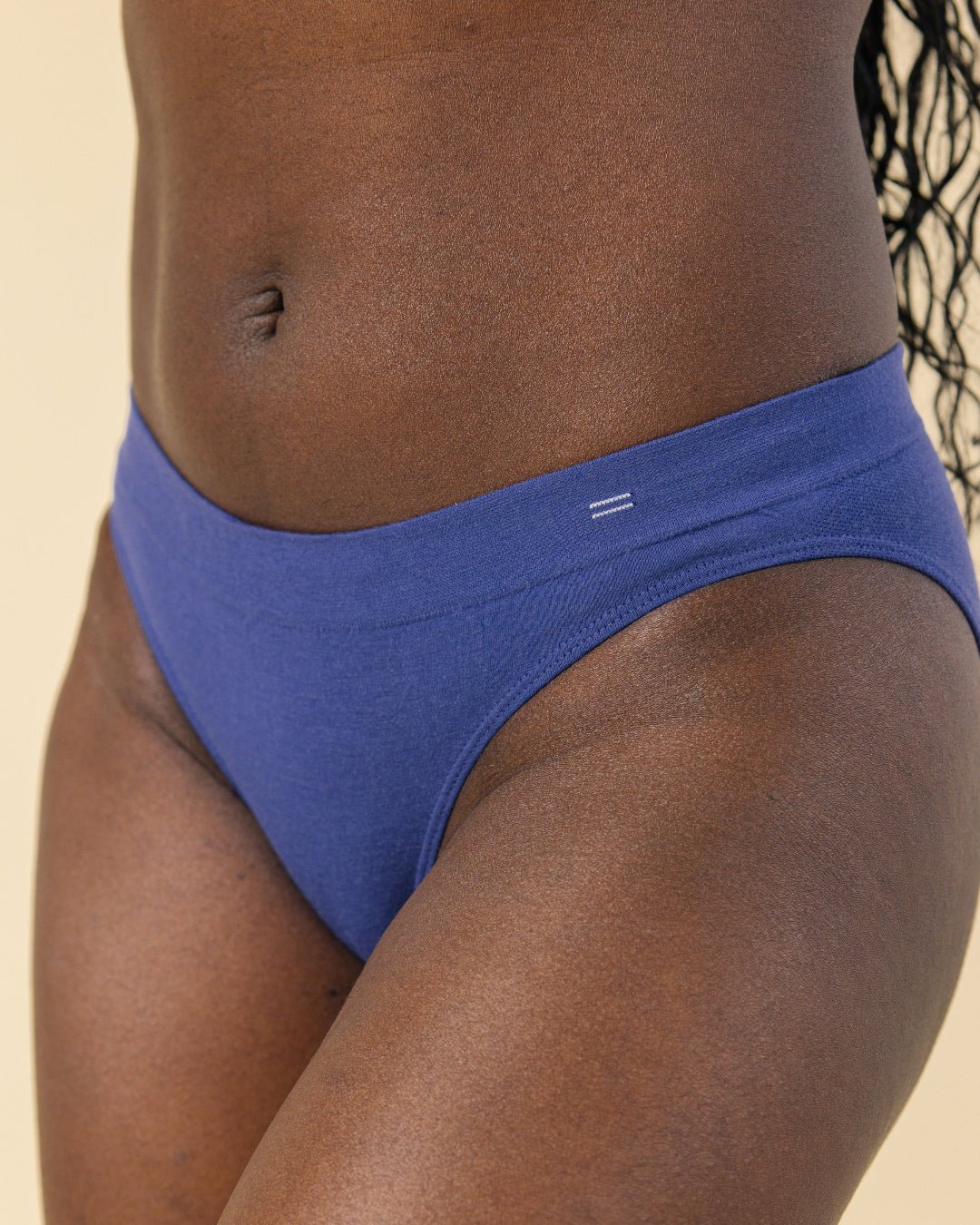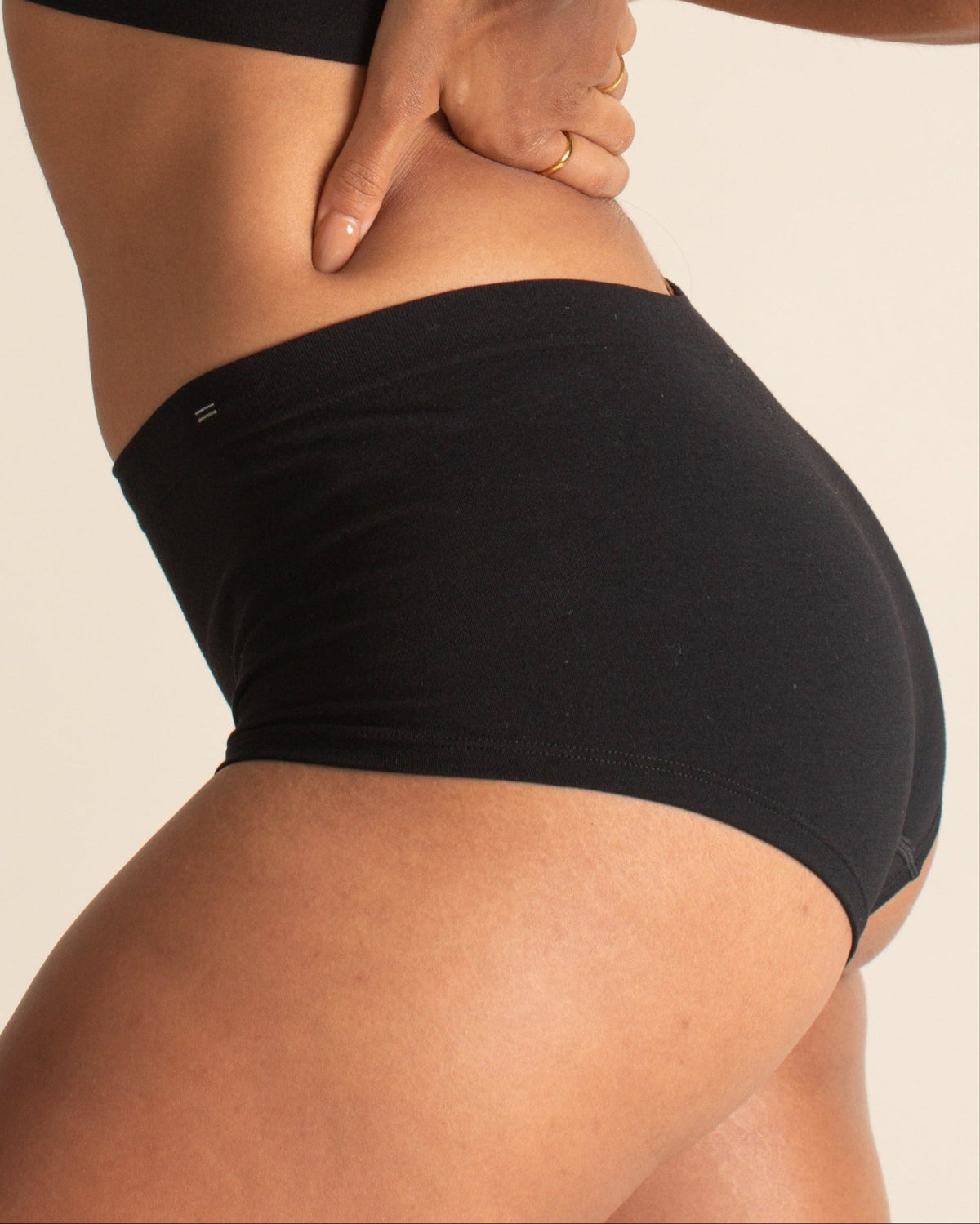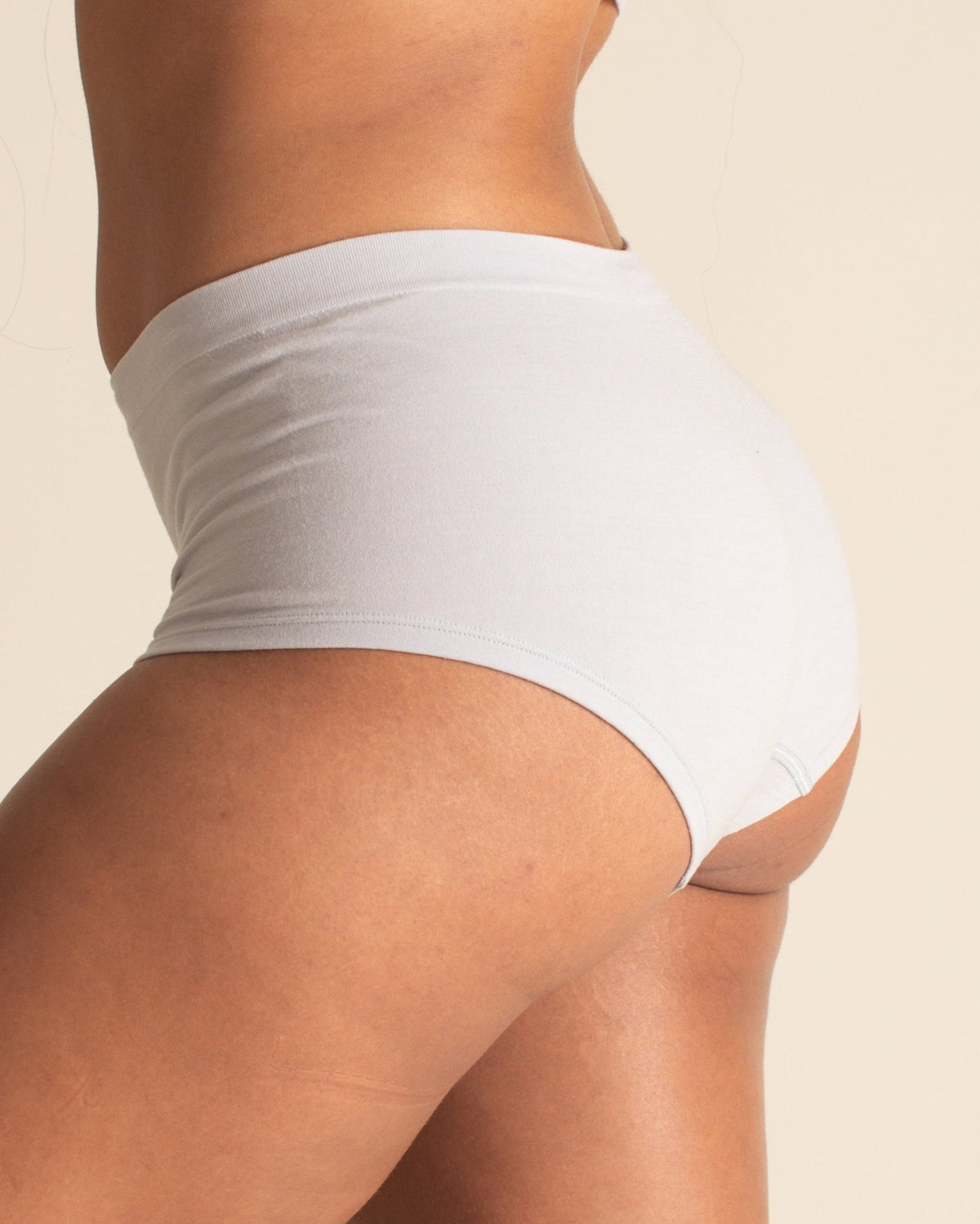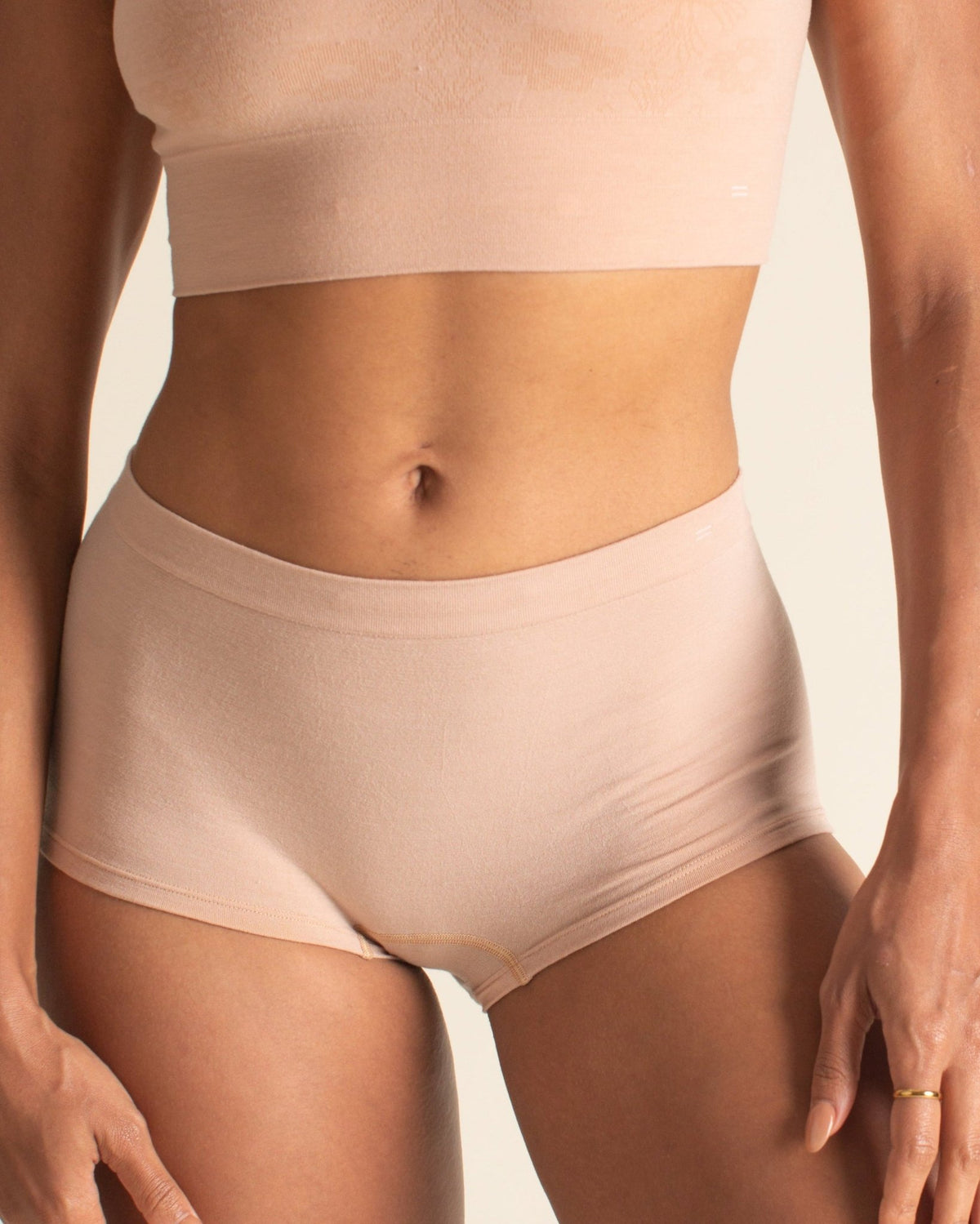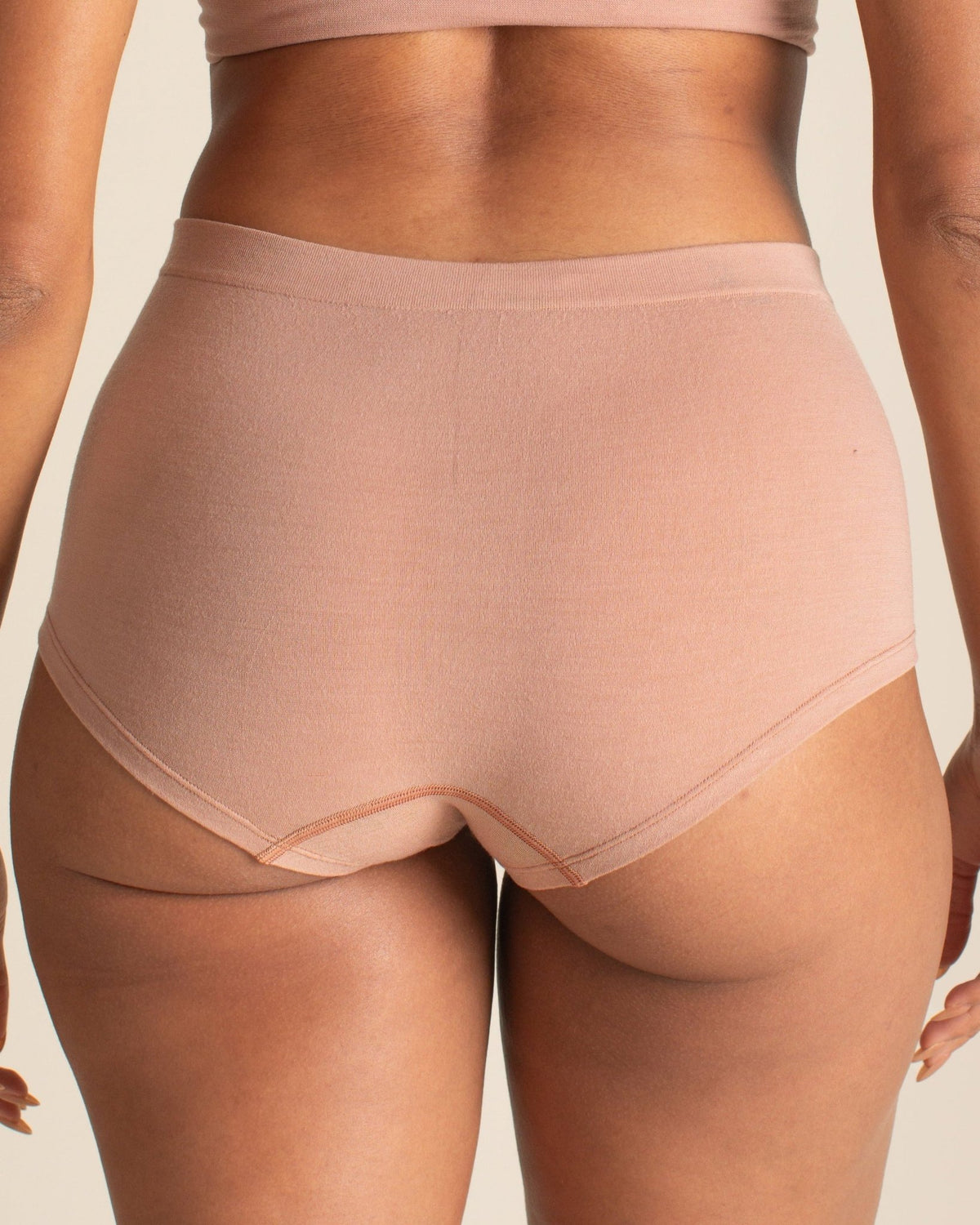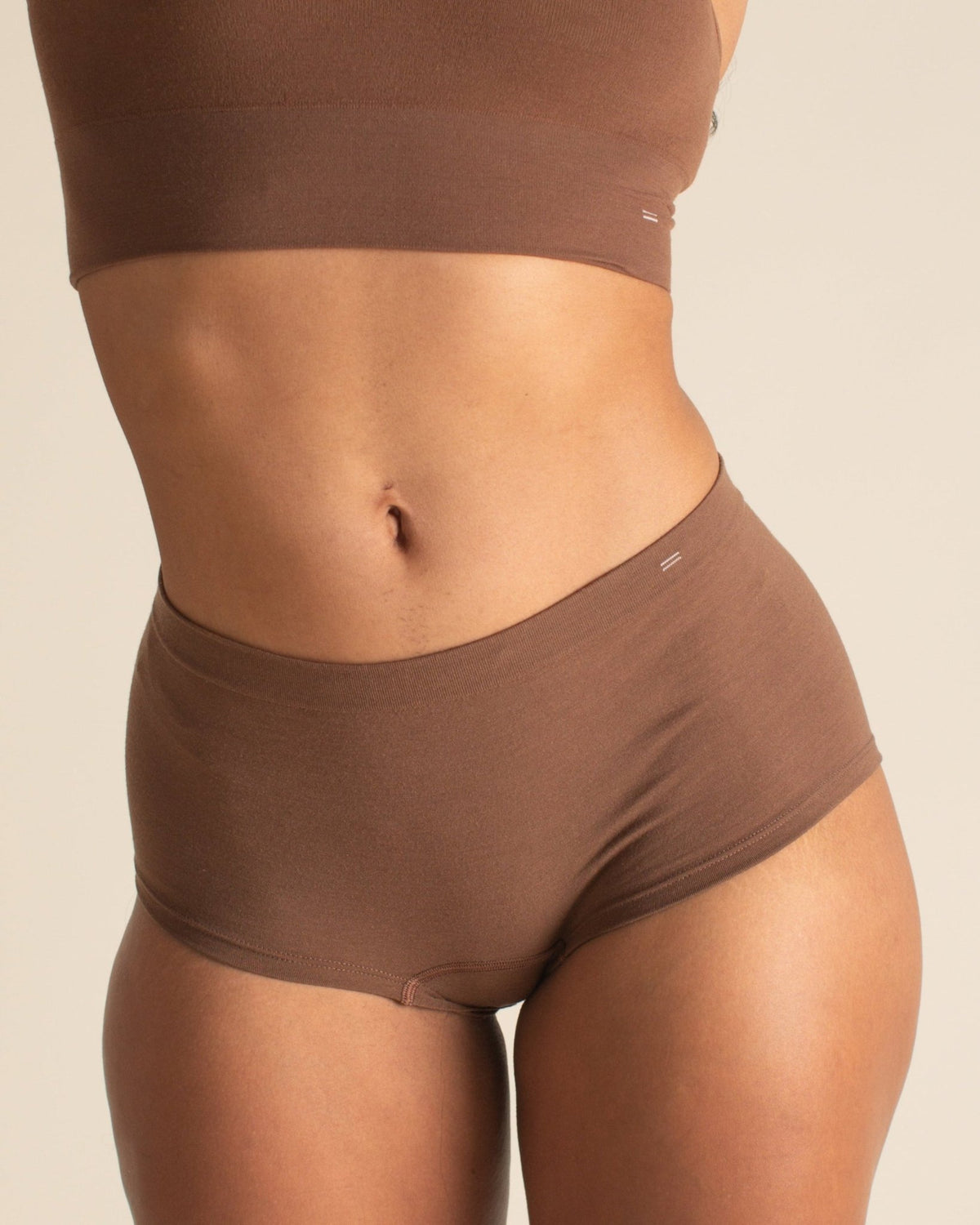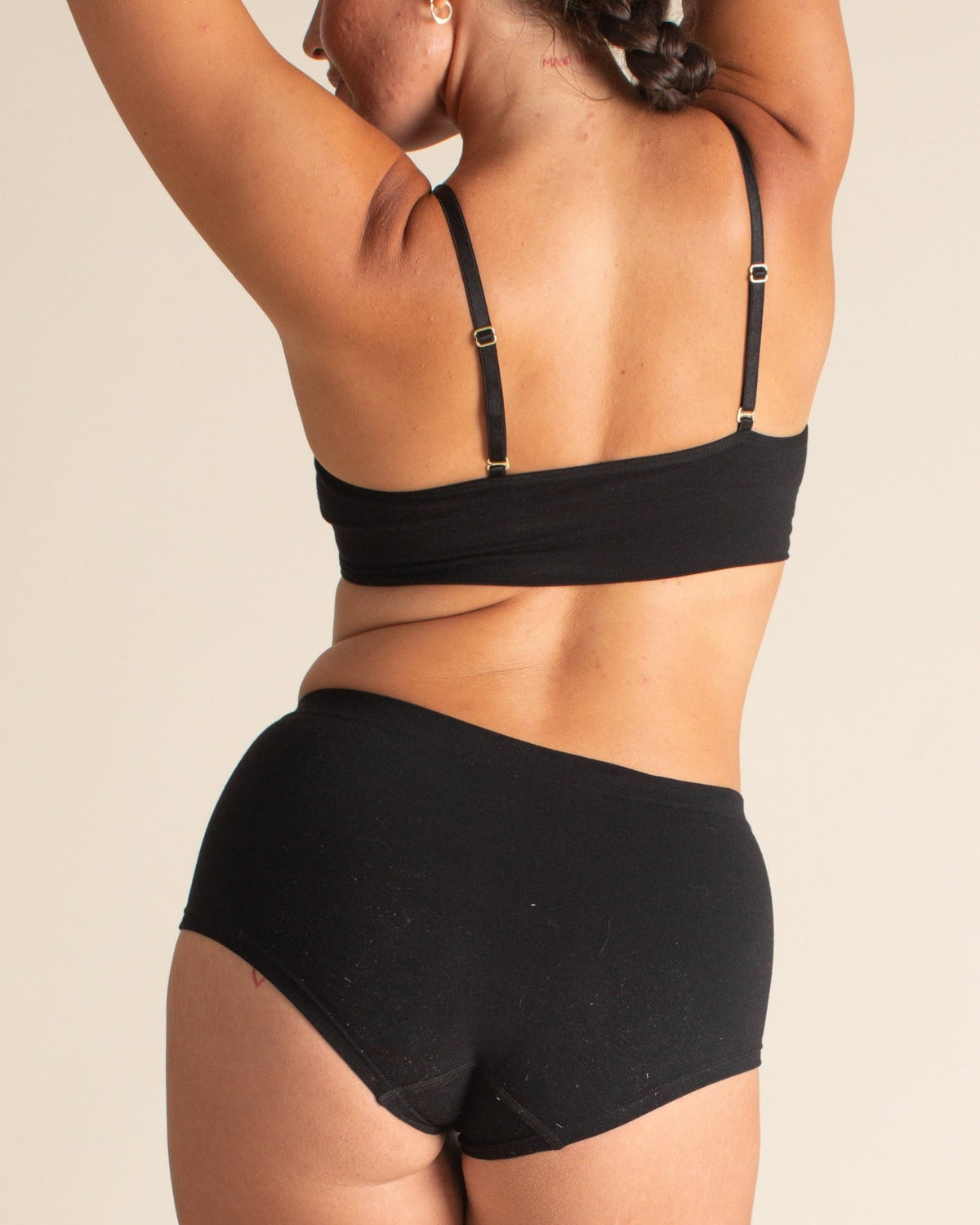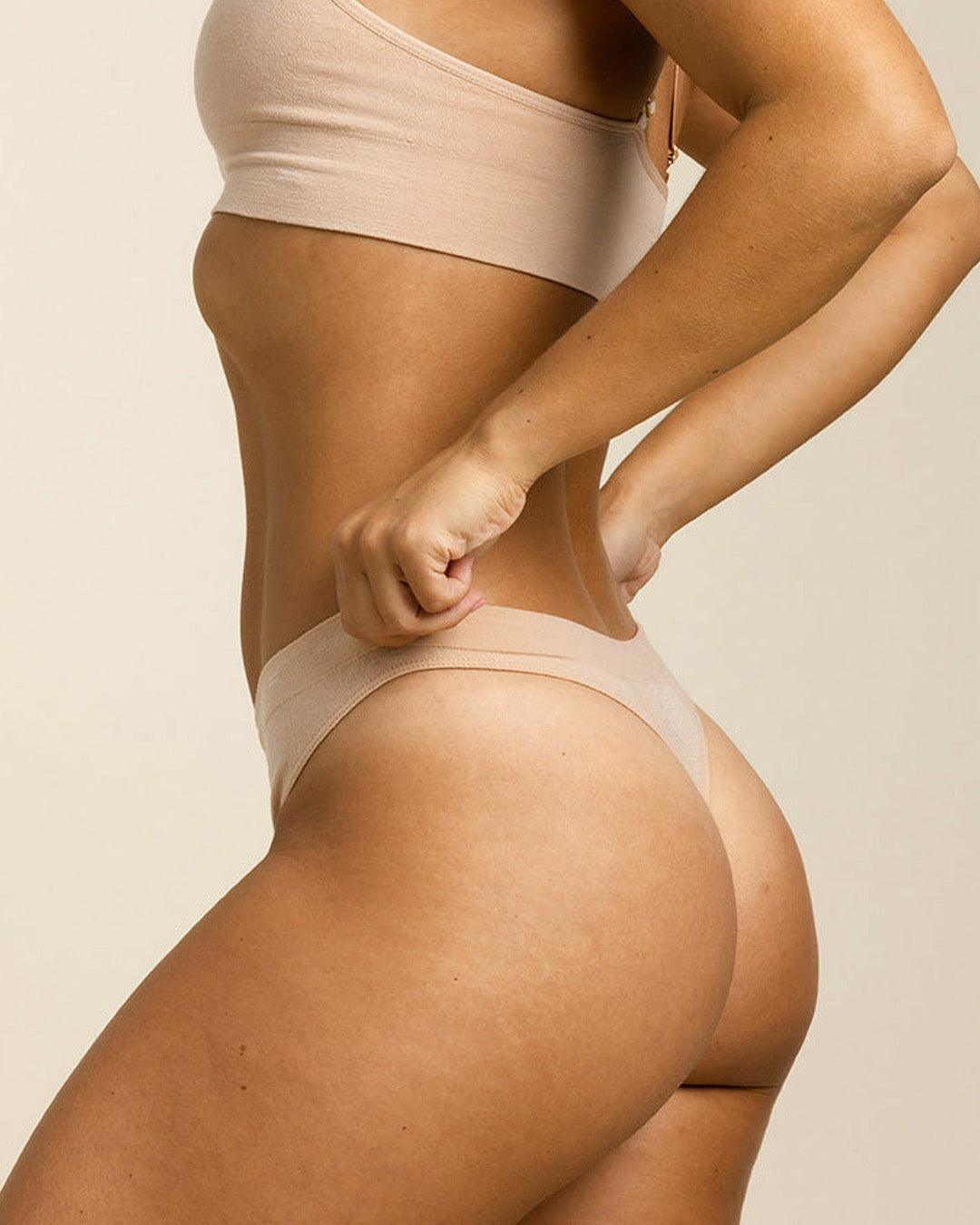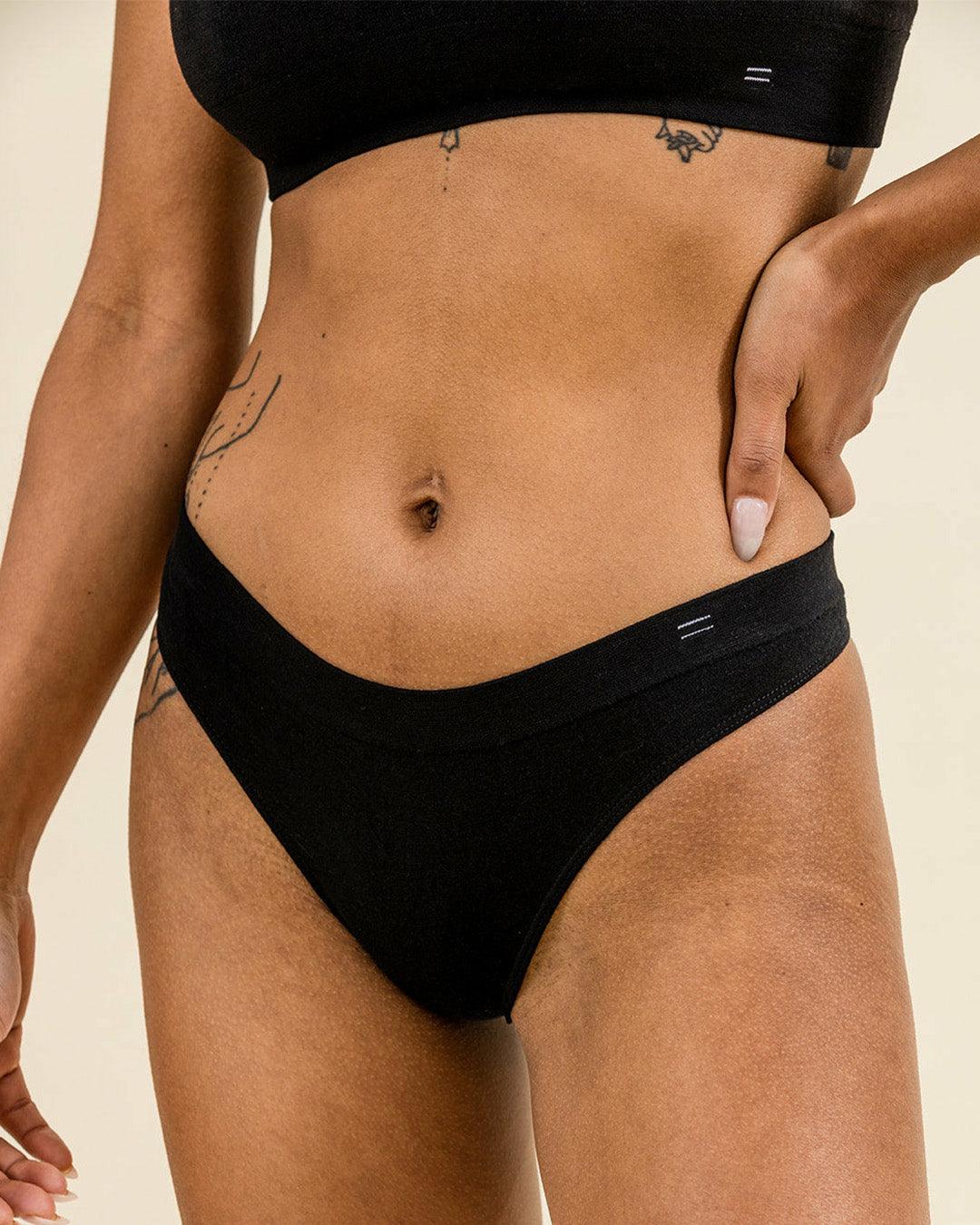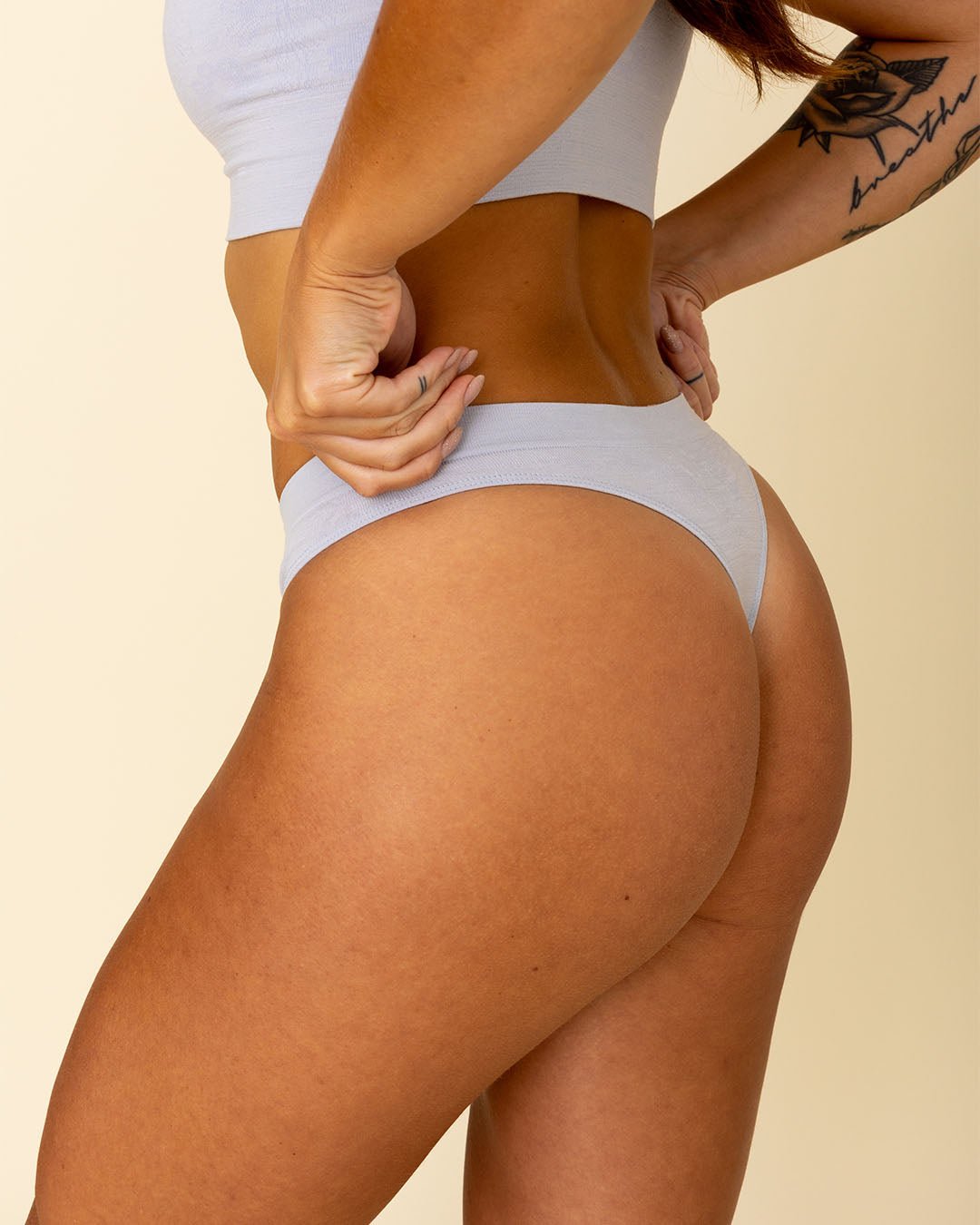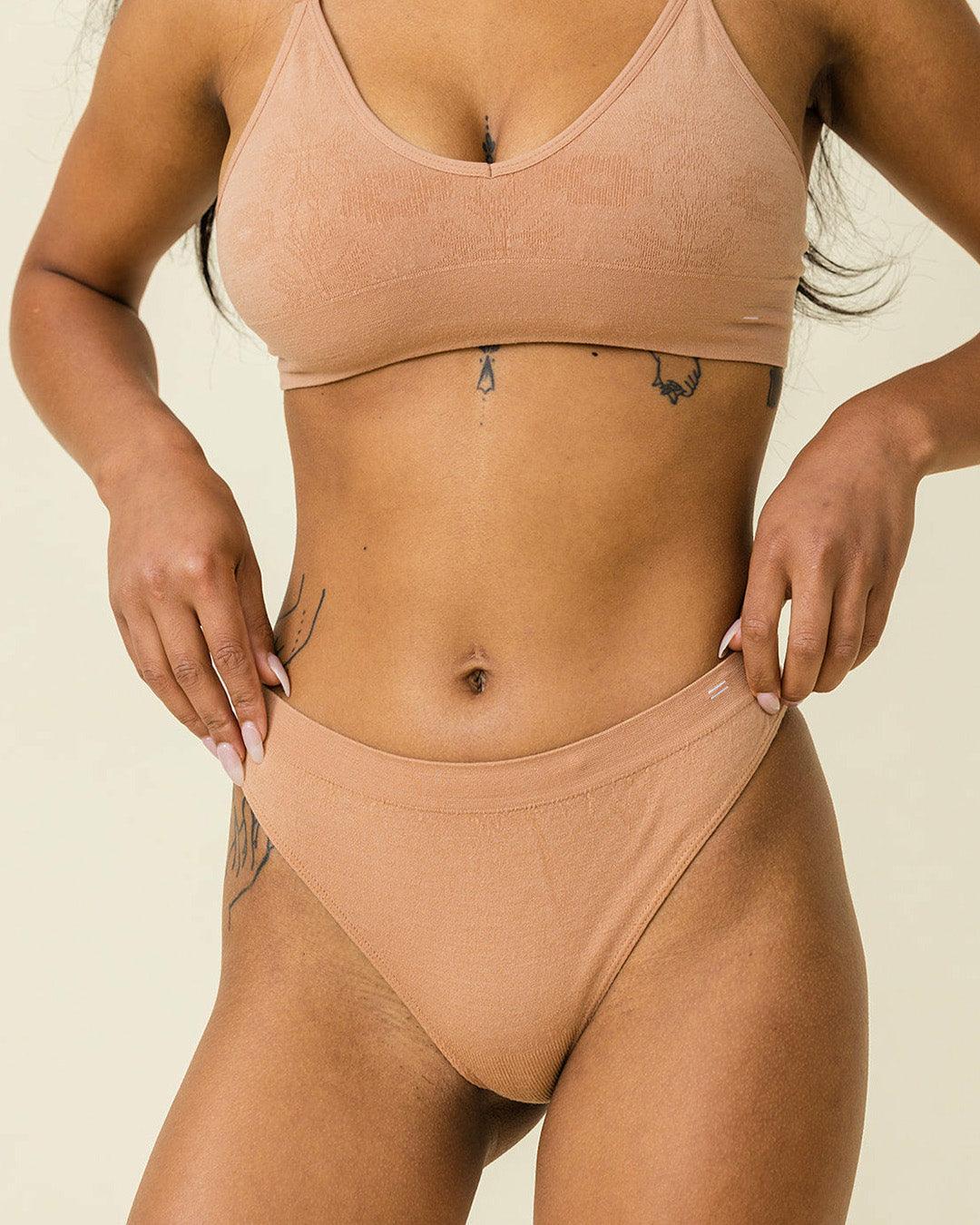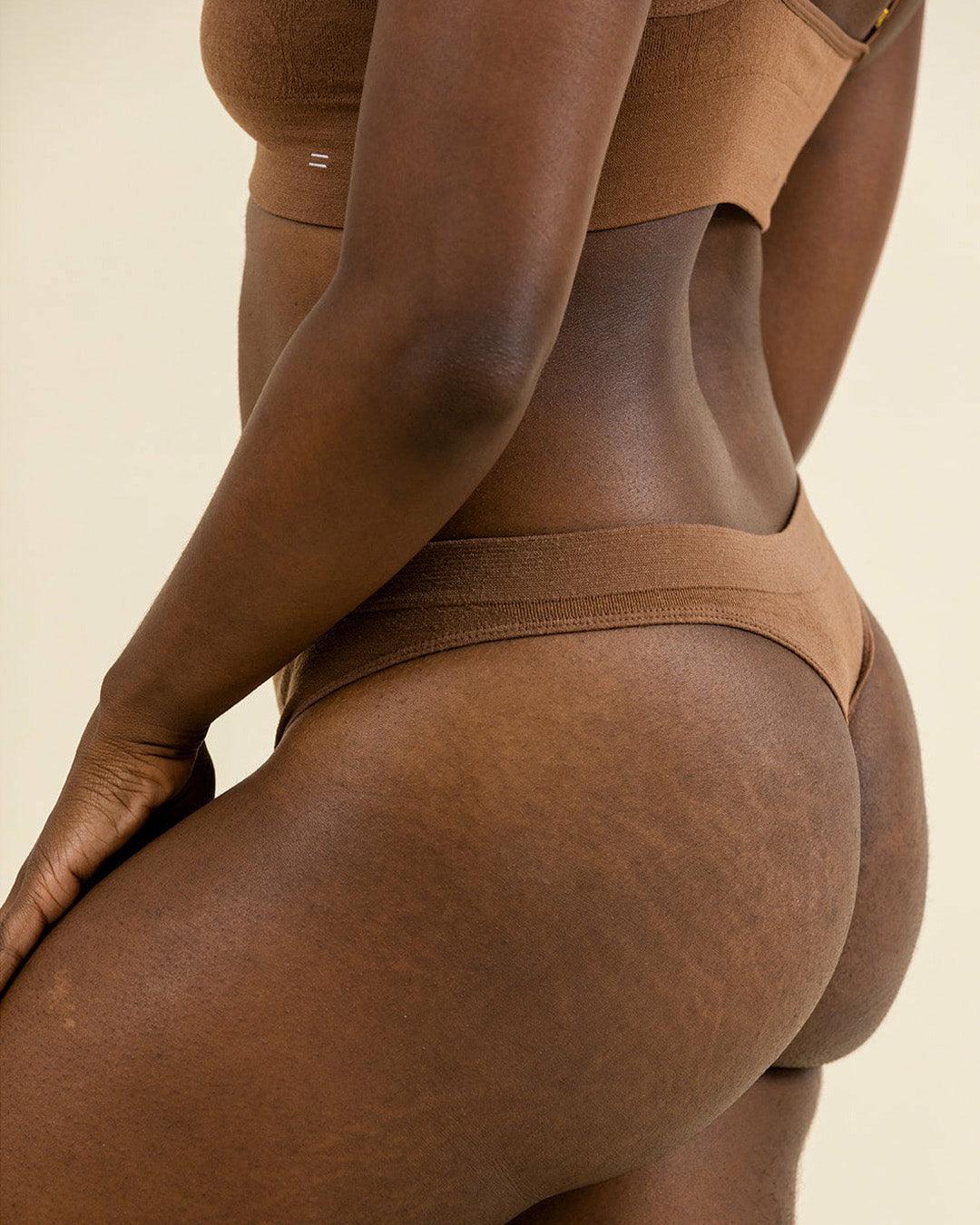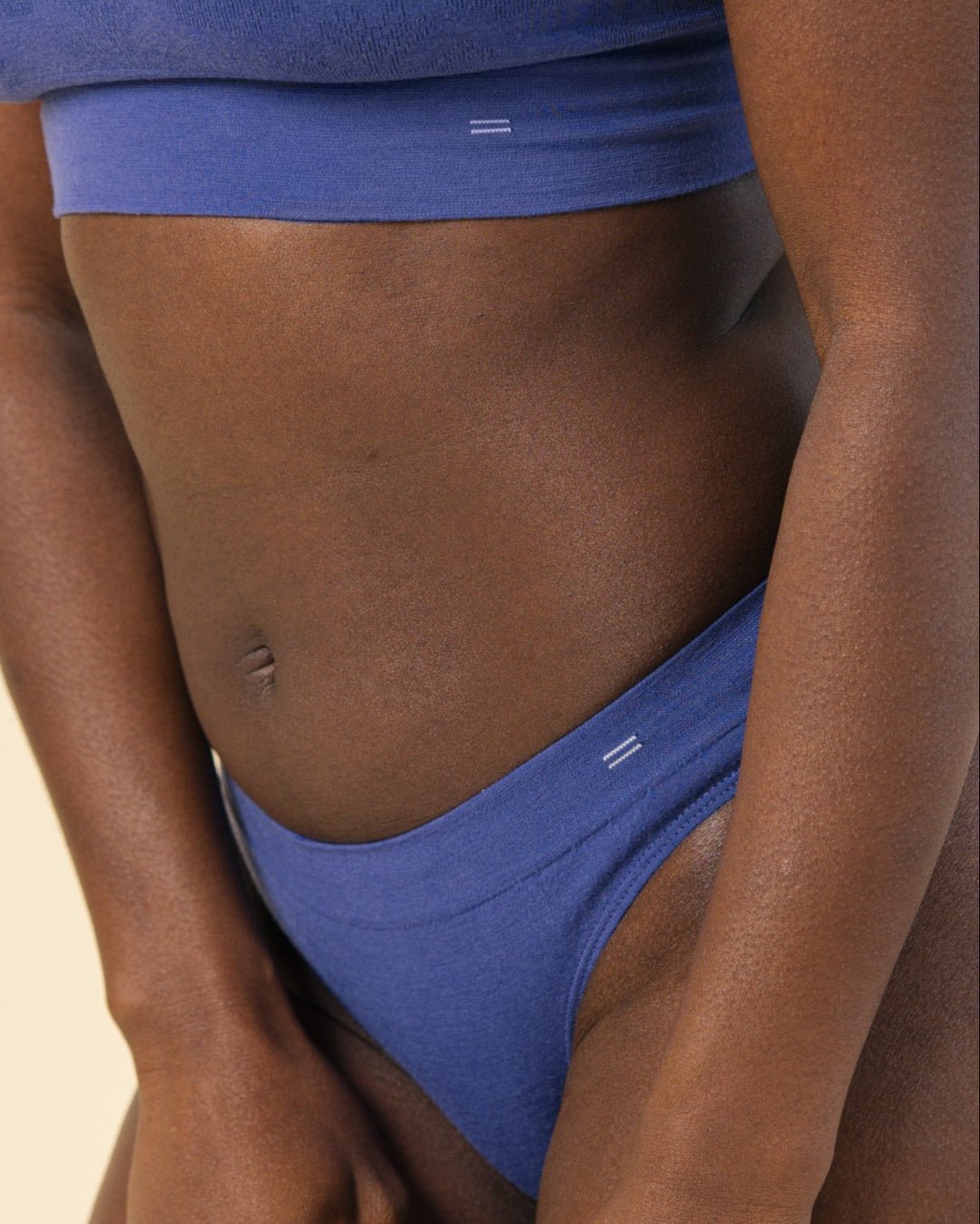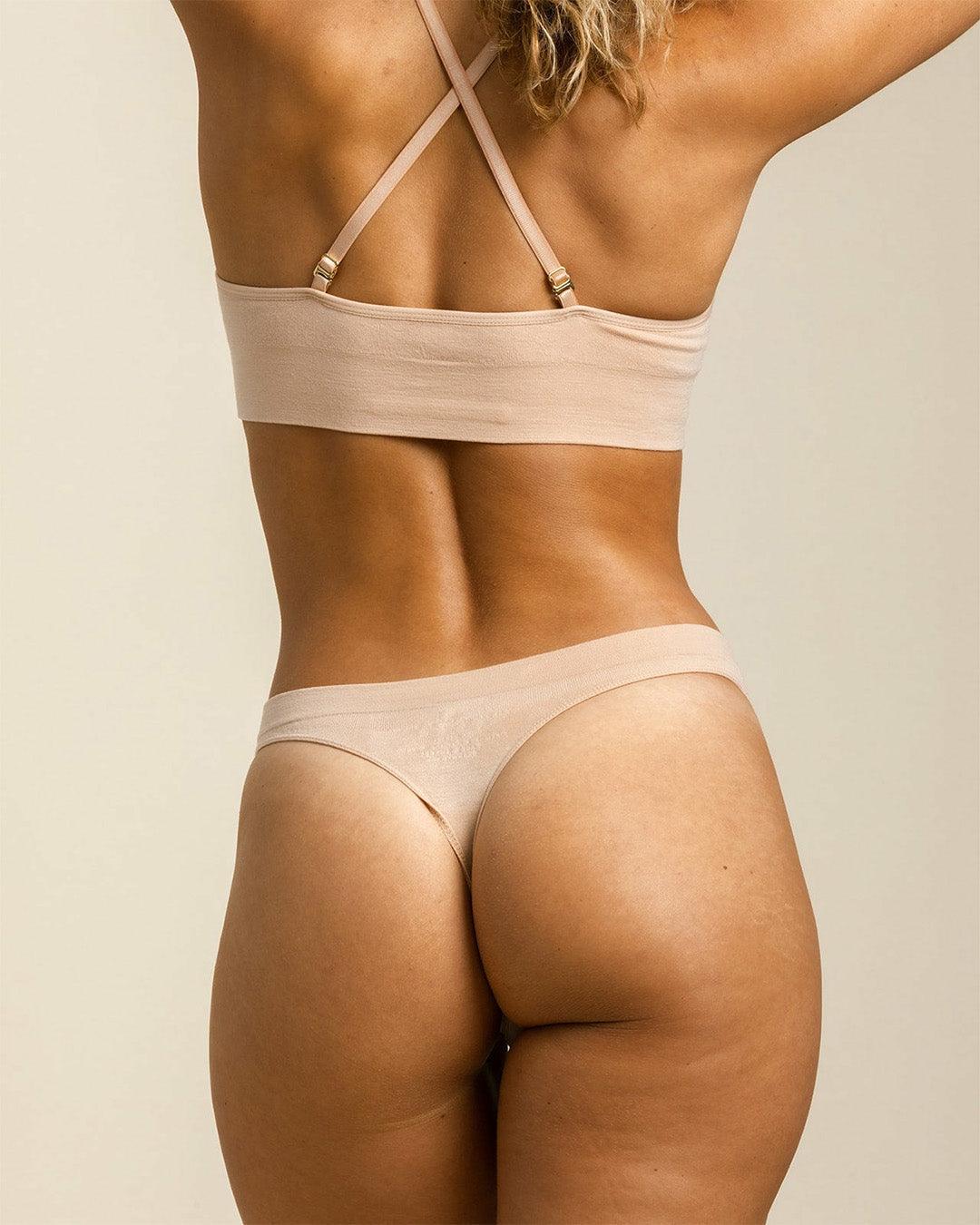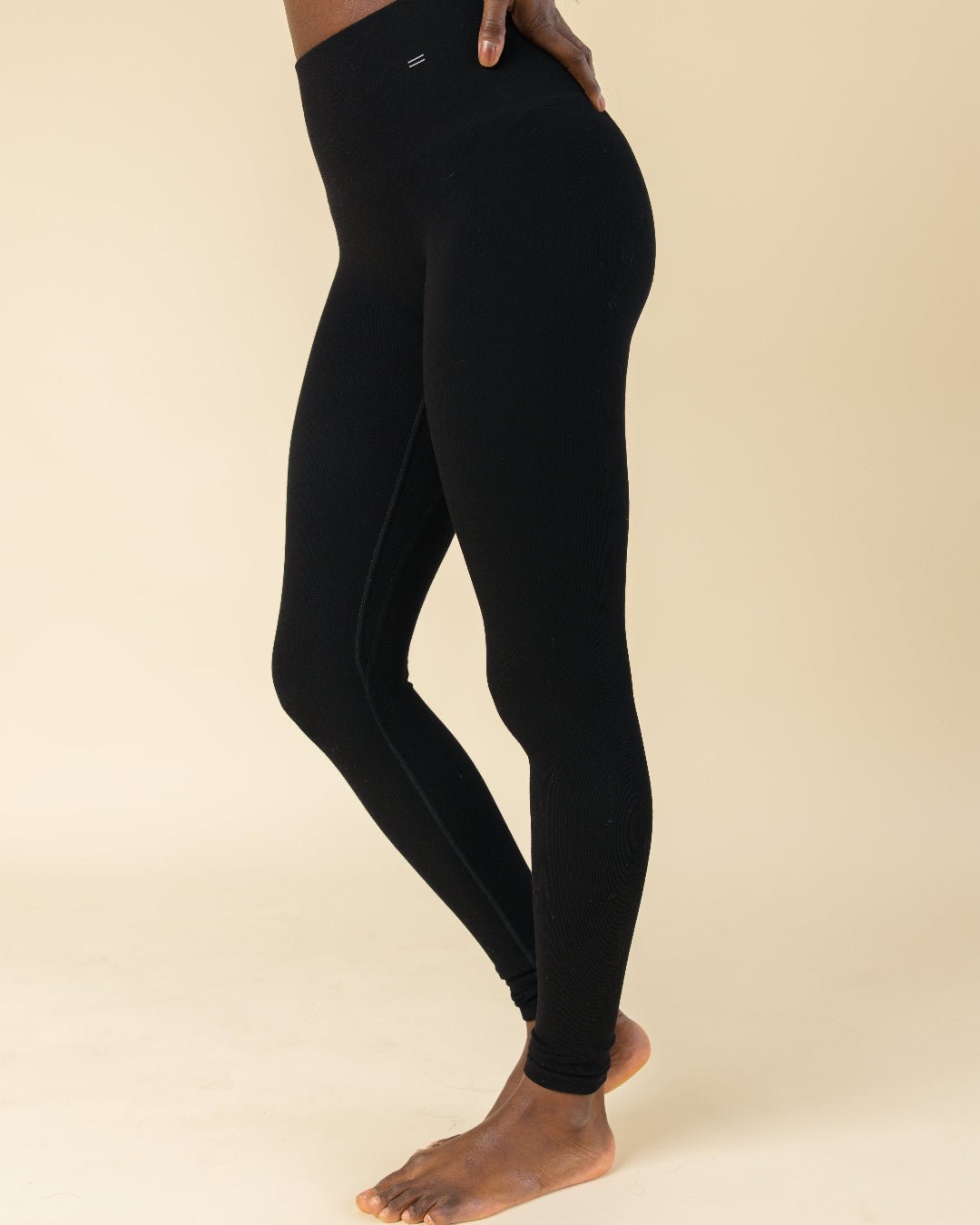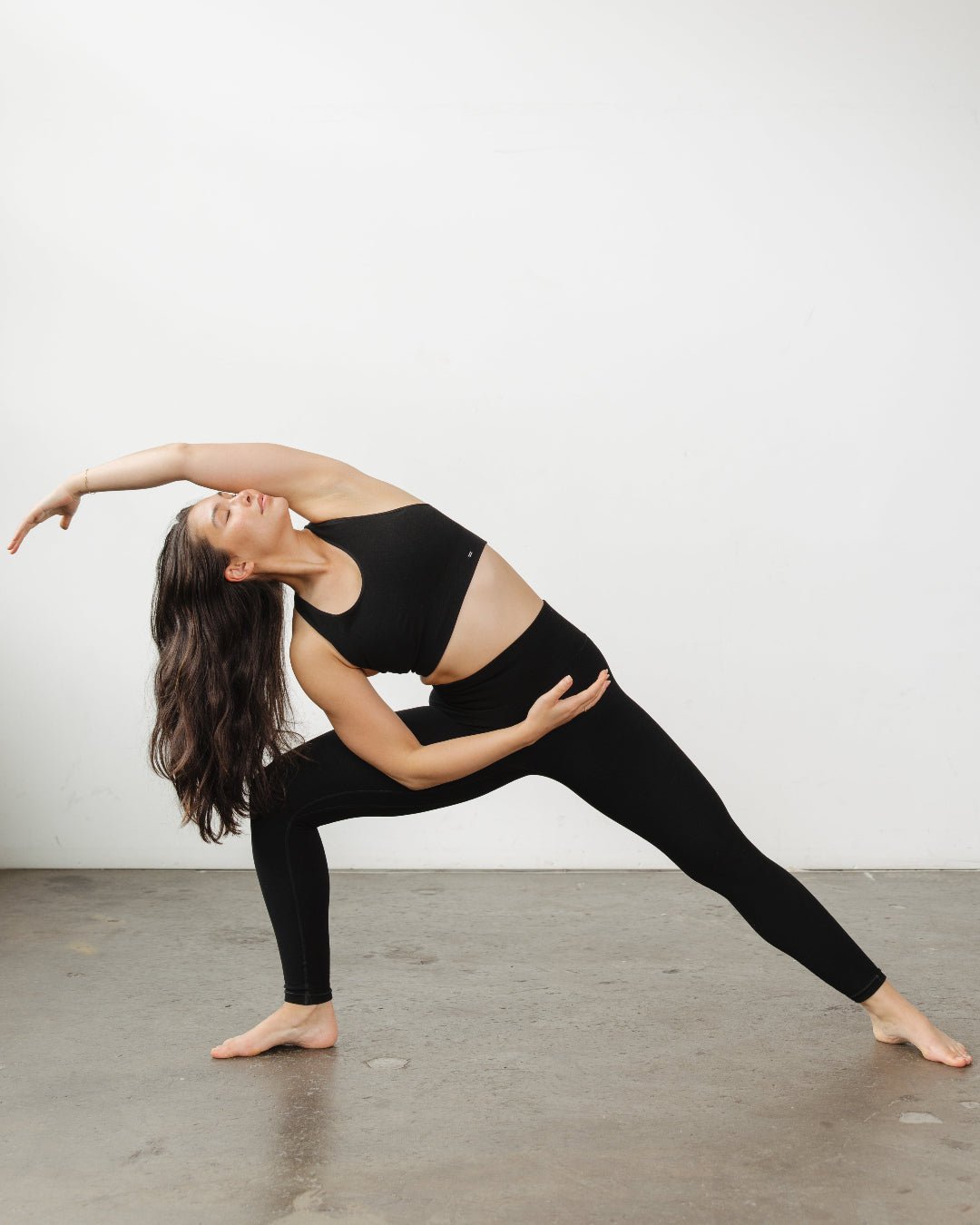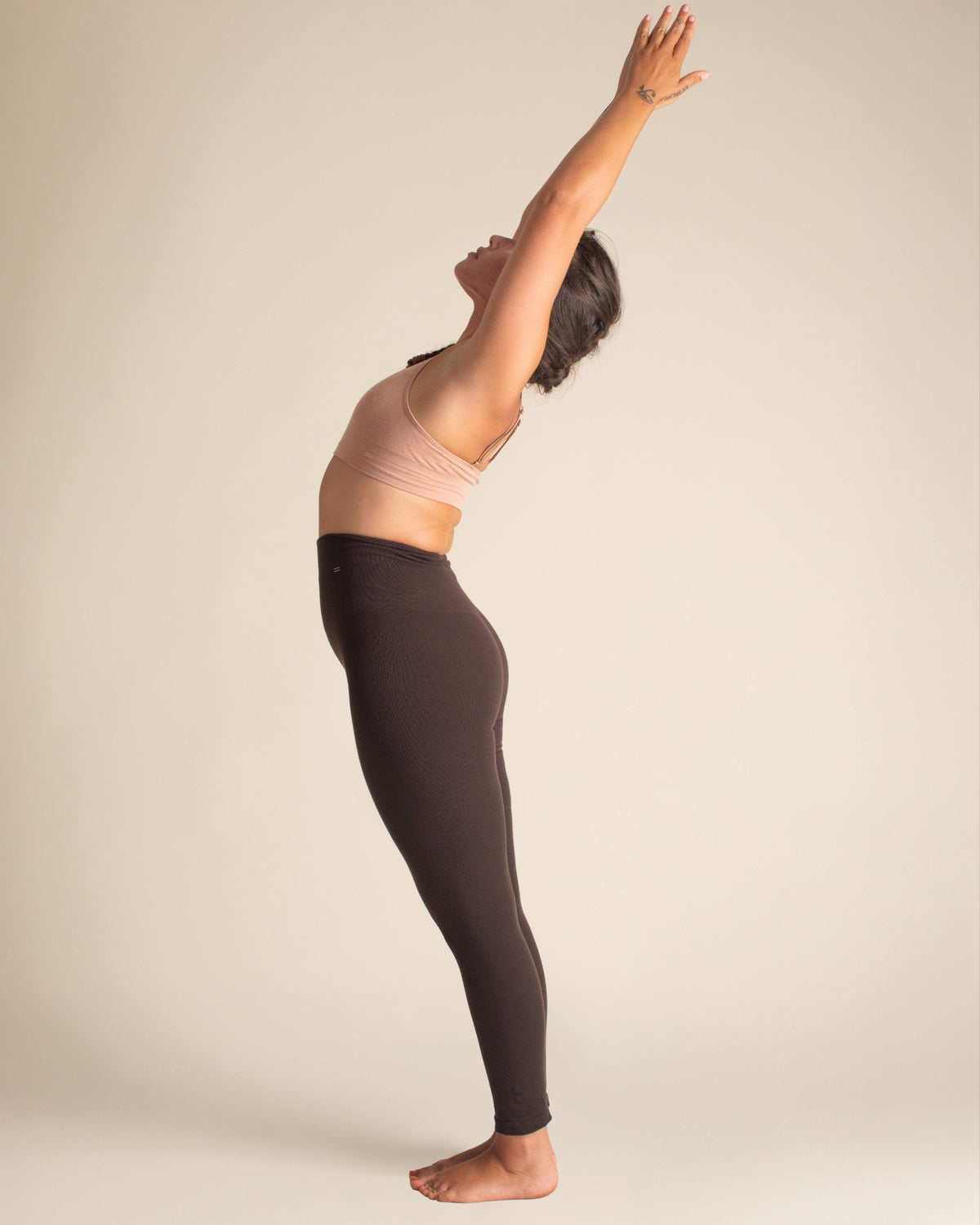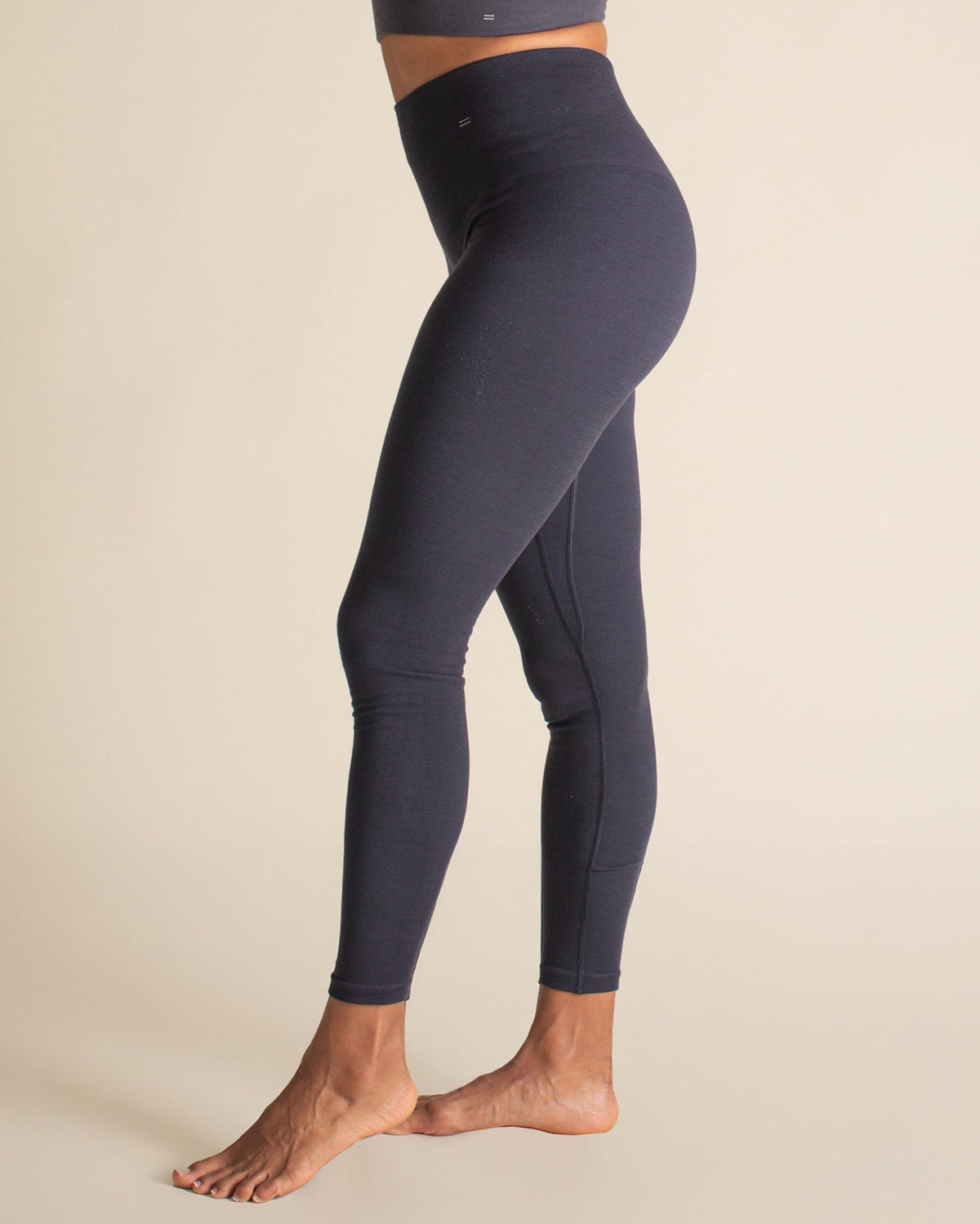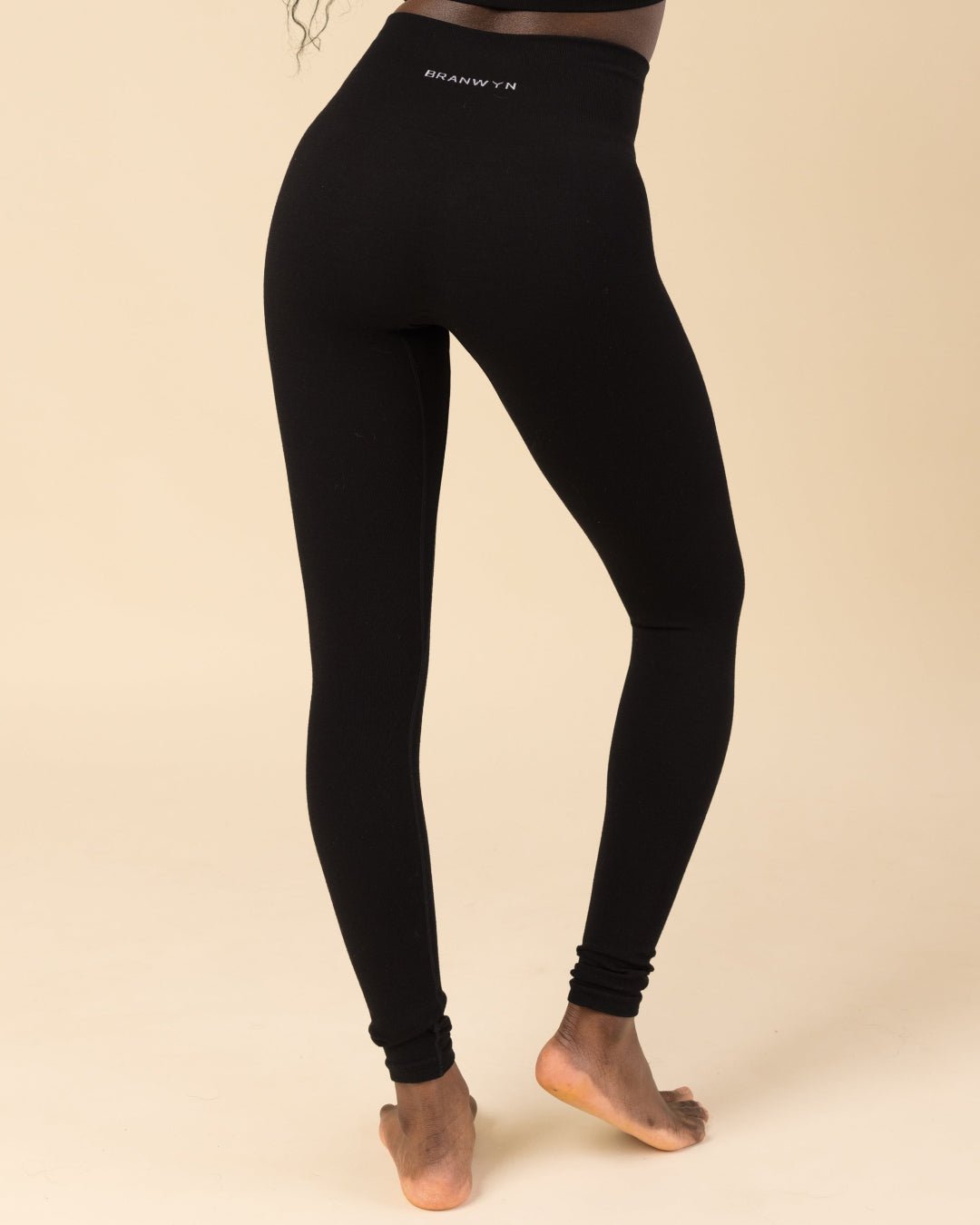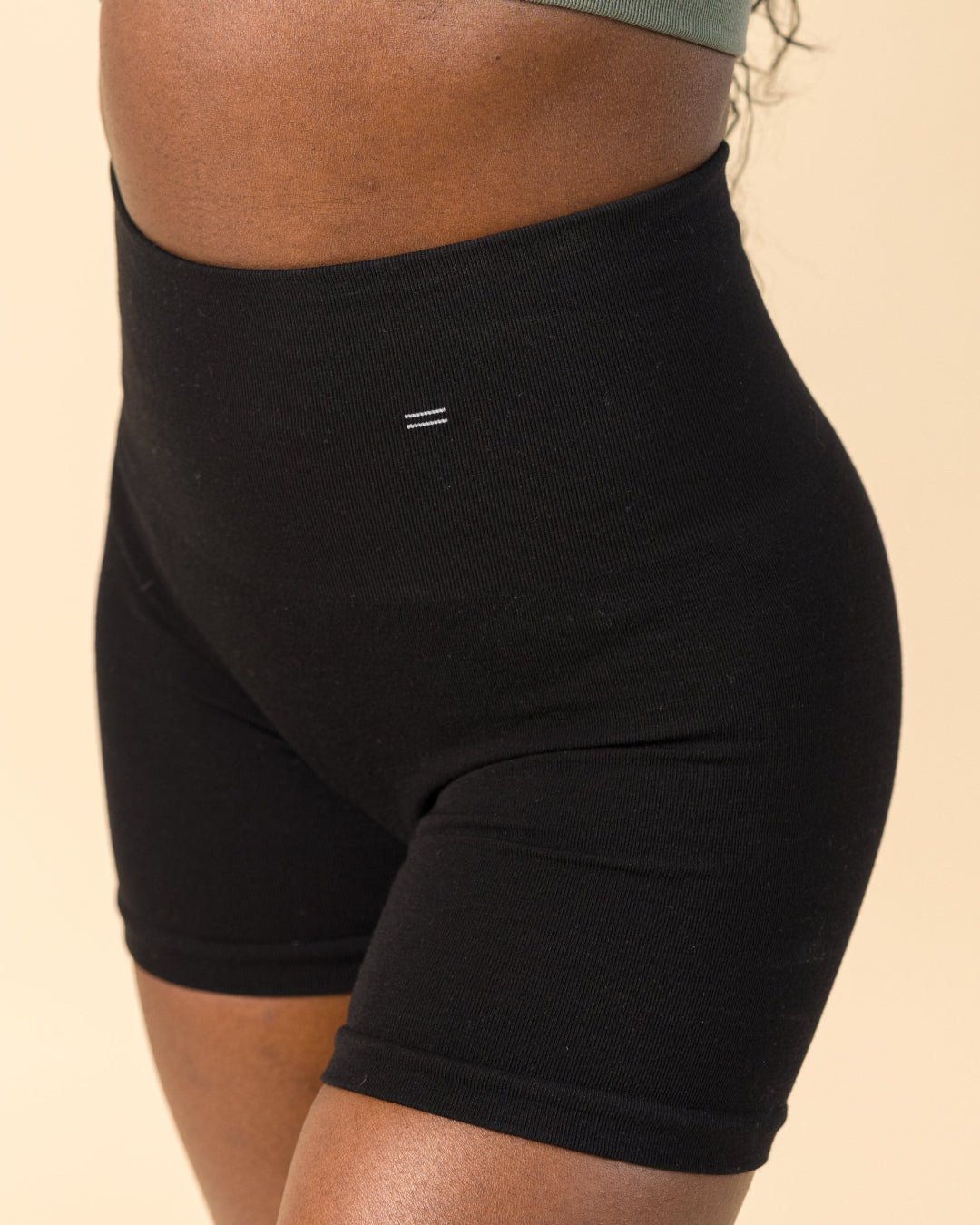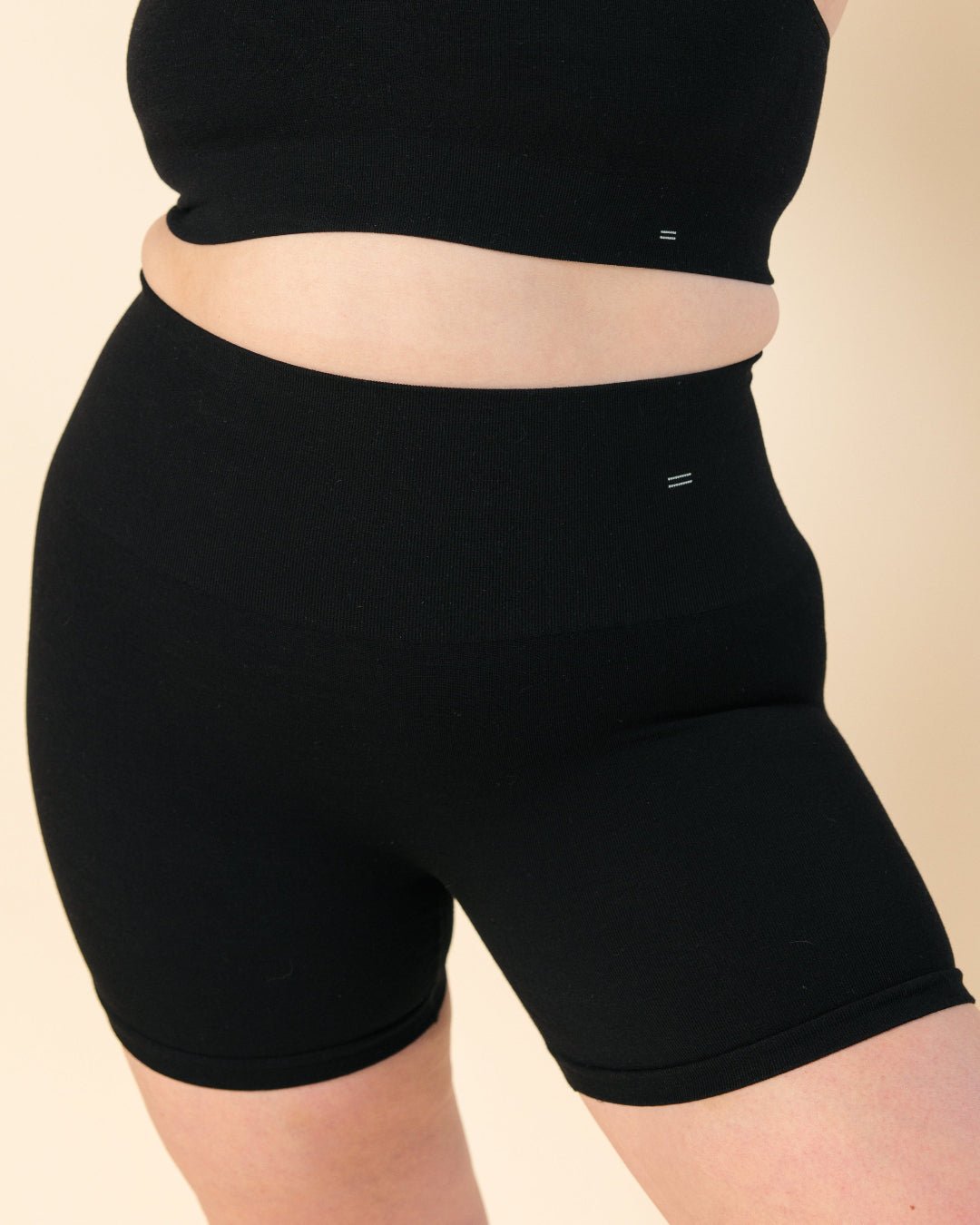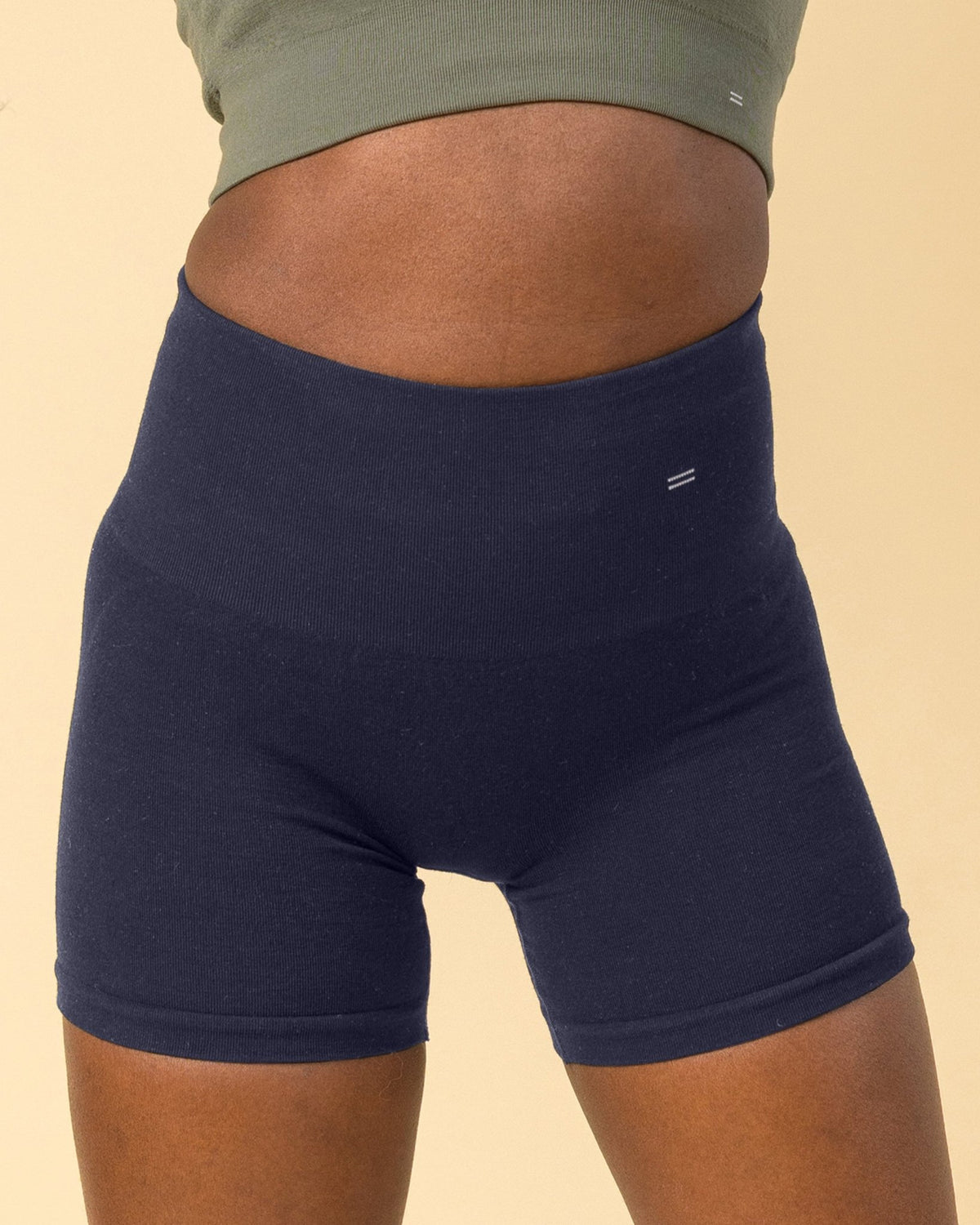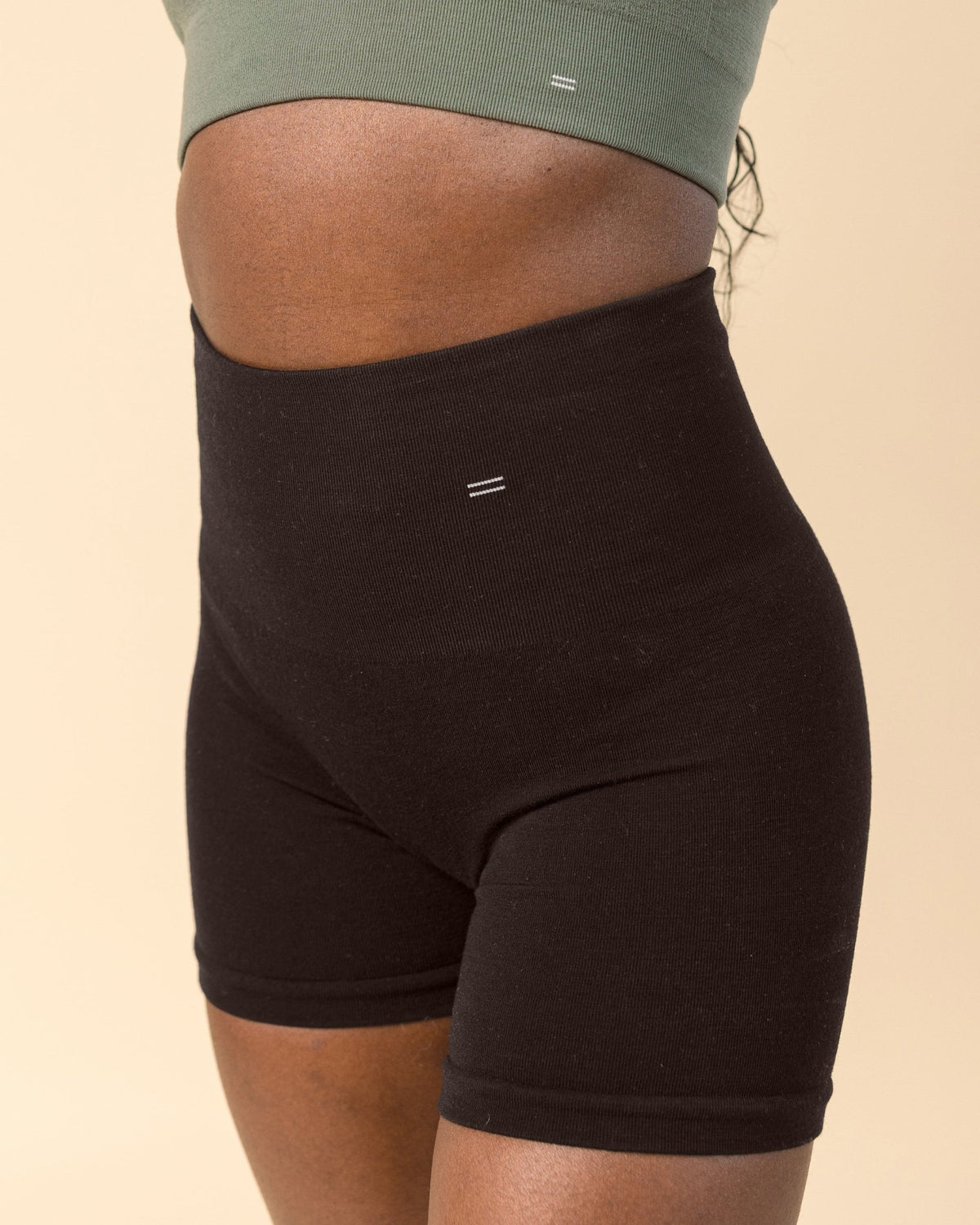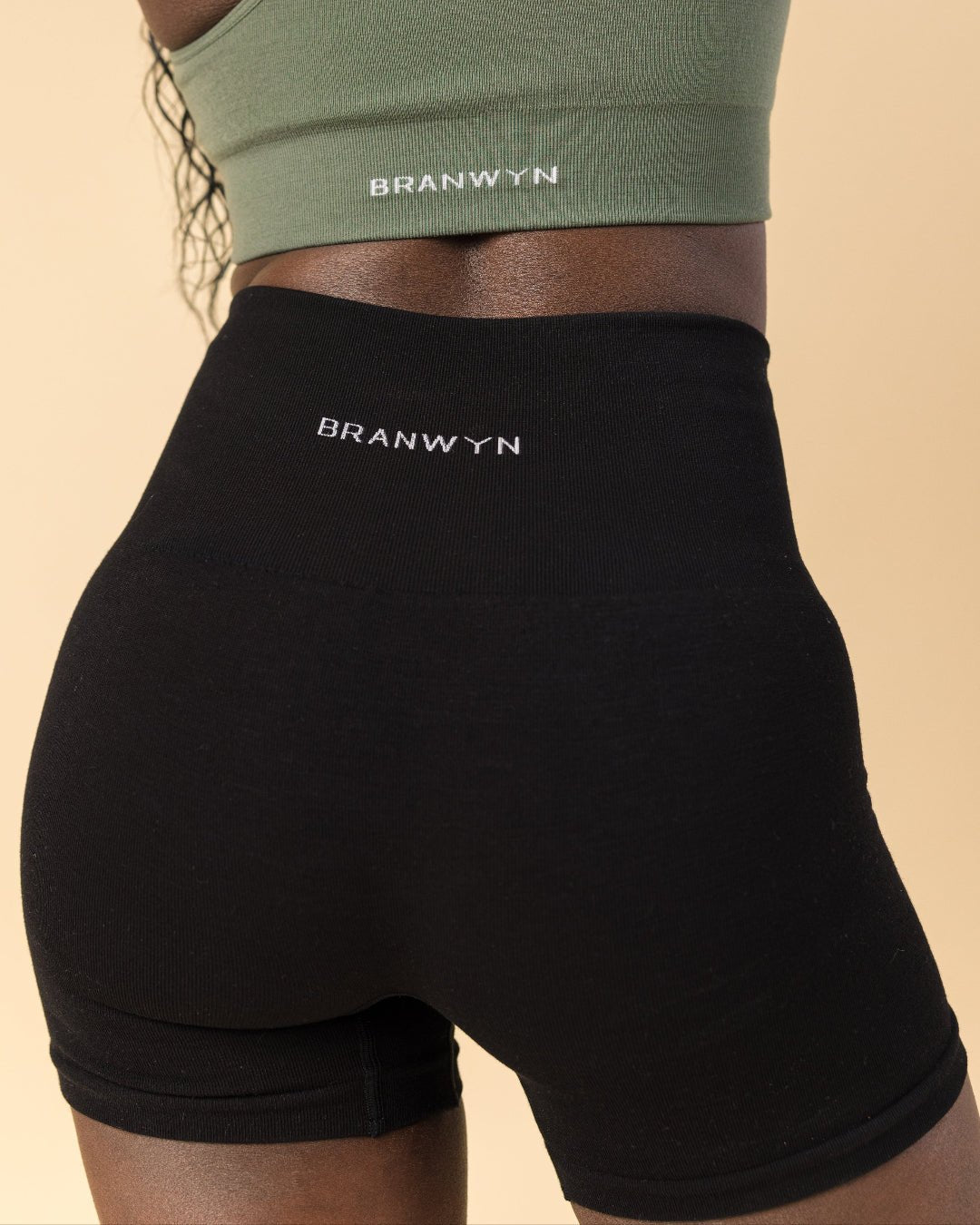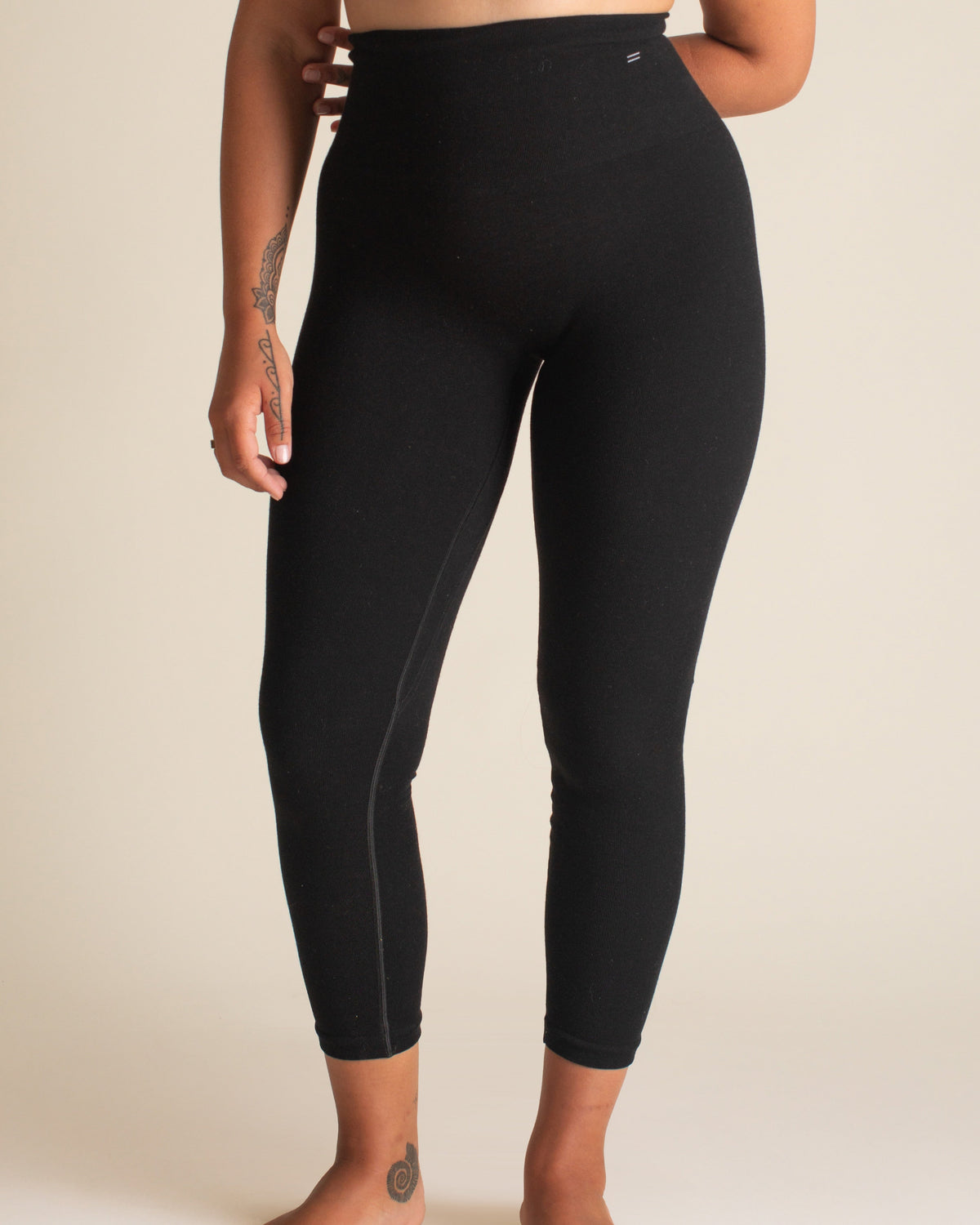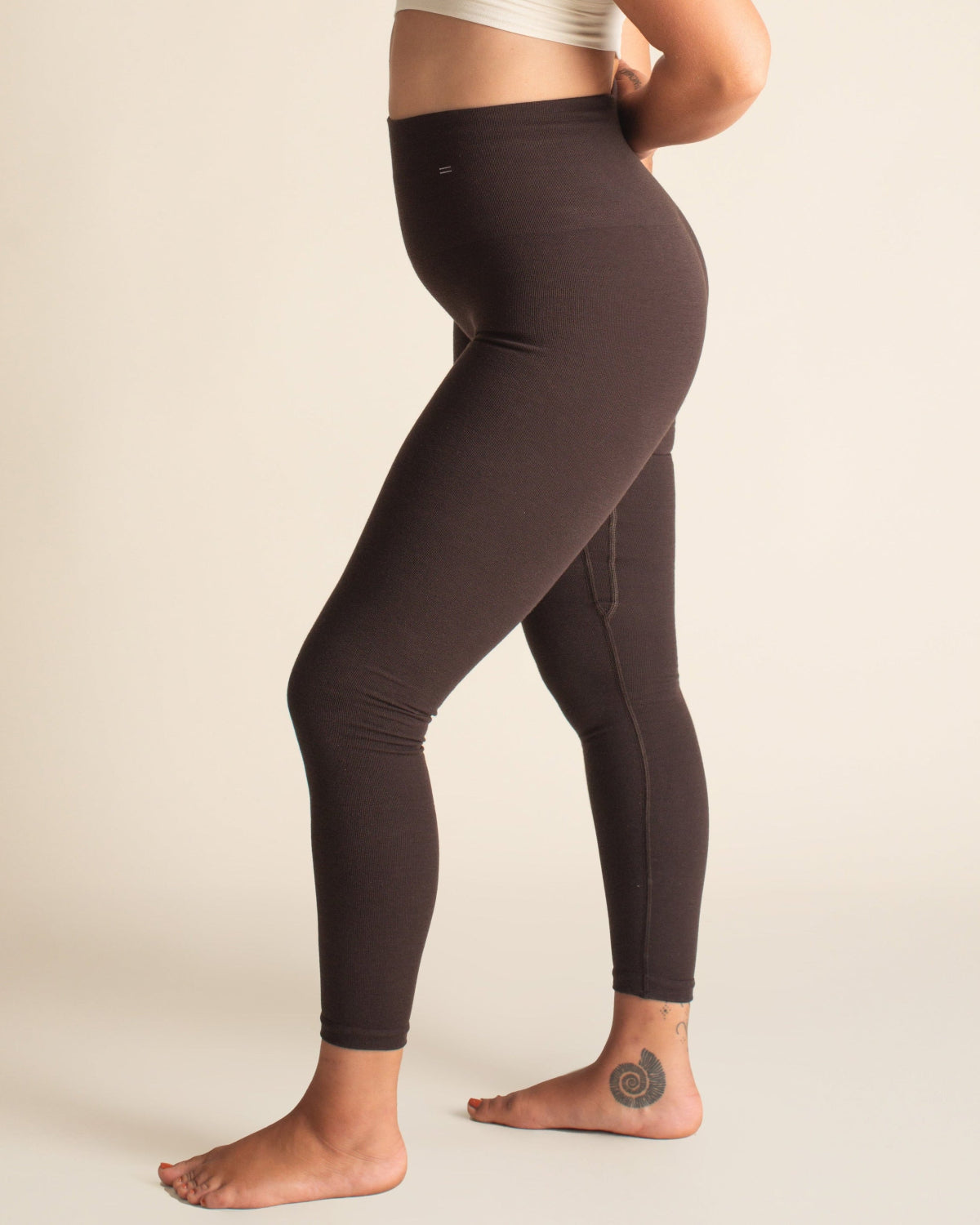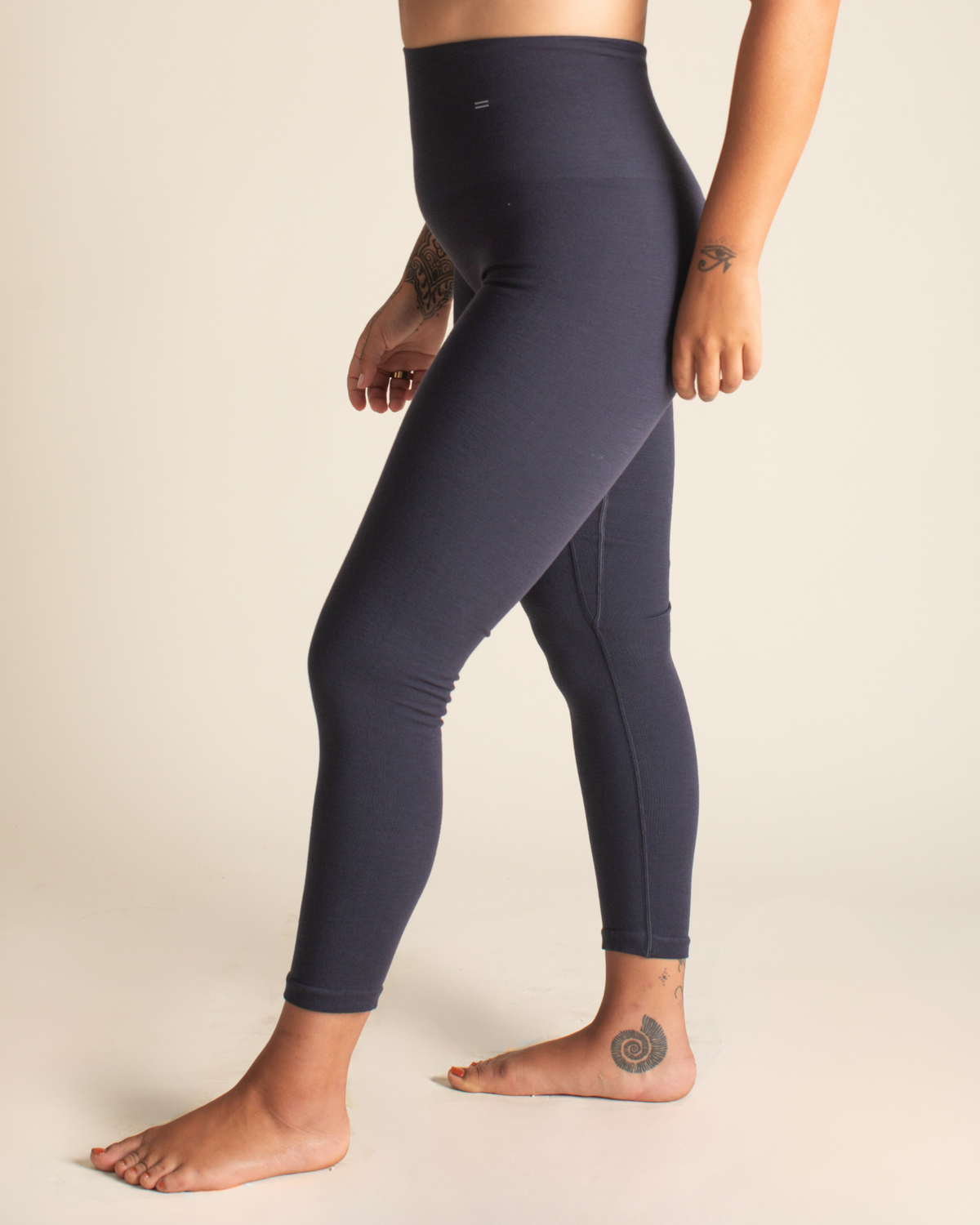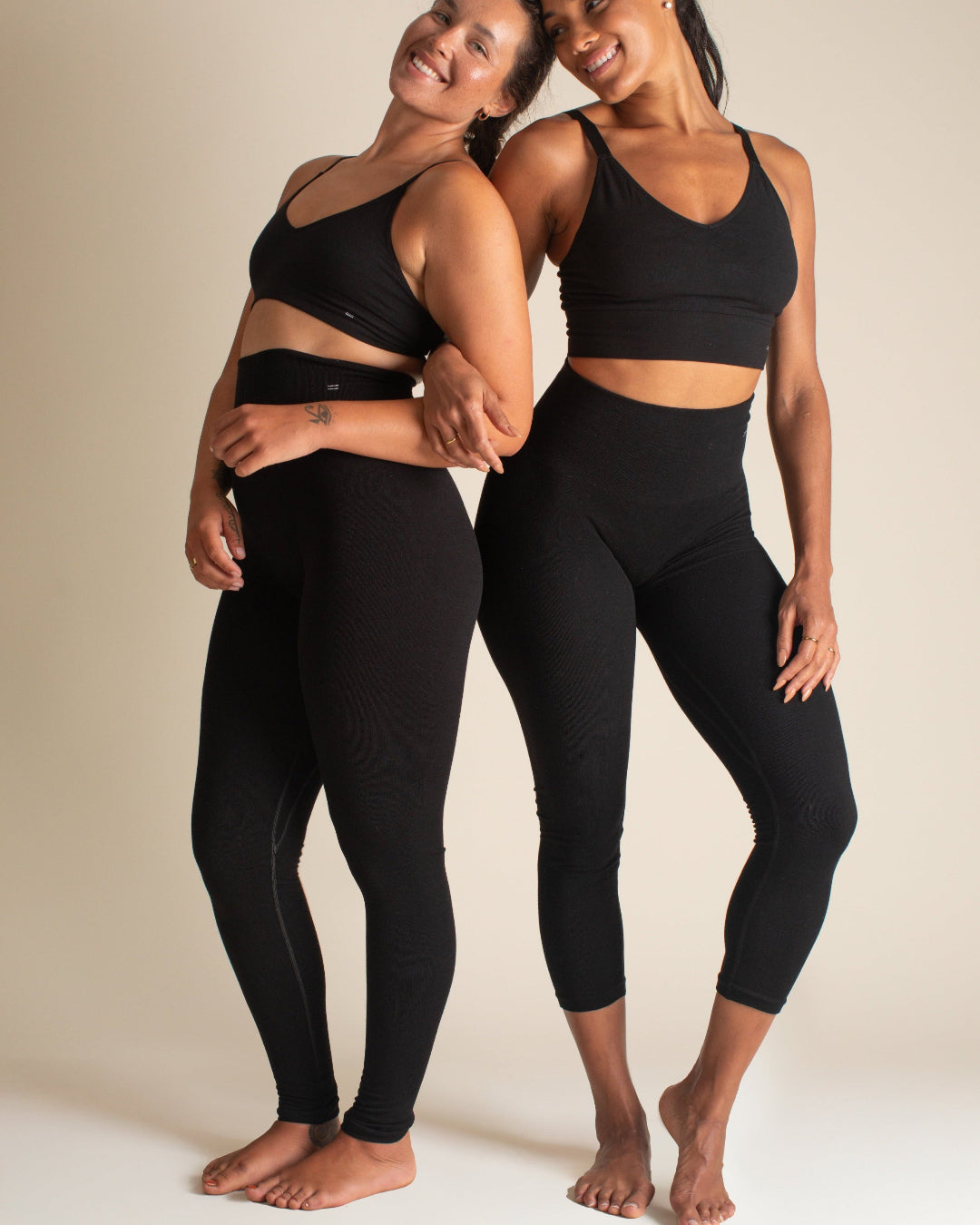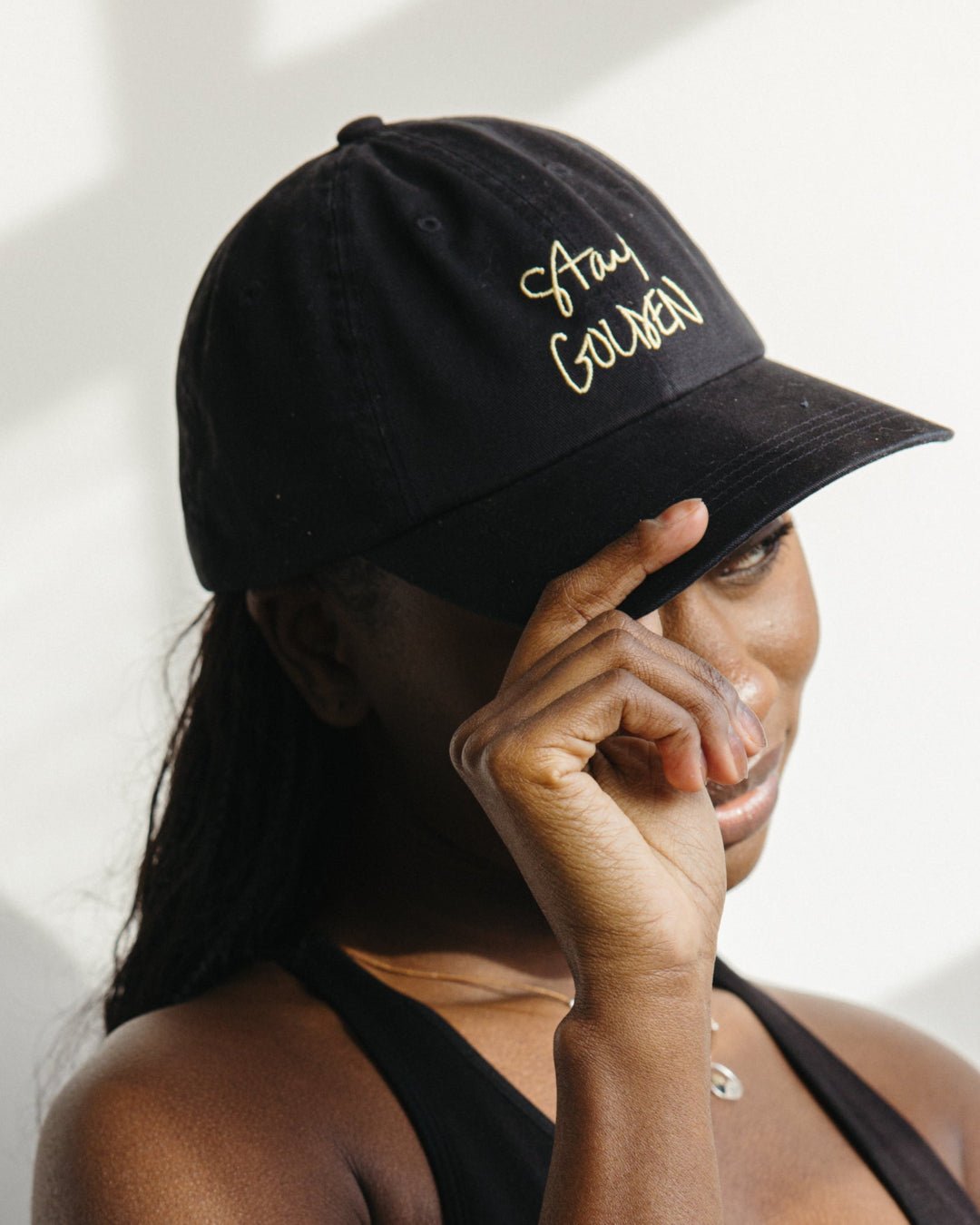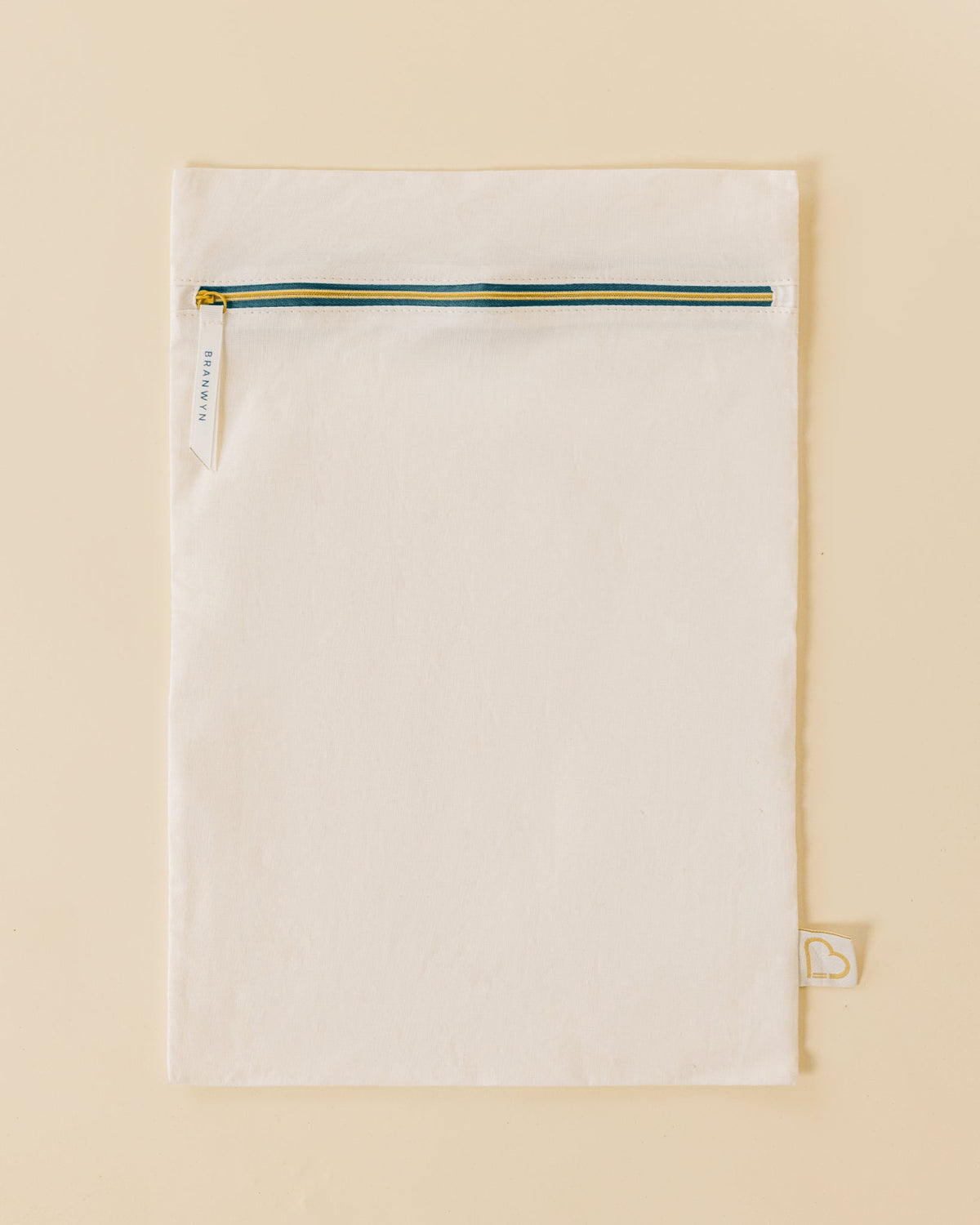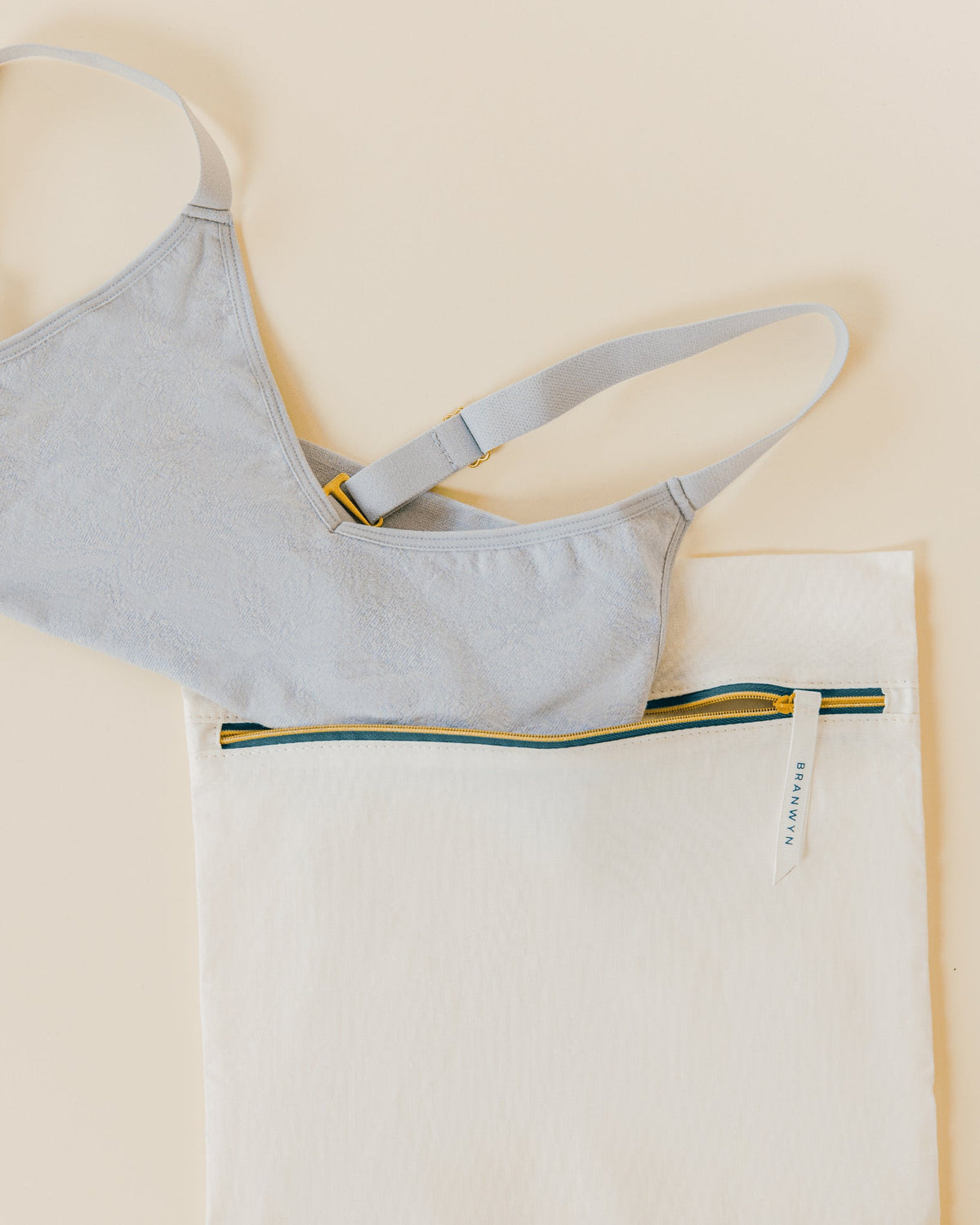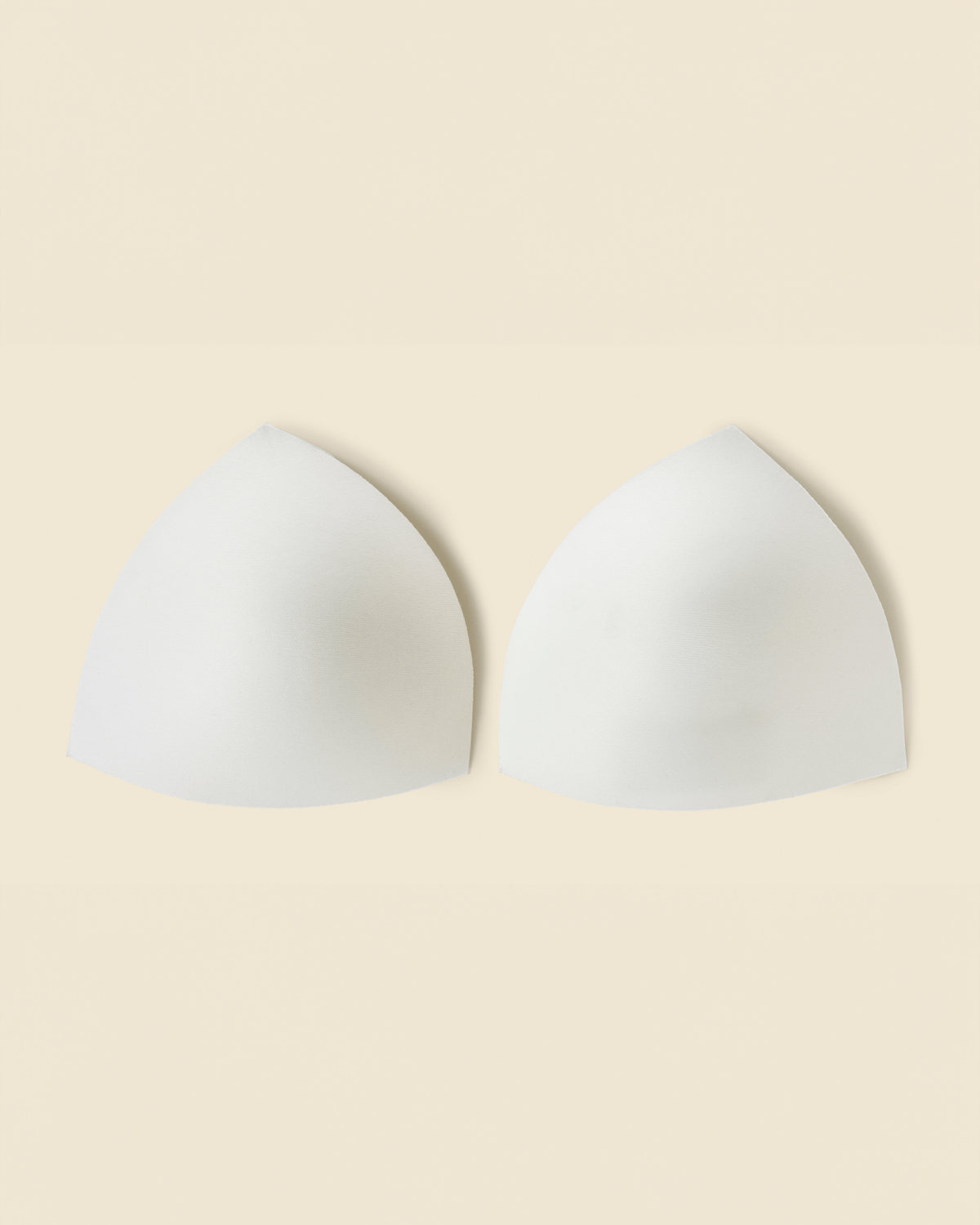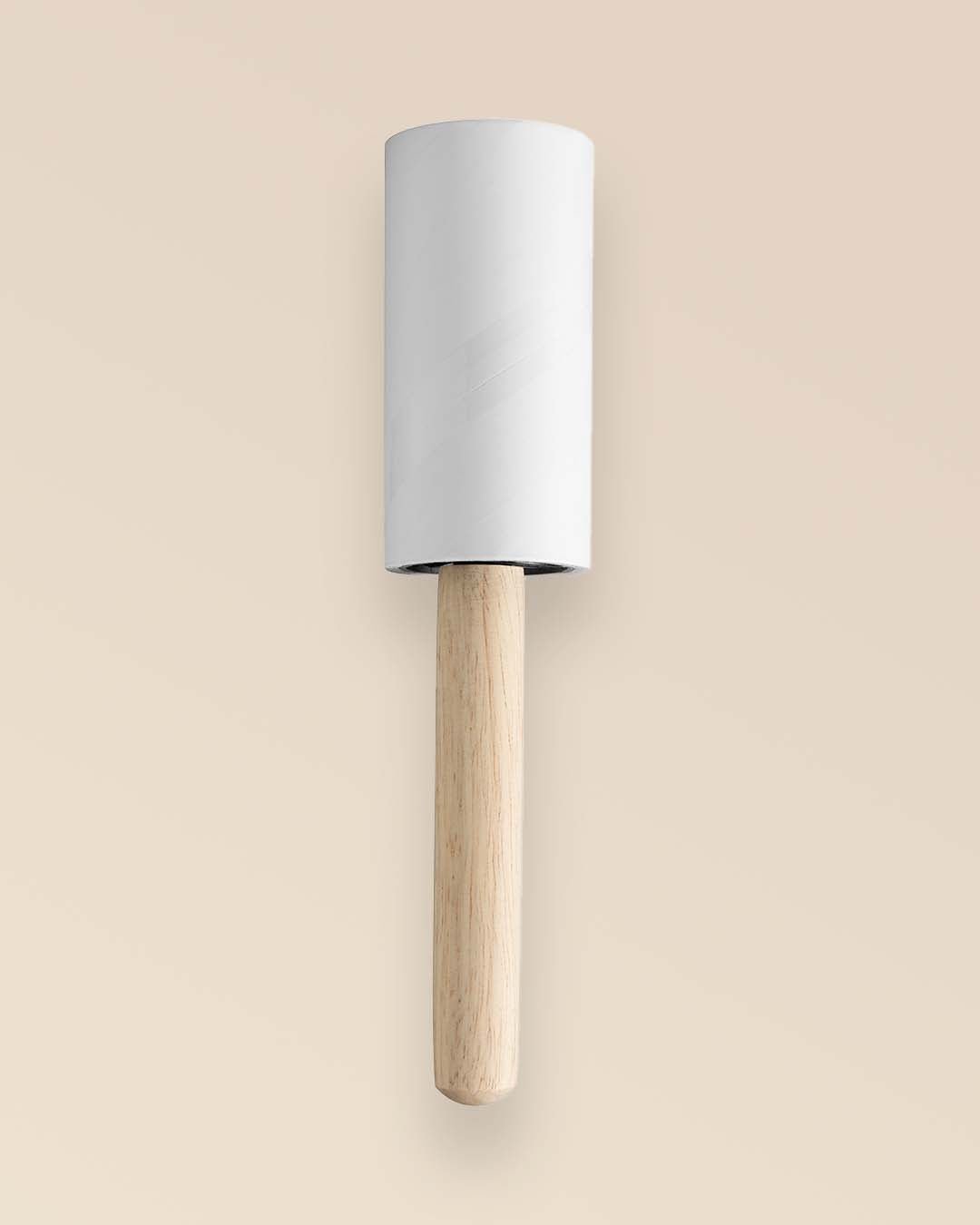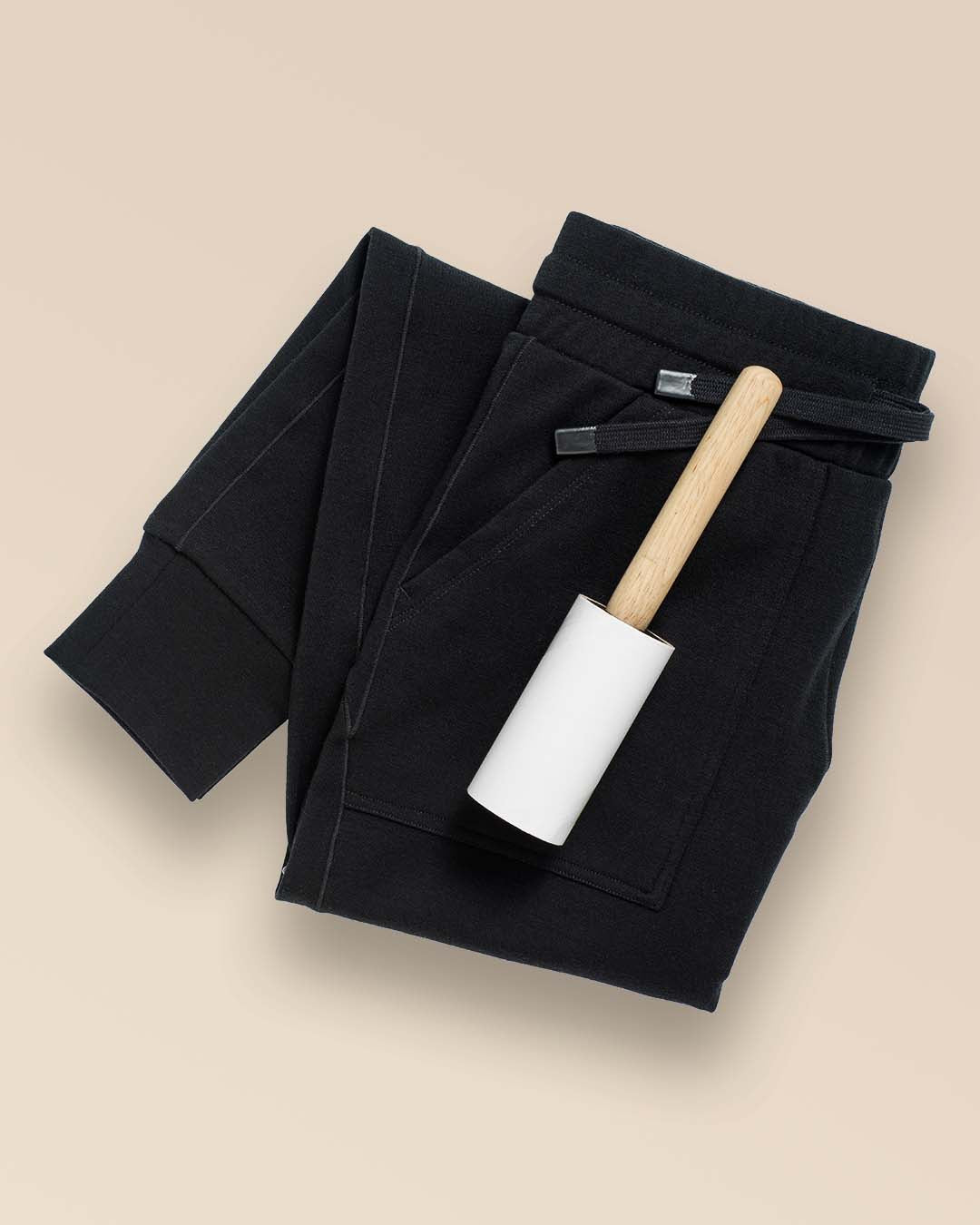Women’s sports has evolved by leaps and bounds over the last few decades. In 1972, Title IX ushered in ground-breaking legislation, prohibiting sex and gender discrimination in federally-funded sports programs. 1984 marked the first year women were allowed to run the Olympic Marathon—before that male doctors worried that running that far could cause our uteruses to fall out (eye roll). In 2022, the U.S. Women’s National Soccer Team won an equal pay case, which saw the U.S. Soccer Federation fork over $24 million in back pay. Still, unfortunately, we have a long way to go.
This month, BRANWYN is honoring National Girls & Women in Sports Day by donating 2% of all revenue to Play Like a Girl, an organization dedicated to helping girls gain better access to both competitive sports and careers in the male-dominated STEM+.
We believe empowering girls (and women!) through sport has the power to create a better world. But there’s a lot of work to be done to make this happen. The landscape of sports needs a serious shake up to better support women and girls.

Sports are Great for Girls
It’s no surprise that science shows that participation in sports and physical activity is amazing for a girl's social, mental, physical, and emotional health. Girls who play sports have higher levels of self confidence and experience less depression than those who don’t. Sport also has the power to improve body image and all-around psychological well being. Plus, getting girls into sports early on helps create healthy habits that pay off big time. Just four hours of weekly exercise in our teenage years lowers our lifetime risk of breast cancer by up to 60 percent.
But with all of these benefits, girls are not getting the support they need to succeed. Last year, the World Health Organization (WHO) published a report finding that a stunning 85 percent of girls don’t meet WHO recommendations for physical activity. This is especially true for girls ages 10 to 19 as girls drop out of sport during adolescence at six(!) times the rate of their male classmates.
Why is this? Our culture has created structures that set girls up to fail discourage participation, especially as girls get into the critical teenage years. Let’s take a look at how that happens...

Girls Are “Pretty” and Boys are “Strong”
Barriers for women in sports start on day one. Go to any children’s shop and you’ll see the “boys” section is filled with little balls and bats. Head over to the “girls” area to find baby dolls and kitchen accessories. Before children even understand what their gender is, the expectations are laid out by the adults around them. Boys are strong; girls are pretty. Boys play sports; girls care for those around them.
This dichotomy only intensifies with age, continuing all the way up through adulthood. Kids hear phrases like “he runs like a girl” (or worse). As girls grow up, images of female “beauty” are much more widespread than images of female athletes.

The Puberty Problem
Despite the deck being stacked against them from an early age, girls ages 6 to 9 years old have about the same interest in sports as boys. But by age 14, girls drop out of sport at a rate that’s six times higher. By age 16, 64 percent of girls will have quit sports. By senior year of high school, only a quarter of girls will engage in regular exercise (compared with 50-plus percent of boys).
There are a lot of factors at play here, but a big one is how our society handles puberty in young women. Puberty hits every child differently, but for many boys, the advent of body changes means a taller frame and stronger muscles—physical traits rewarded in sport. Many girls experience the opposite effect. Growing breasts, a new menstrual cycle, and the necessary body weight that goes along with it can make sports feel more challenging.
Perhaps because these changes are too-often sexualized, coaches, teachers, and community leaders don’t have the language to talk to girls about these shifts. Adults often avoid the conversation altogether, forcing young female athletes to navigate this new territory alone. High performing female athletes often feel pressure to perform at the level they did pre-puberty—without a discussion around the fact that this period of change is temporary and that they need to expect different things from their bodies during this time. Plus, many girls lack access to the expensive sports bras and period products that are critical for competition.

Women’s Sports Are Devalued
The women who do make it to college sports and beyond have a big advantage when it comes to career success—a whopping 80 percent of Fortune 500 female executives played sports earlier in their lives. But it’s not an easy path.
Even though Title IX ensures equal federal funding, that doesn’t mean resources are delegated evenly at the state and college level. The viral photo of the men’s and women’s weight room in the 2021 NCAA women’s basketball tournament speaks for itself.
@ncaawbb @ncaa this needs to be addressed. These women want and deserve to be given the same opportunities.
— Ali Kershner, MS, CSCS (@alikershner) March 18, 2021
3 weeks in a bubble and no access to DBs > 30’s until the sweet 16?
In a year defined by a fight for equality this is a chance to have a conversation and get better. pic.twitter.com/jFQVv1PlUt
In professional sports, women are not only underpaid but they receive far less promotion and media coverage. The common argument that this is because people prefer to watch men’s sports completely broke down in 2015 when it was revealed that the US Women’s Soccer Team was paid a quarter of what men earned that year—in spite of winning the World Cup and generating $20 million more in revenue in the process.
When it comes to television coverage, 95 percent of that goes to men. Girls don’t grow up seeing role models they can relate to depicted in competitive arenas—and the cycle continues.
![]()
What We Can Do
The good news? All of that can change. By giving girls a reason, an opportunity, and a platform to engage in sports through programs like Play Like a Girl, we can create a healthier, more empowered generation of women. We’re so honored to partner with this amazing charity, not only through the month of February, but all year round. Let’s go girls!

